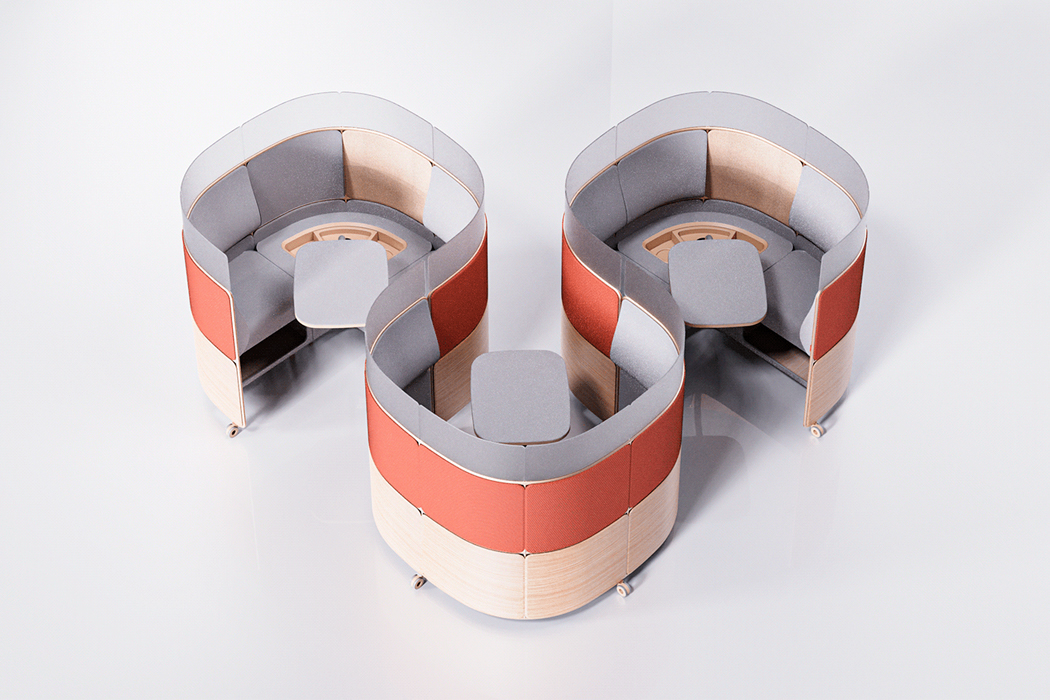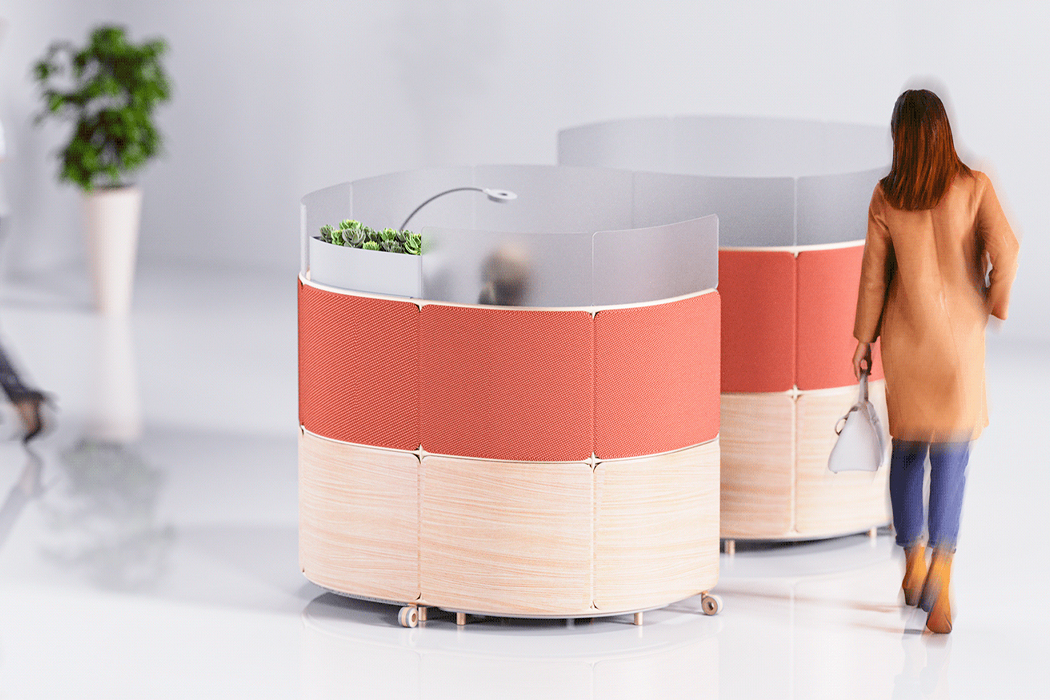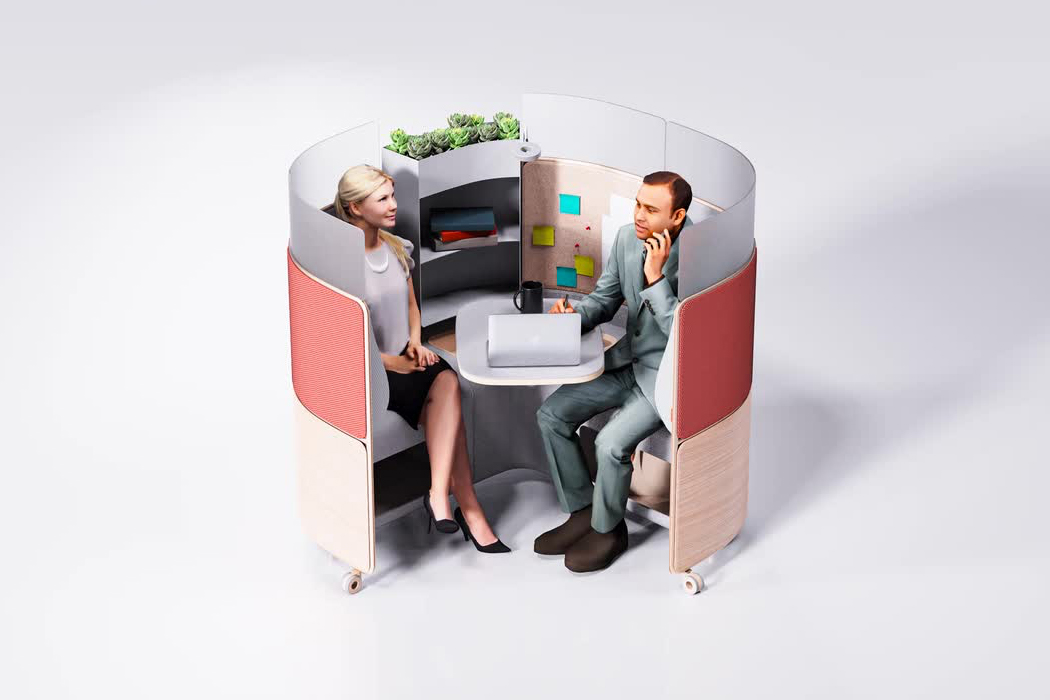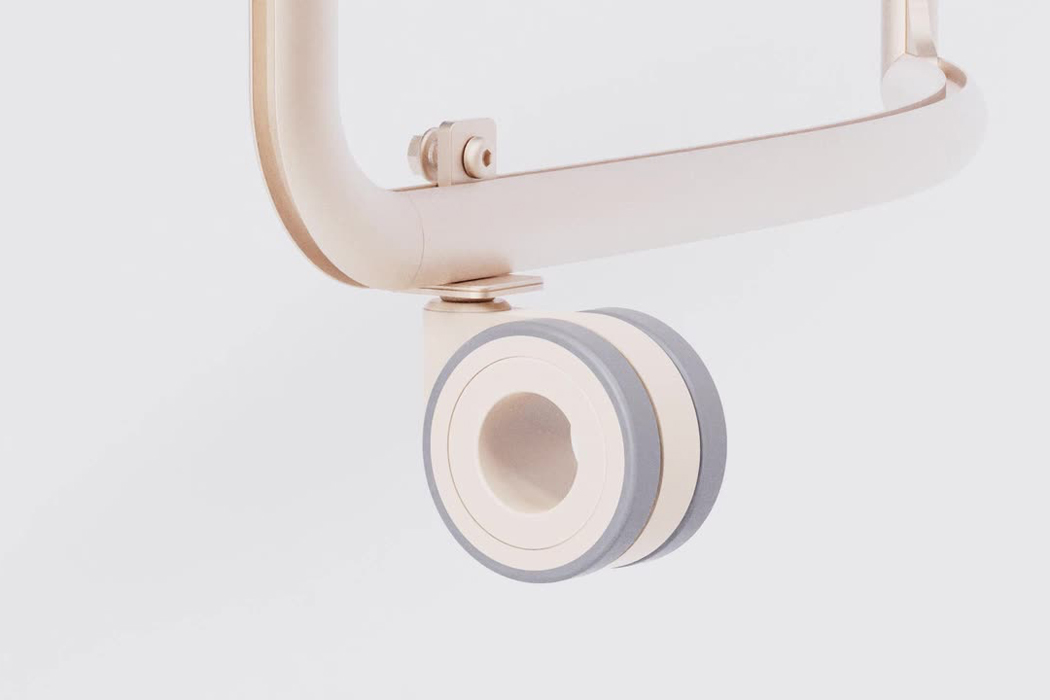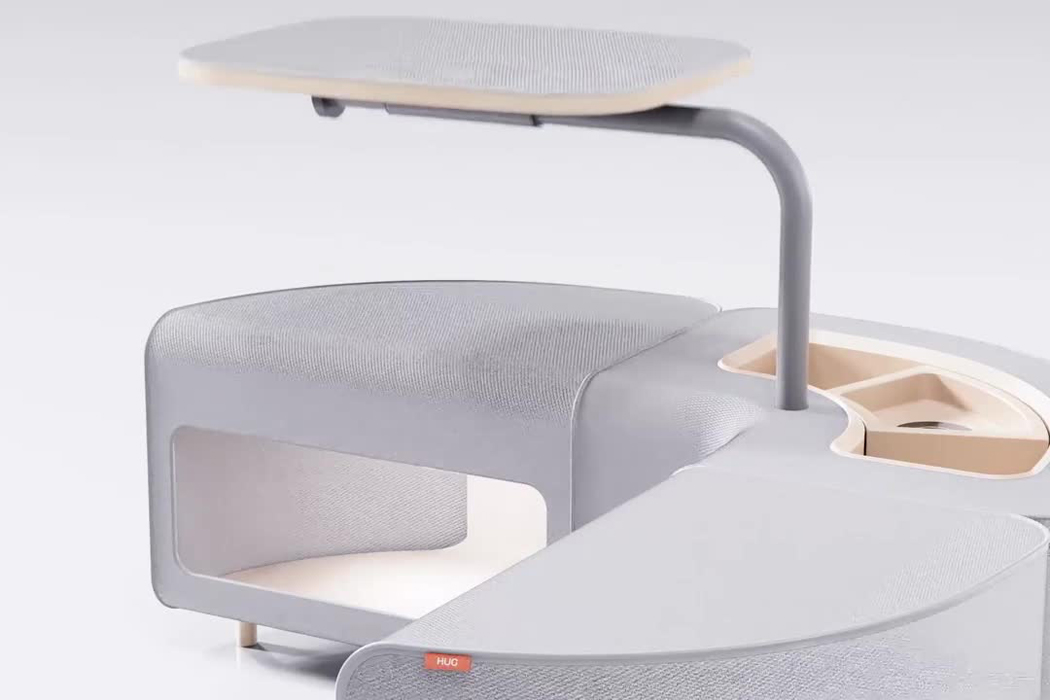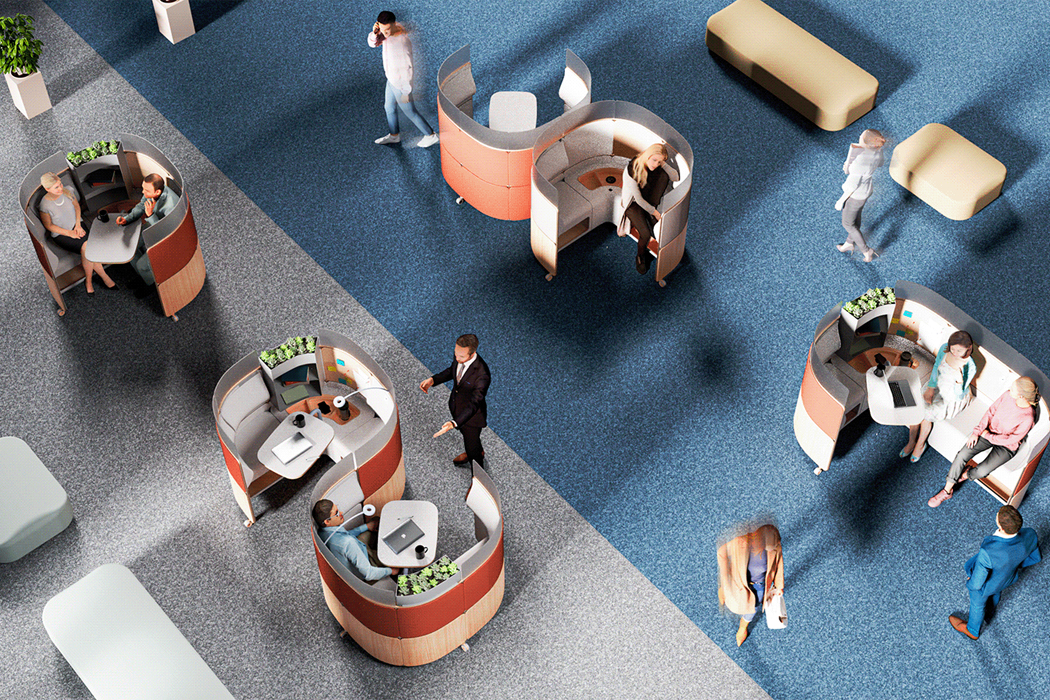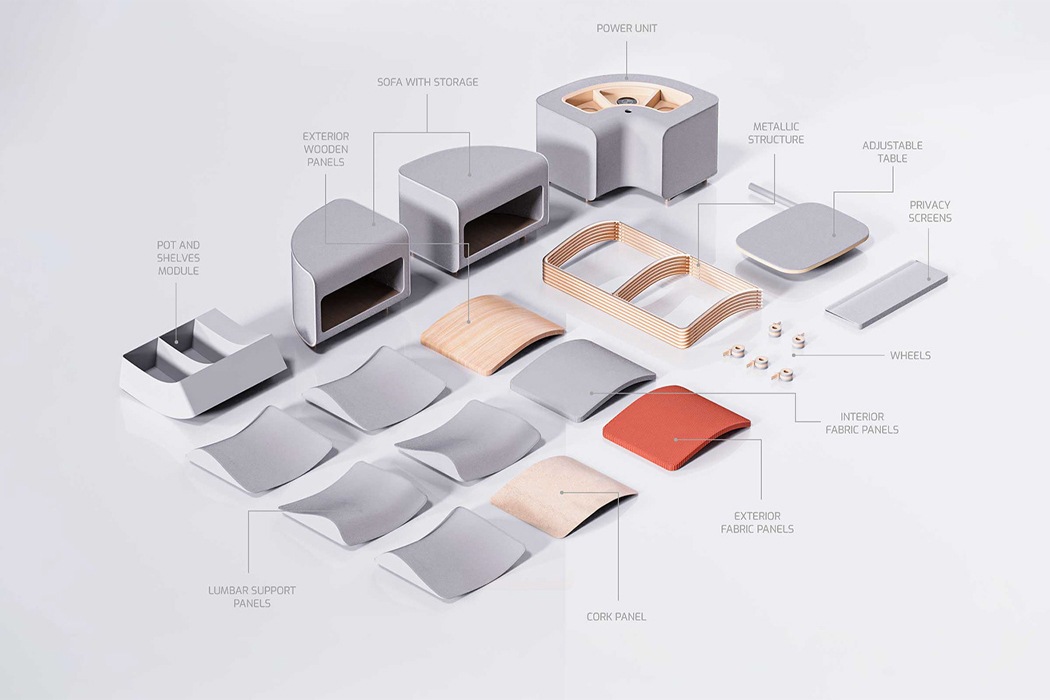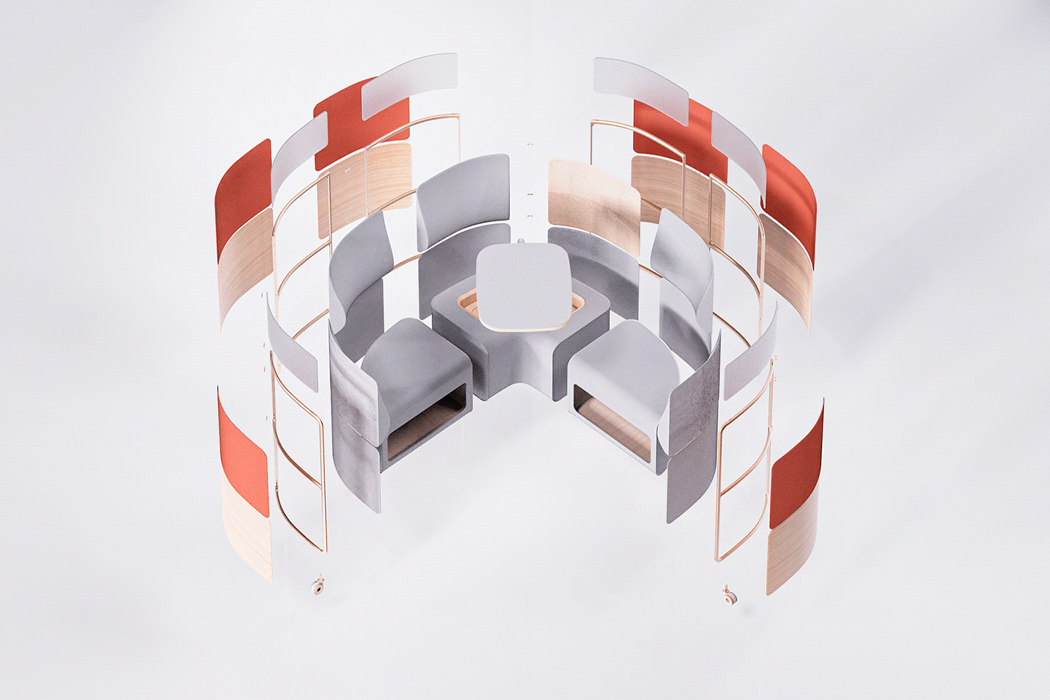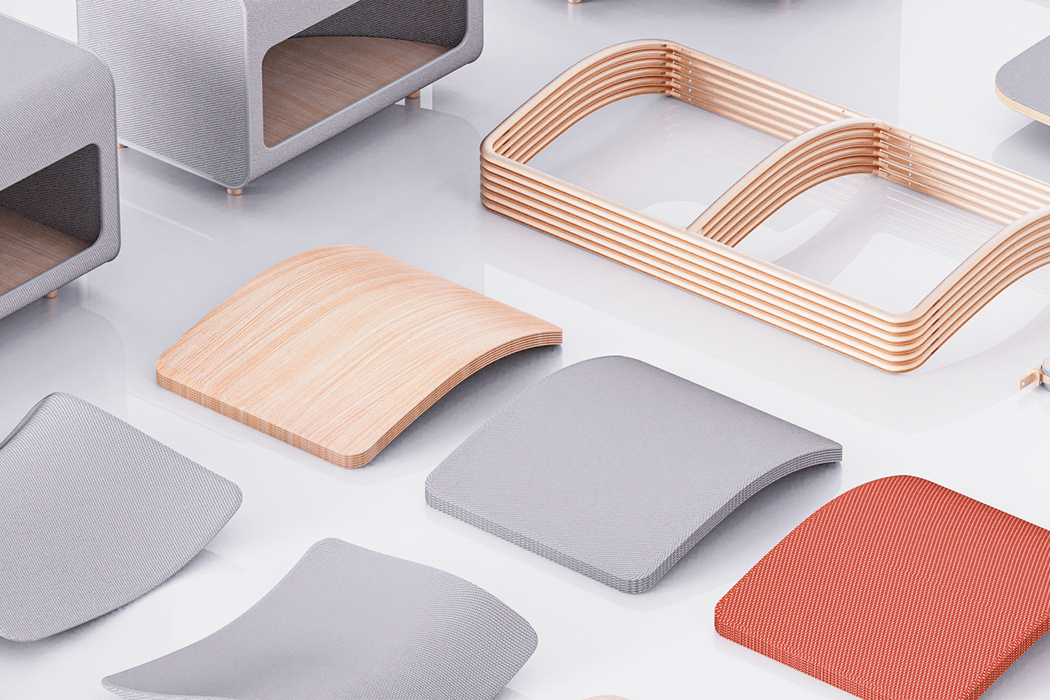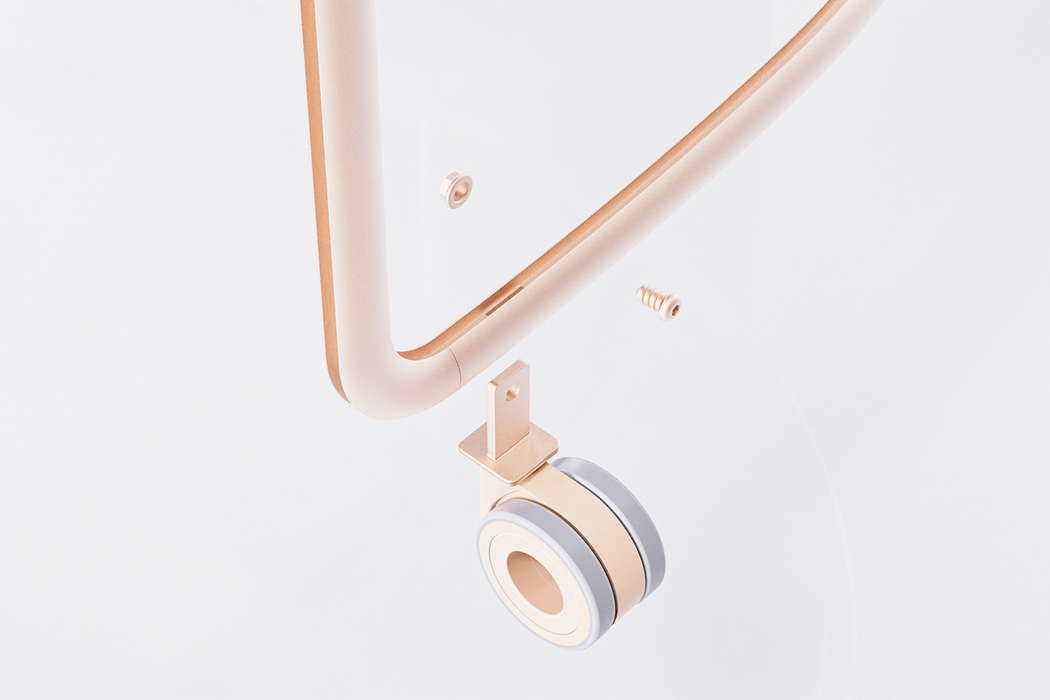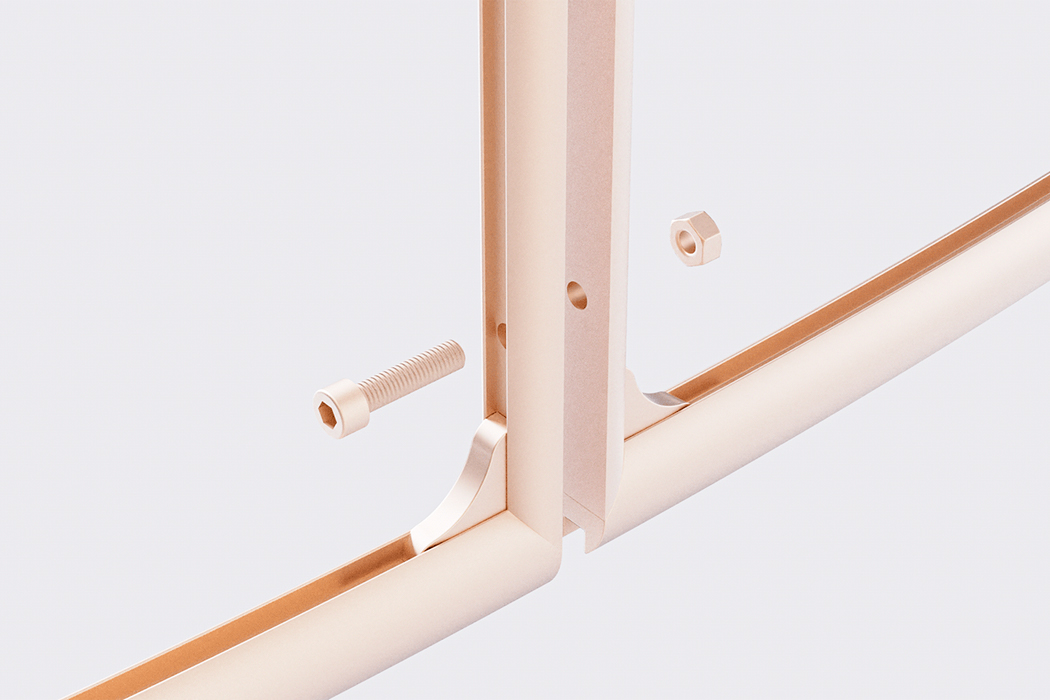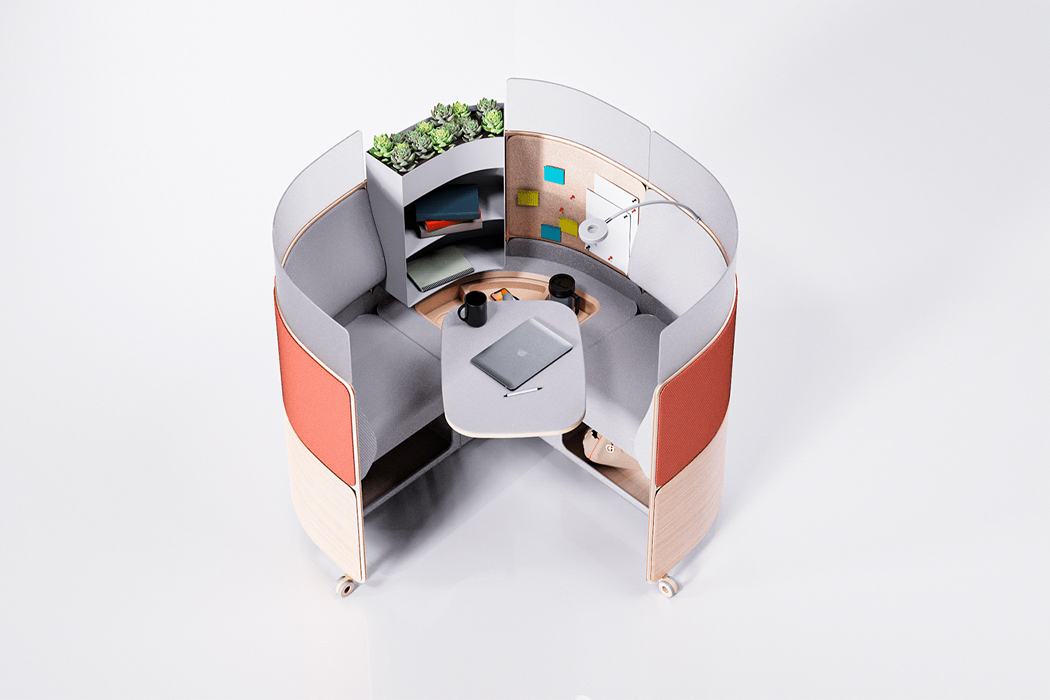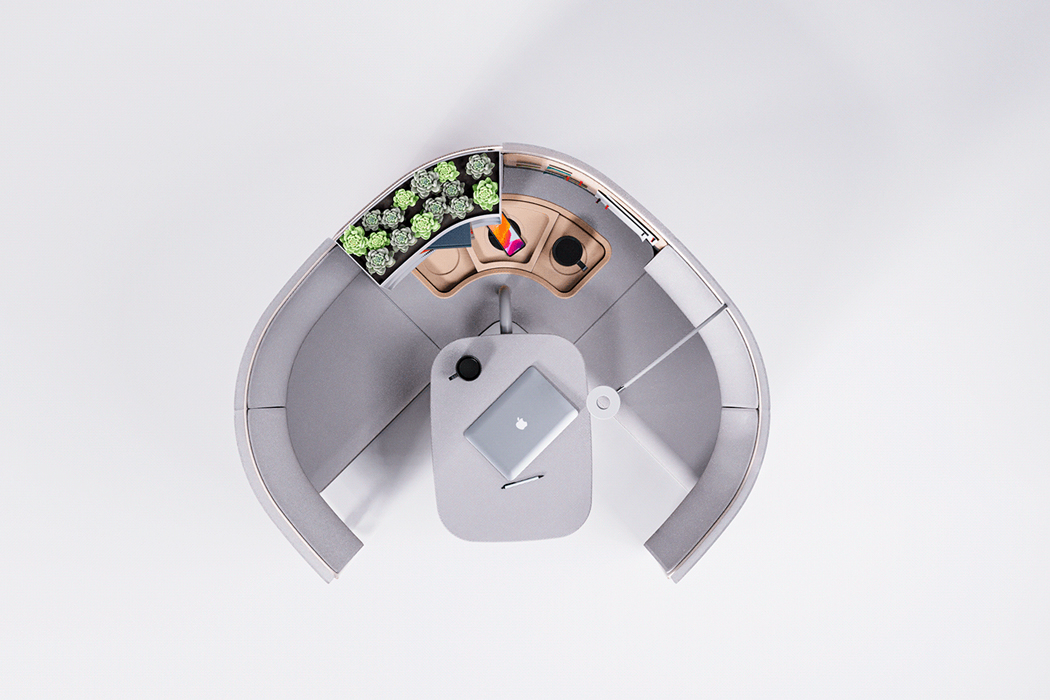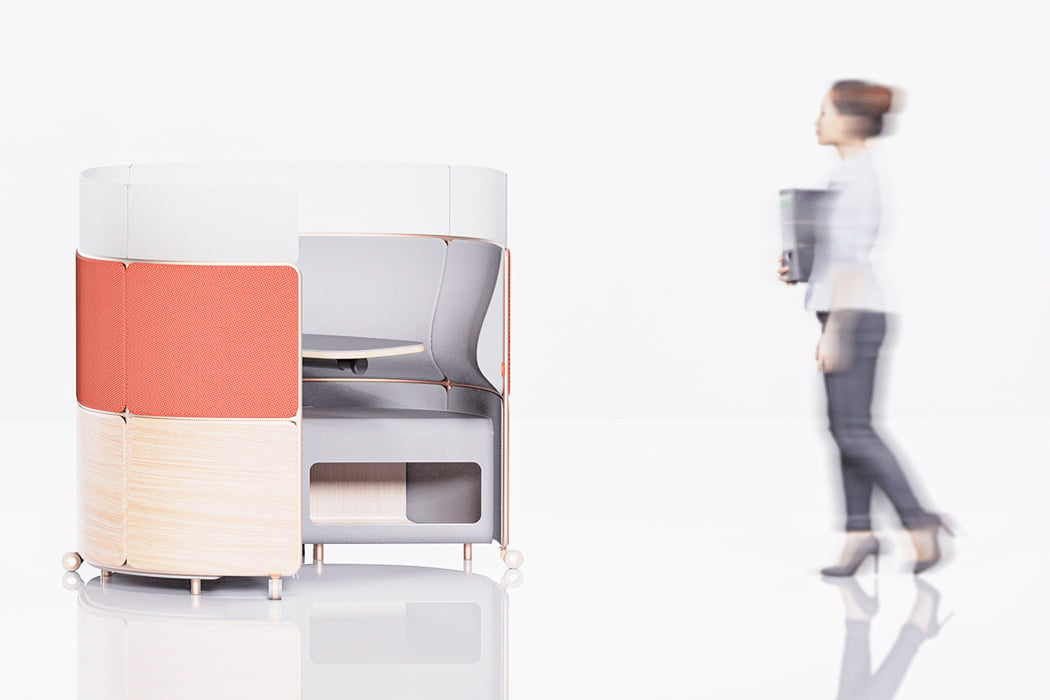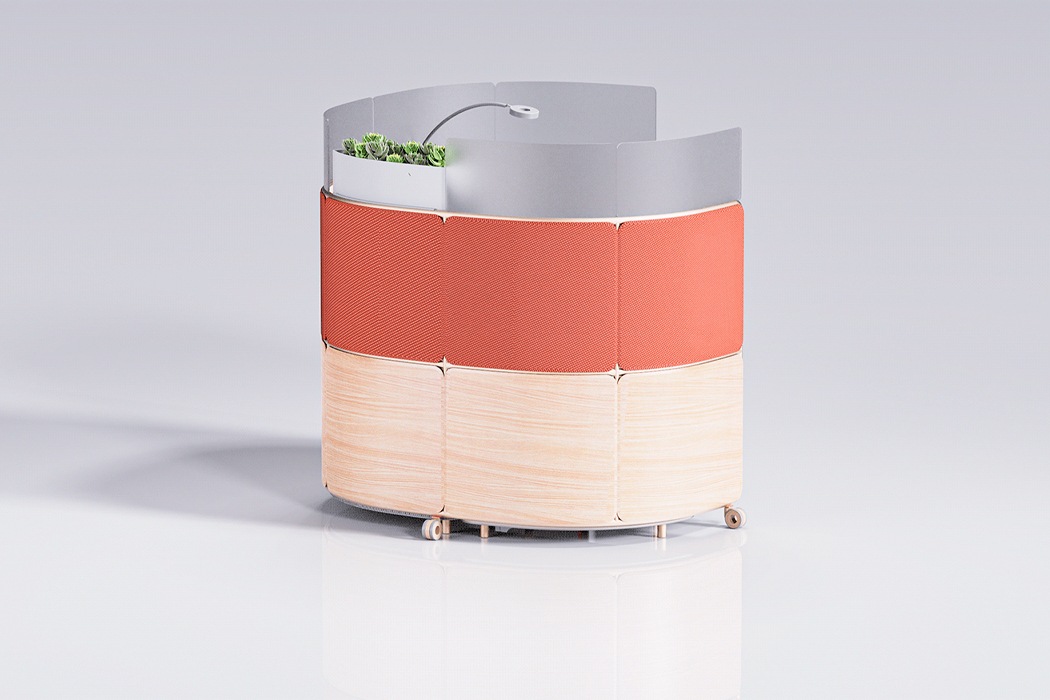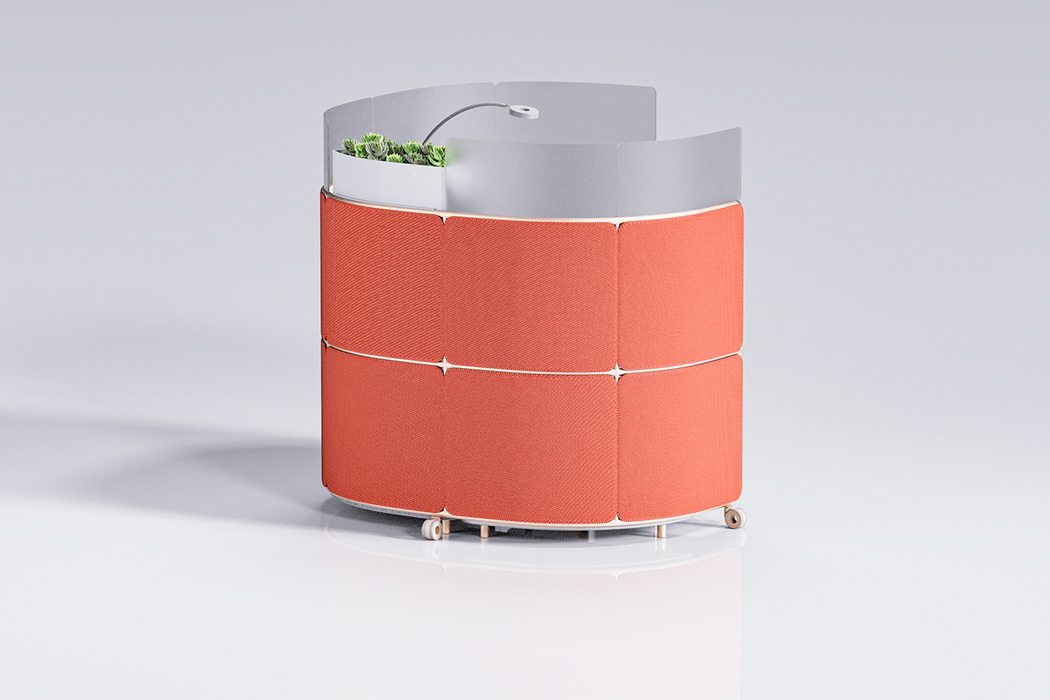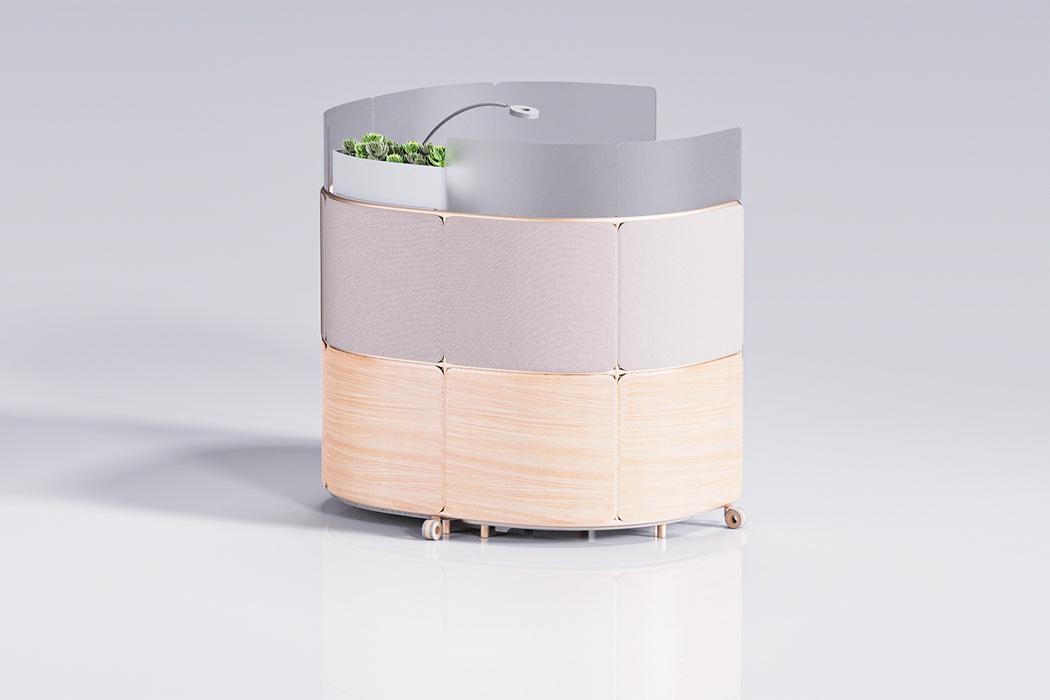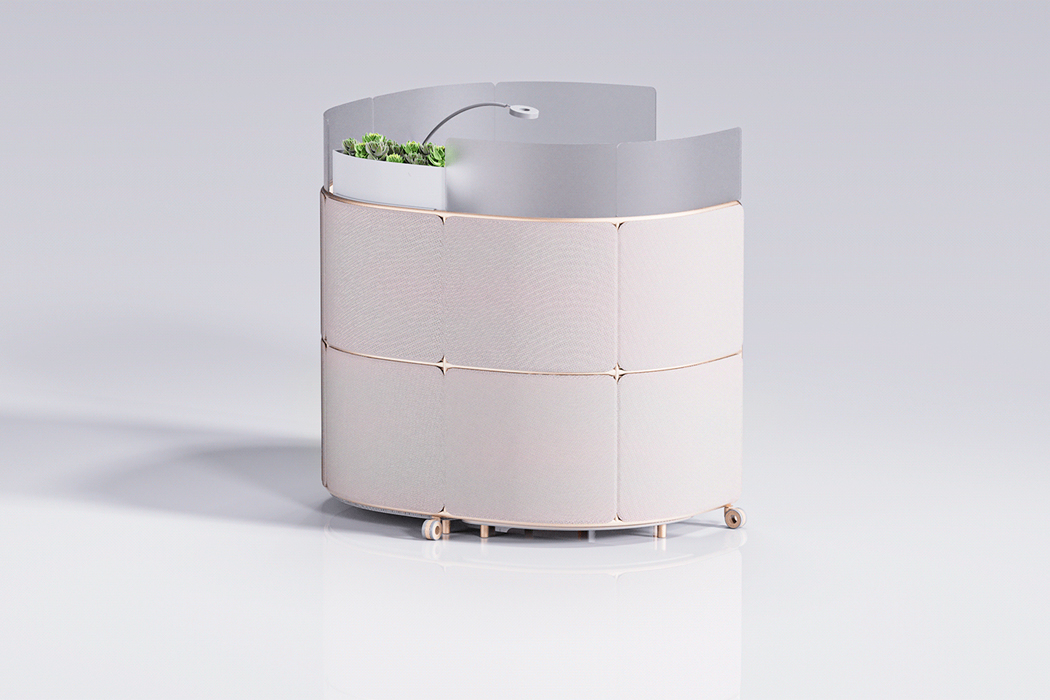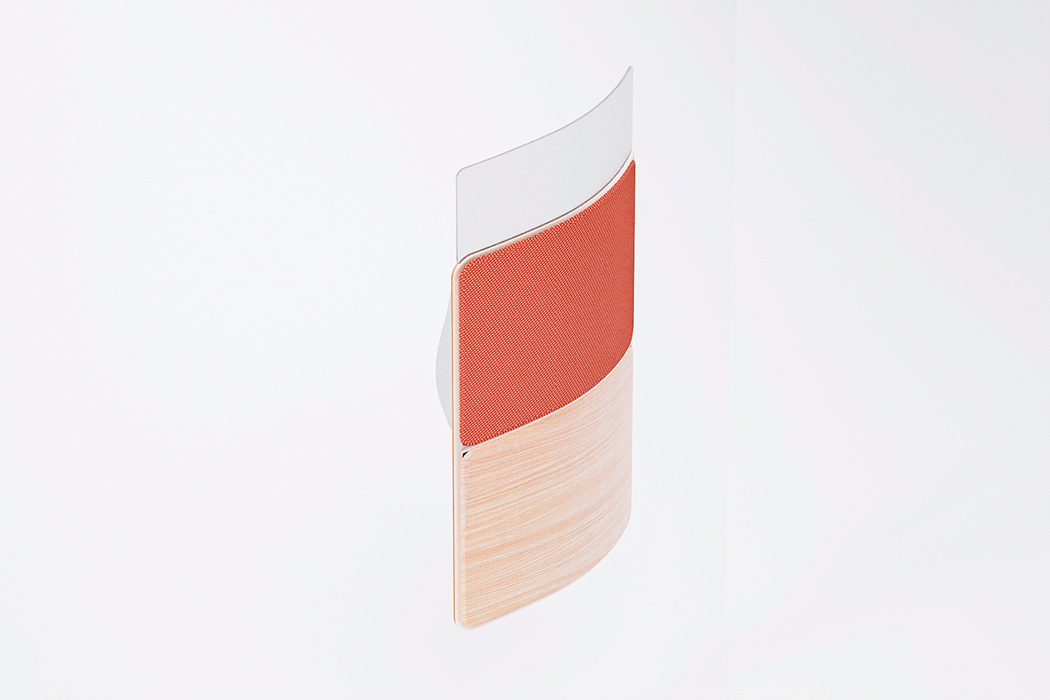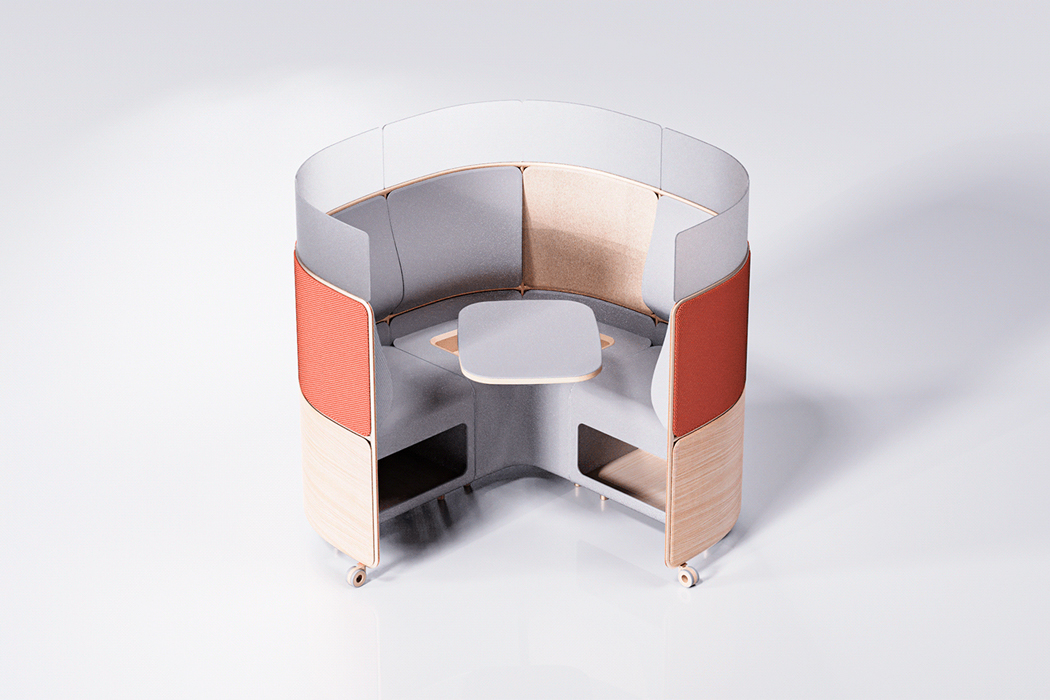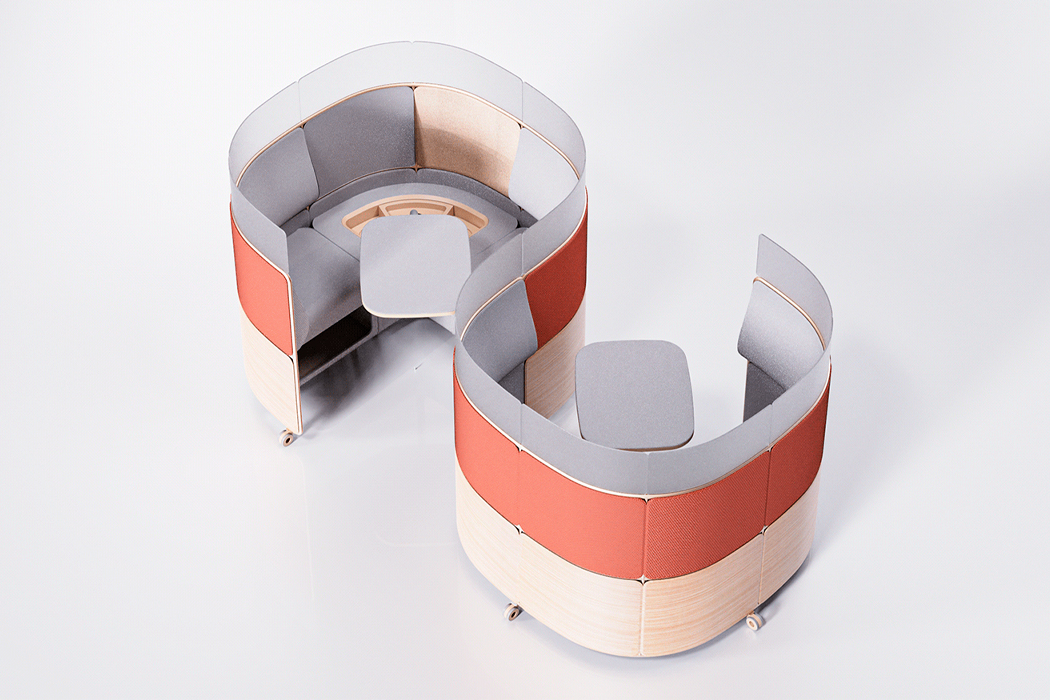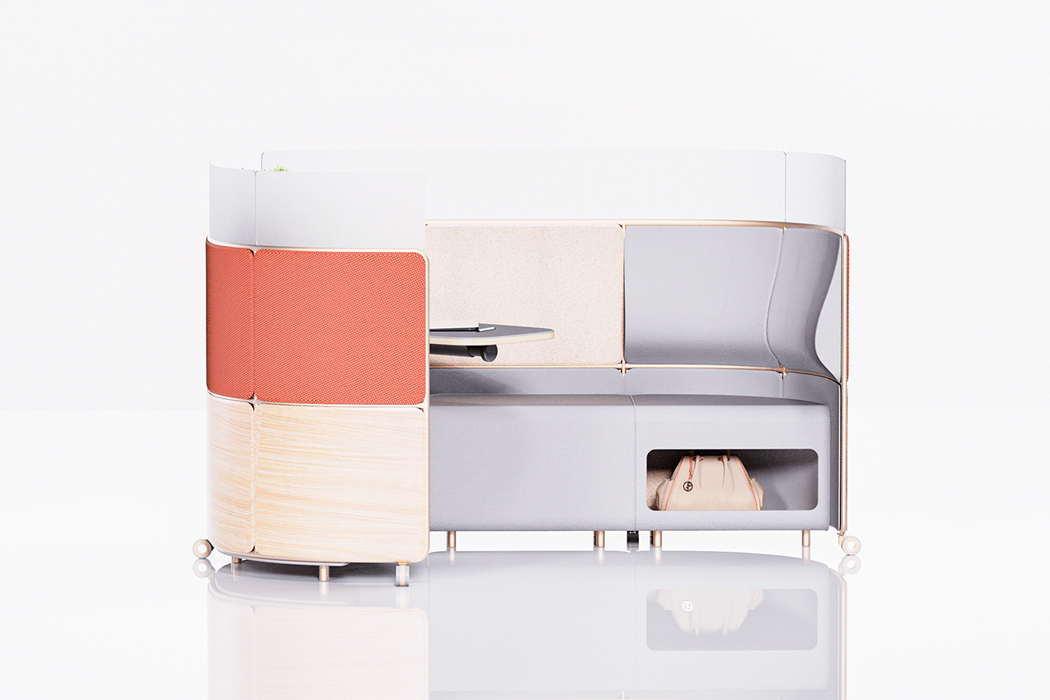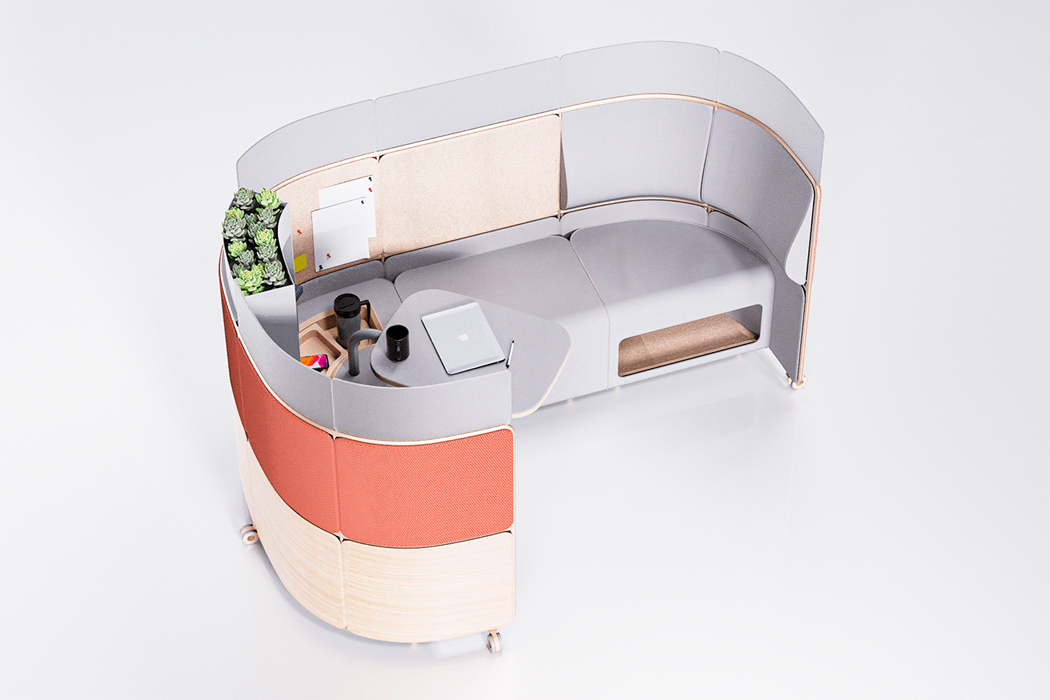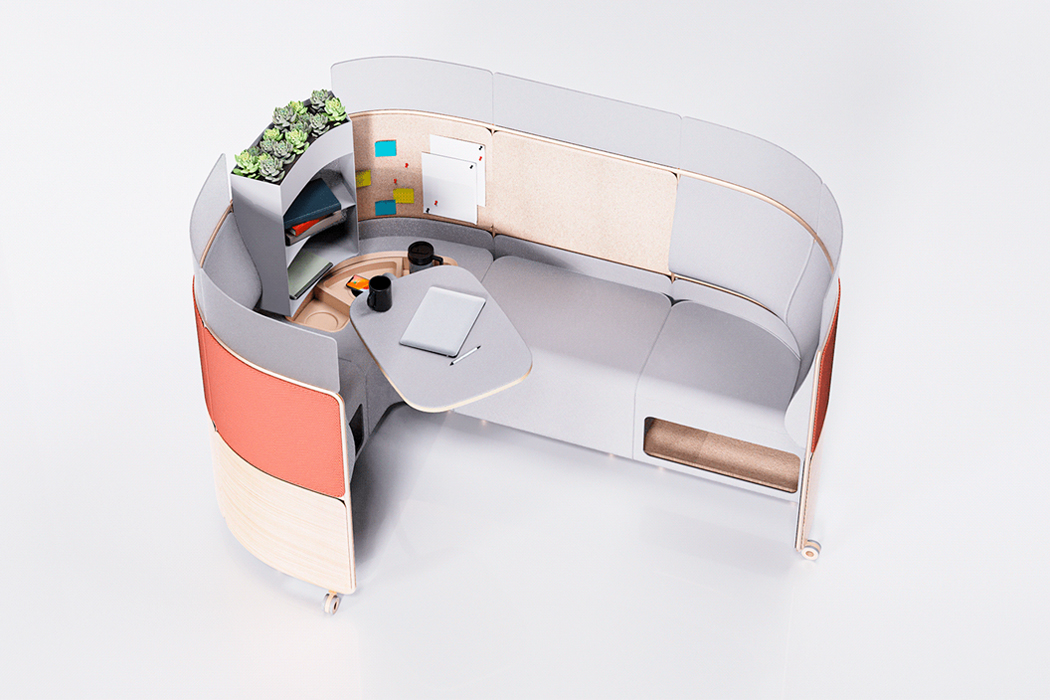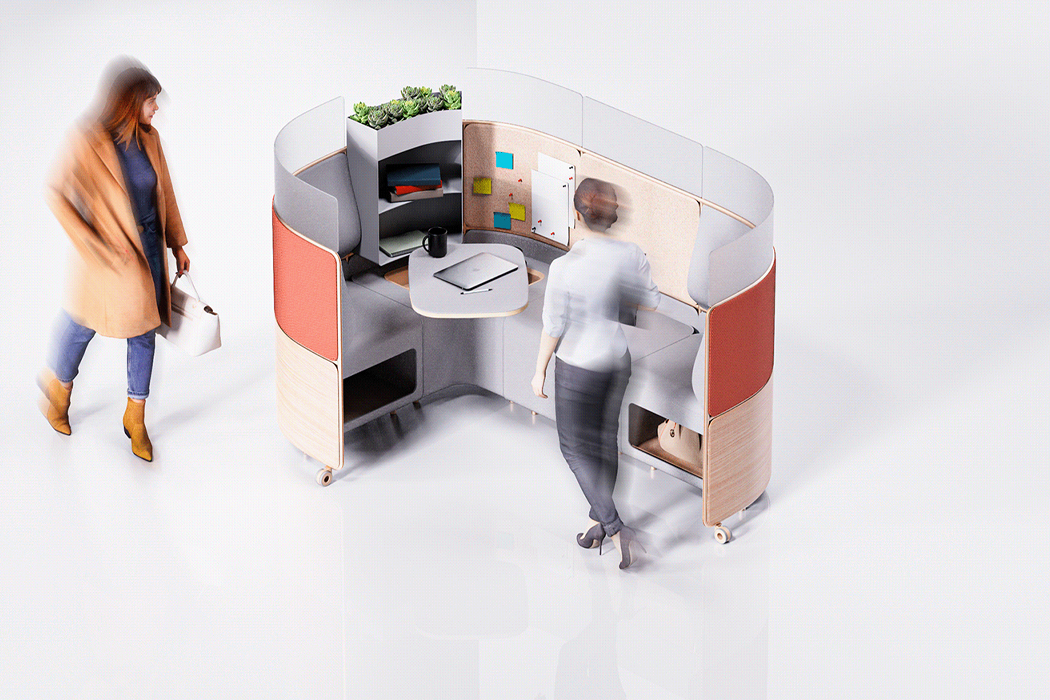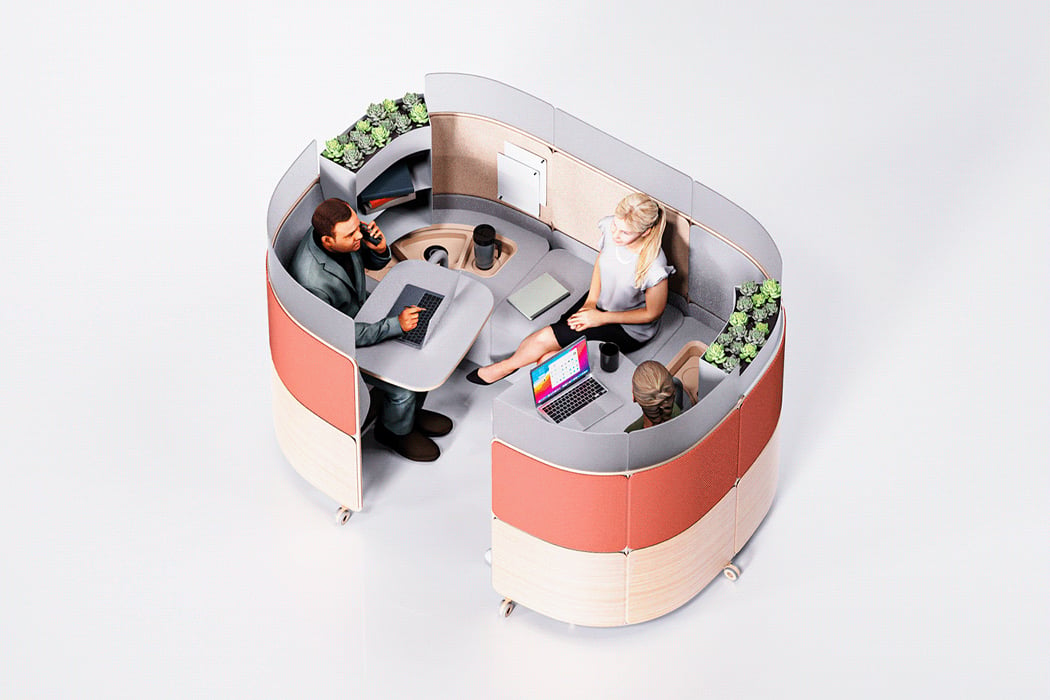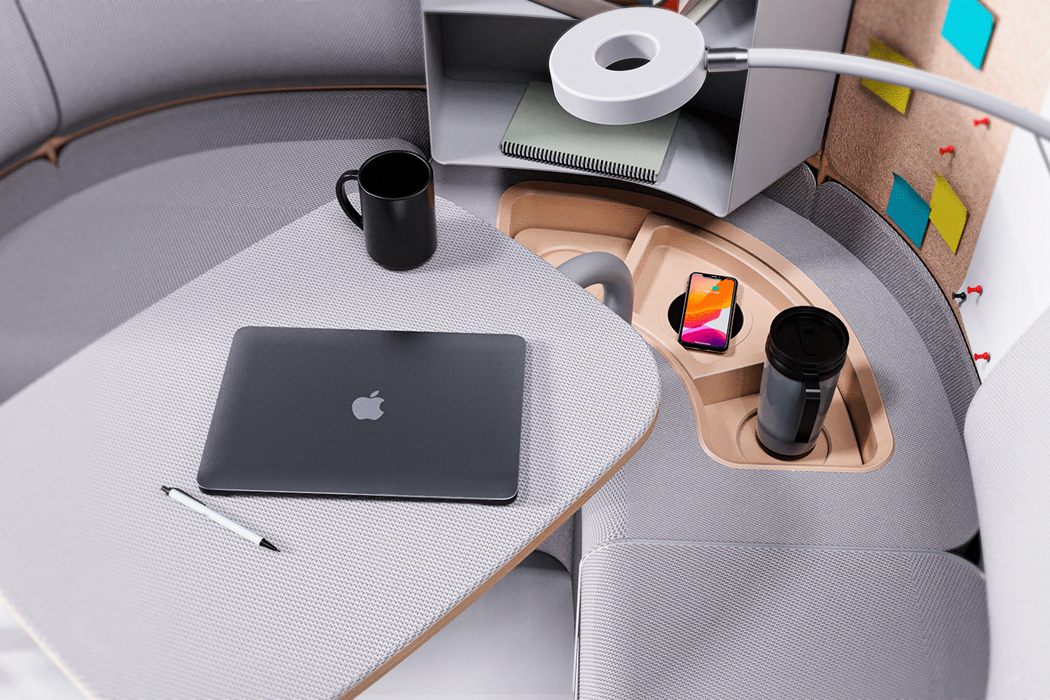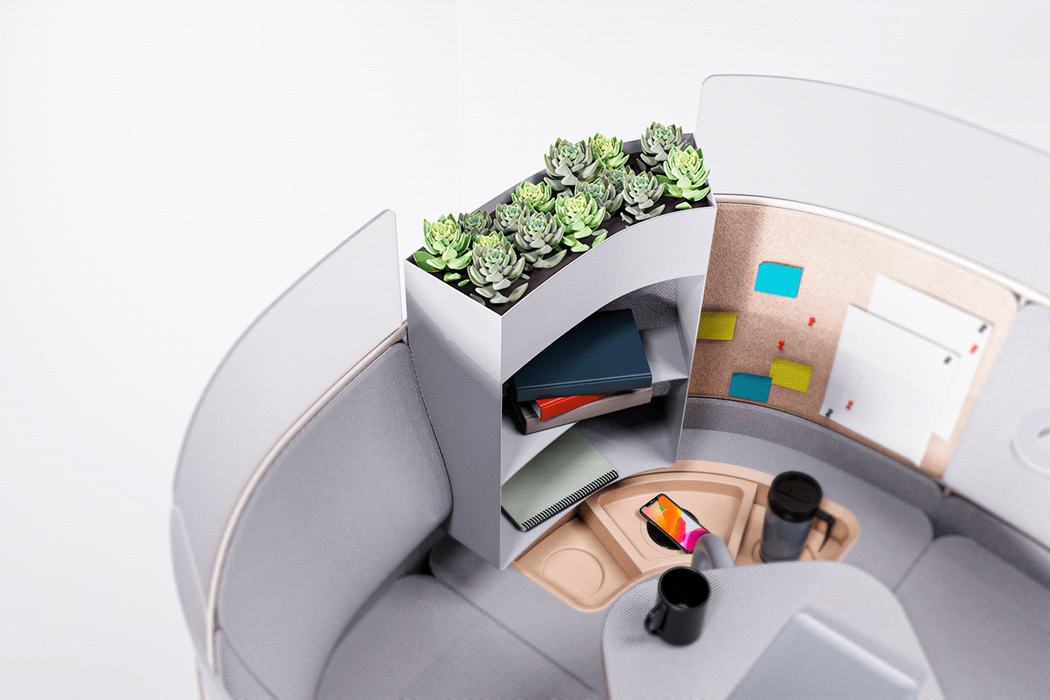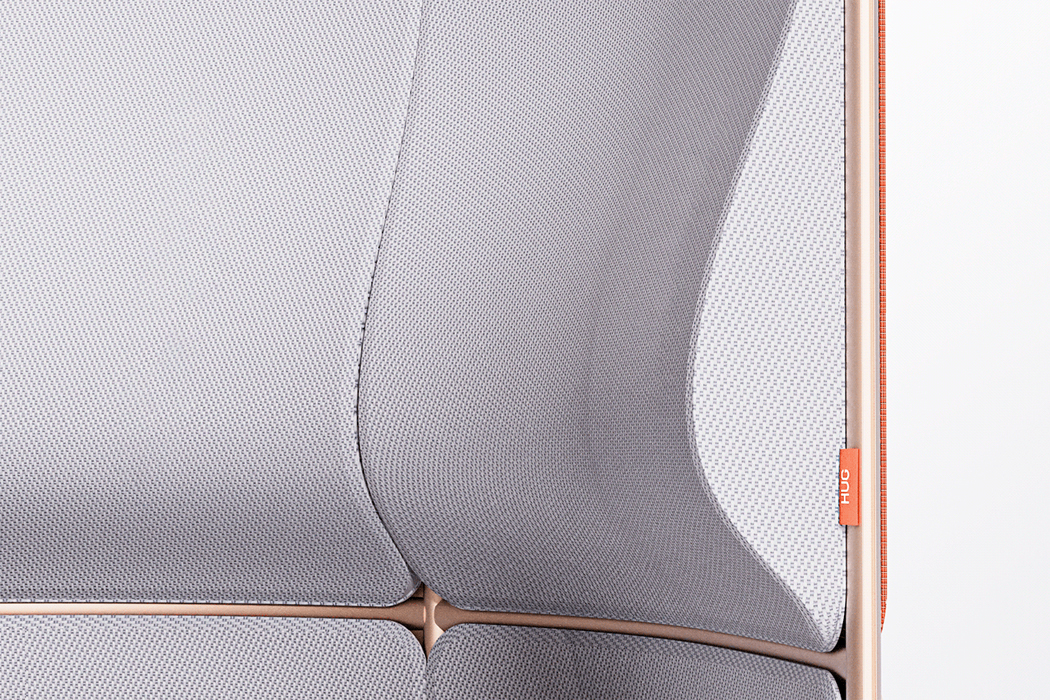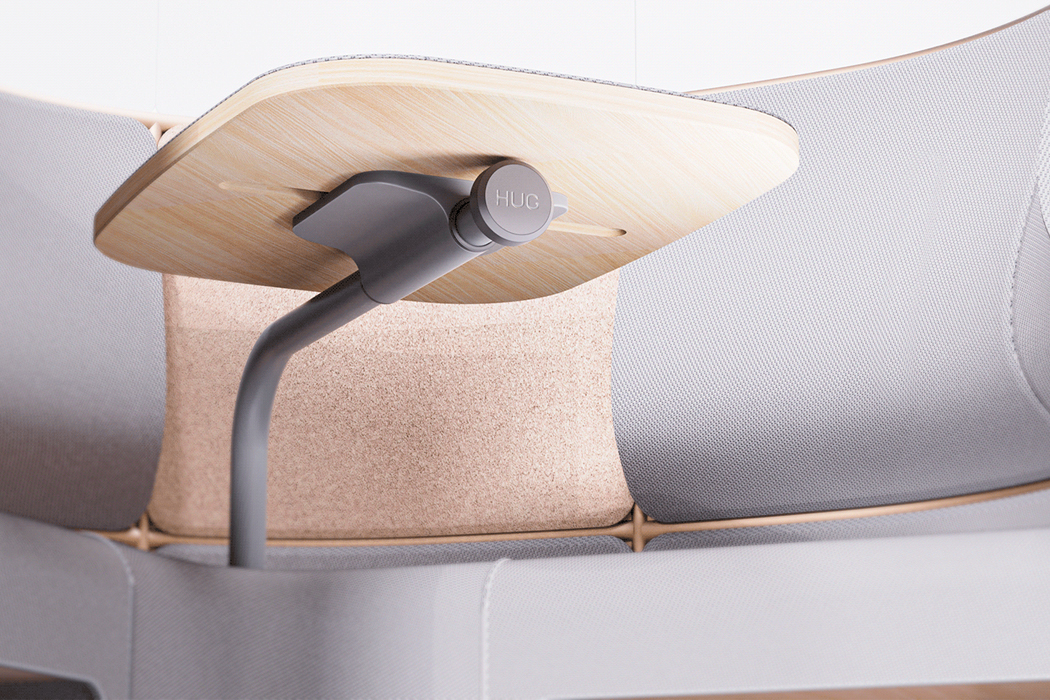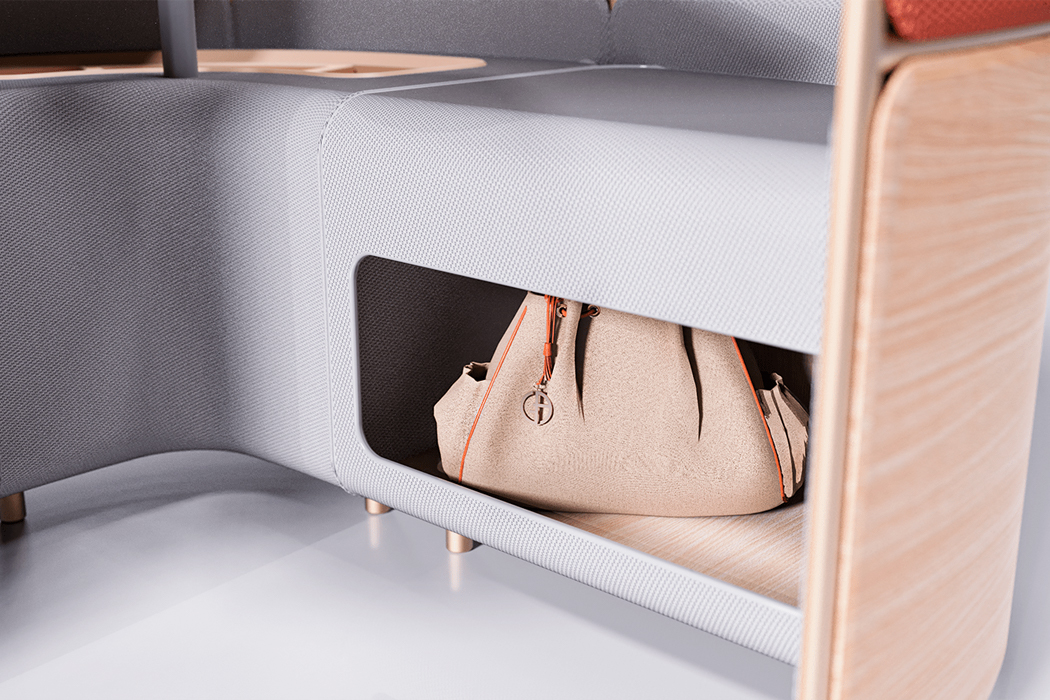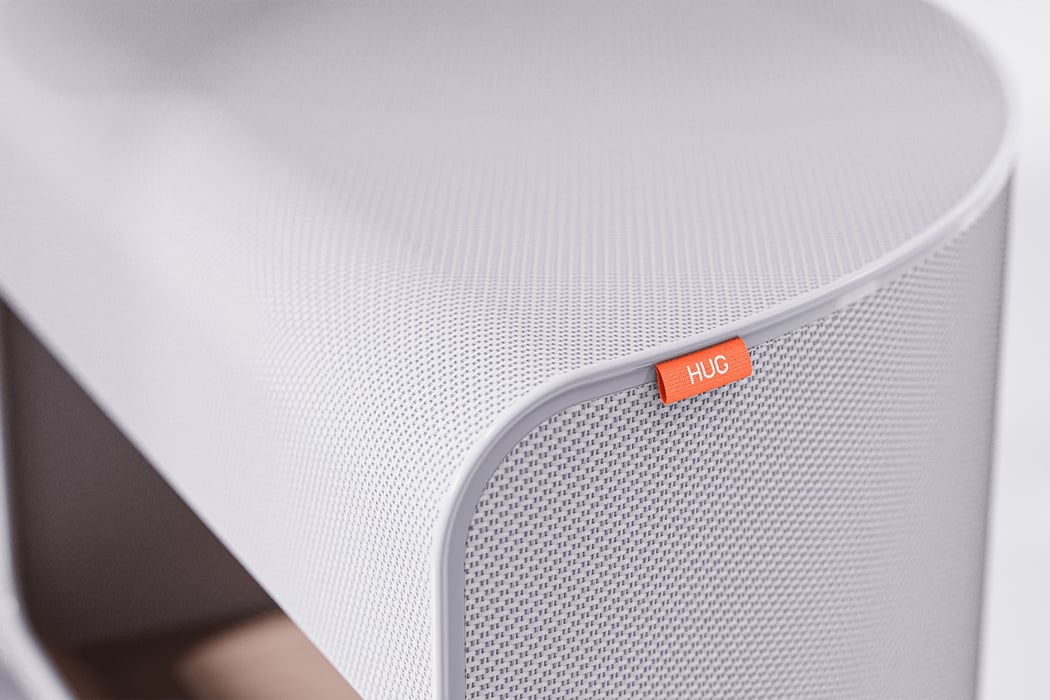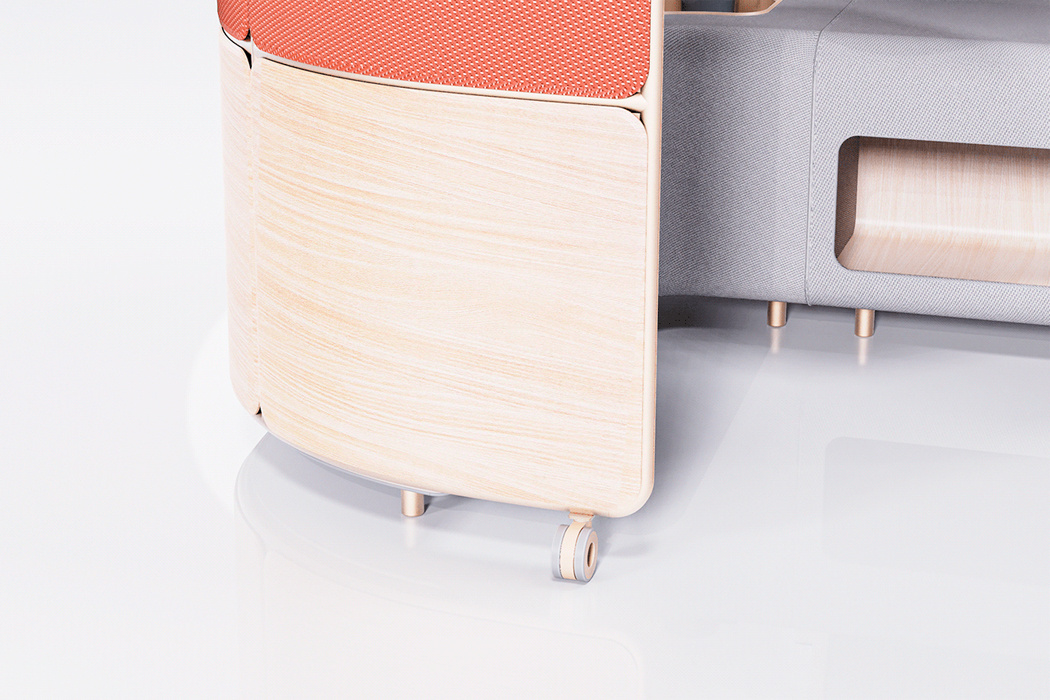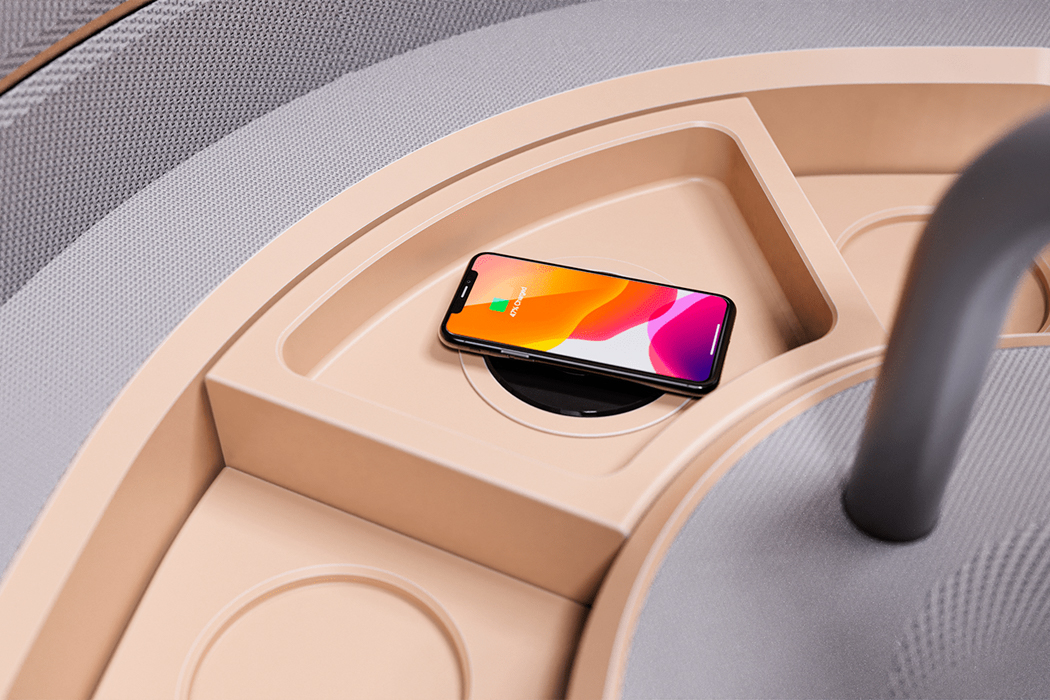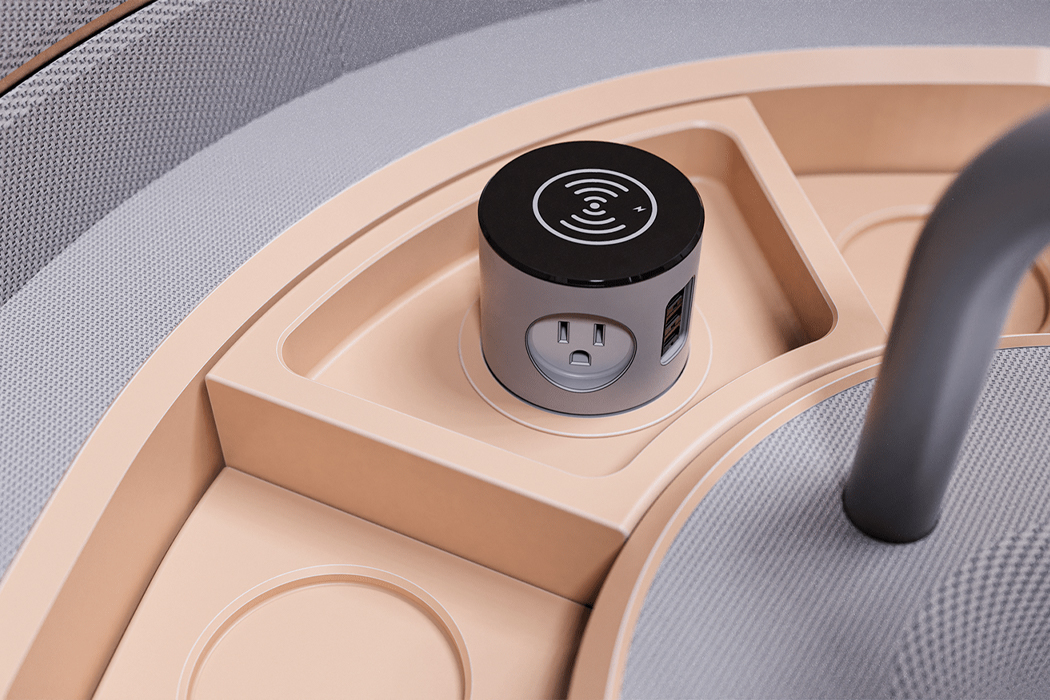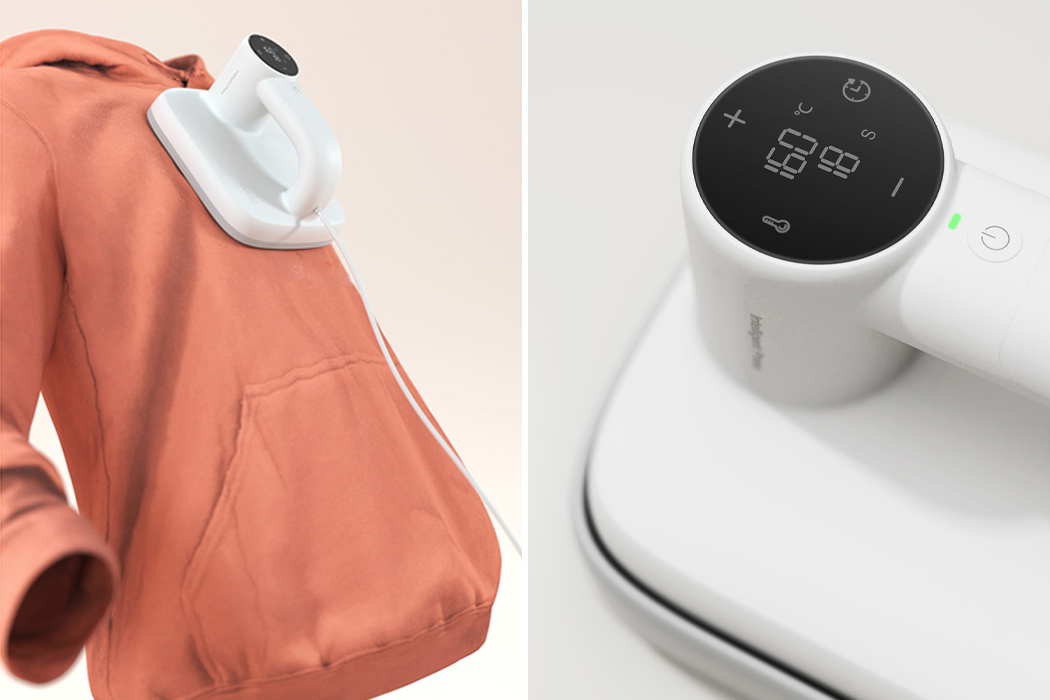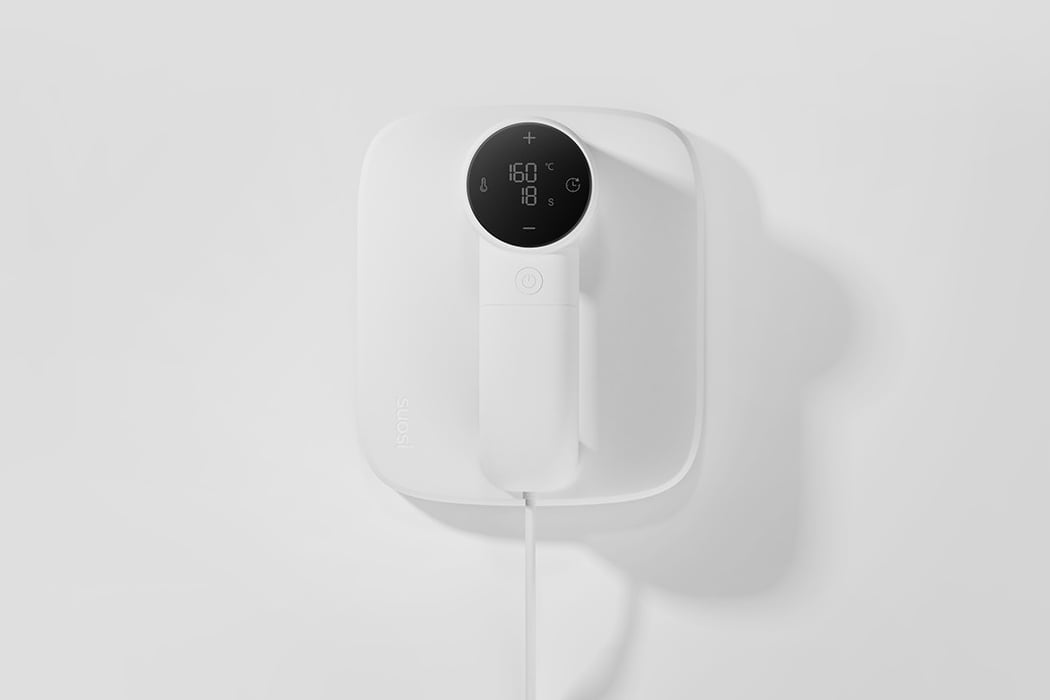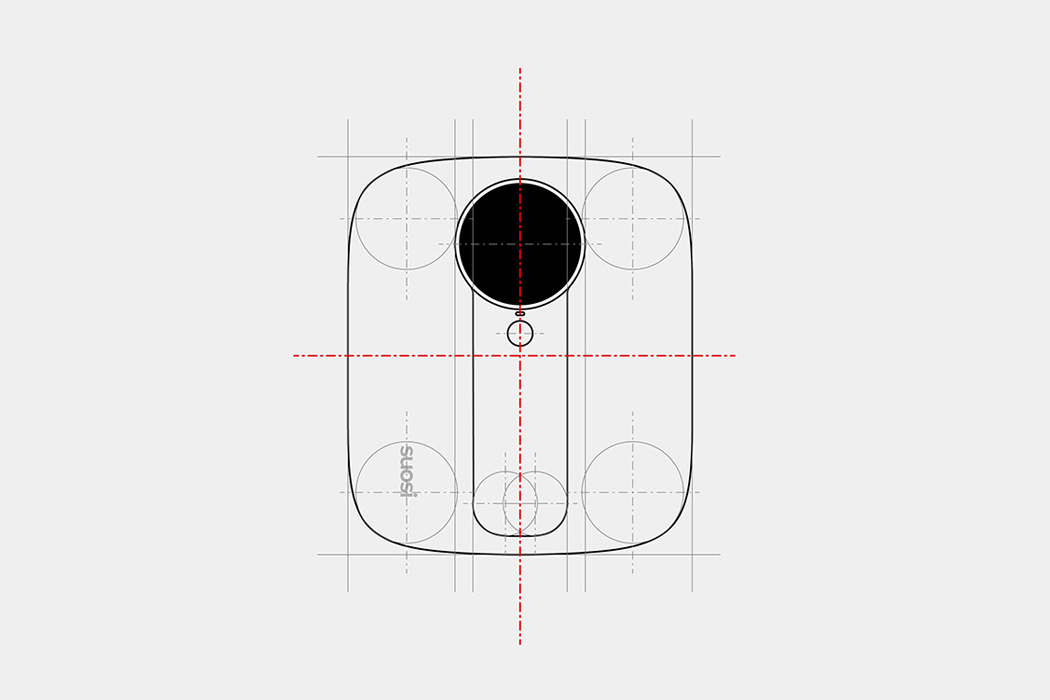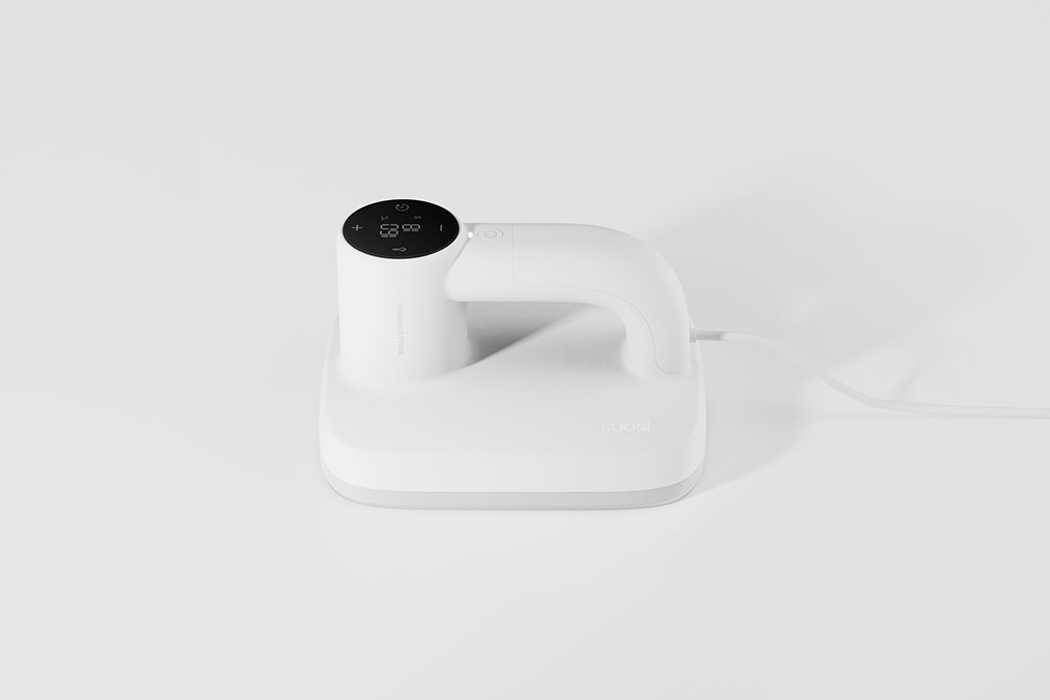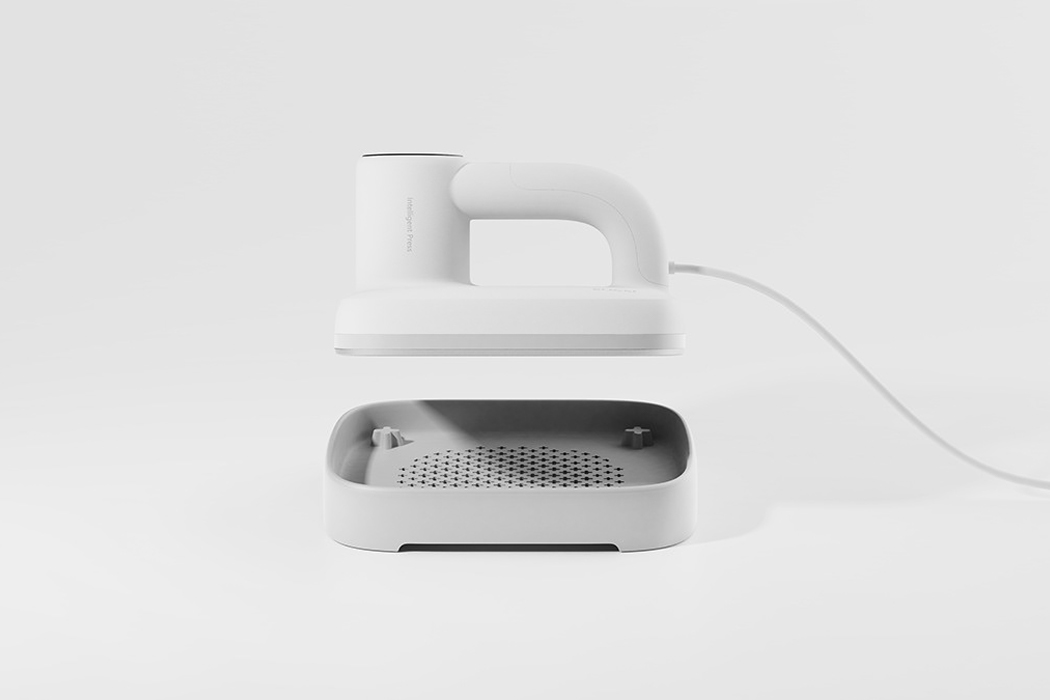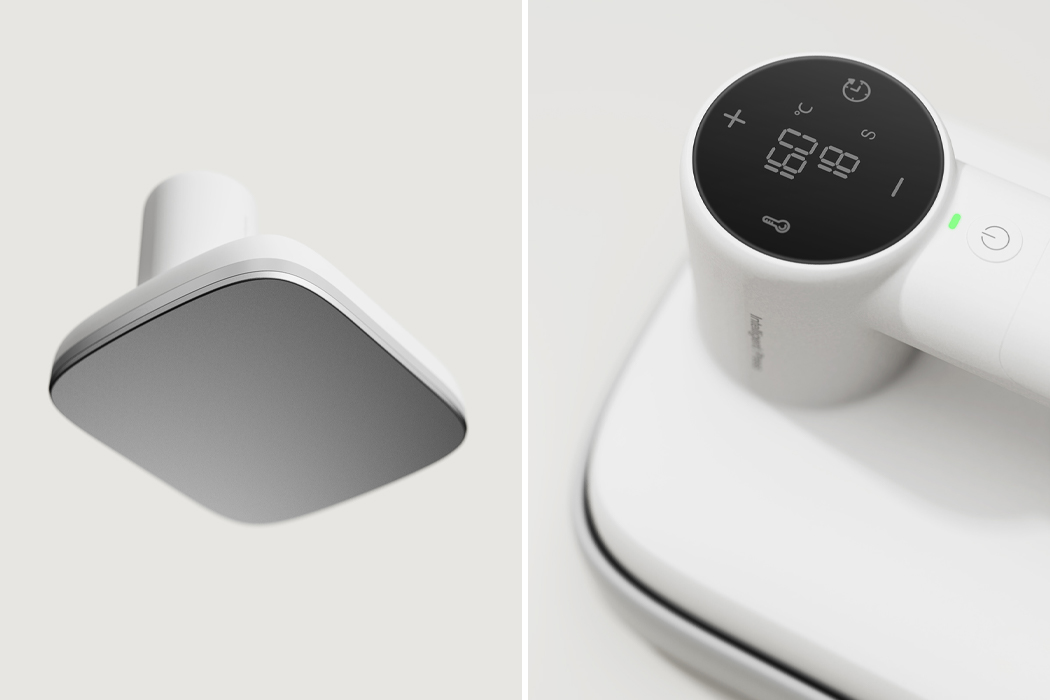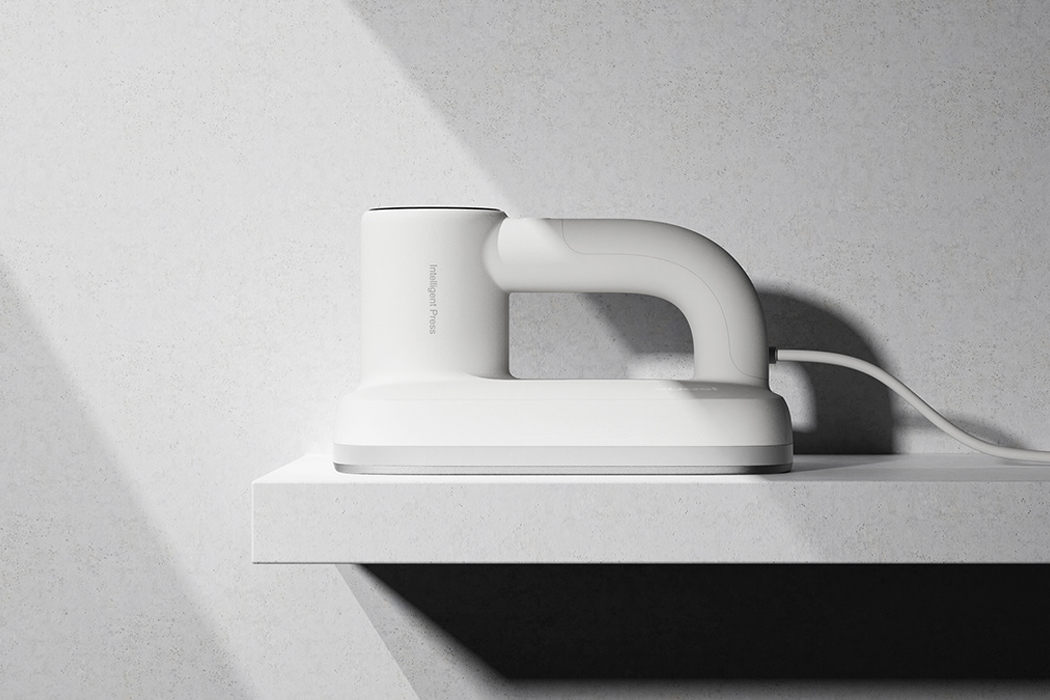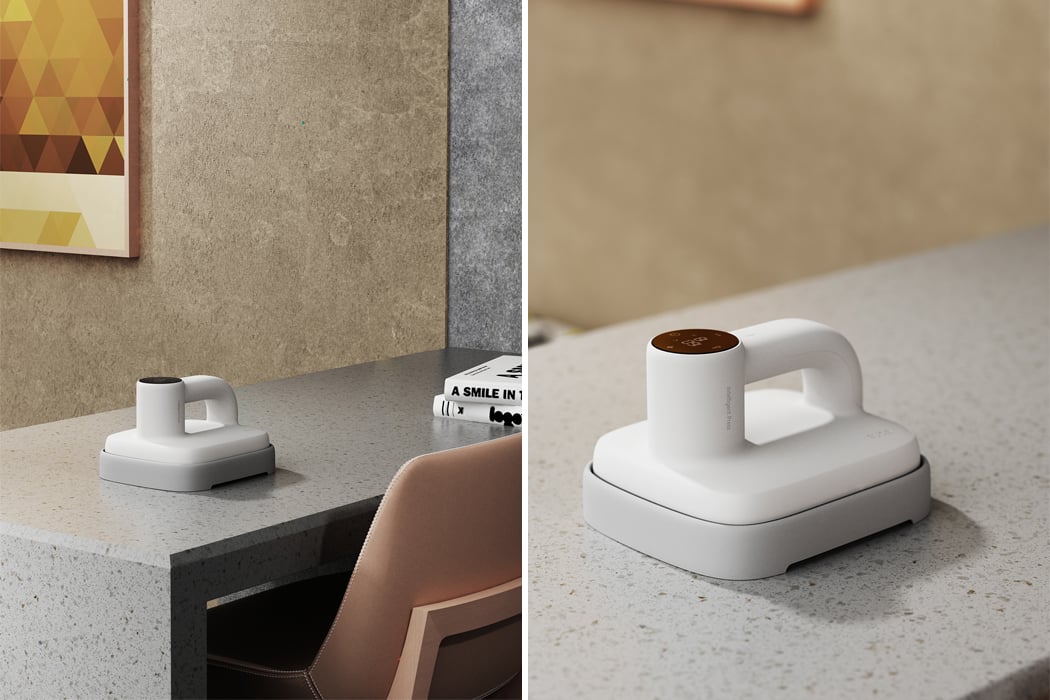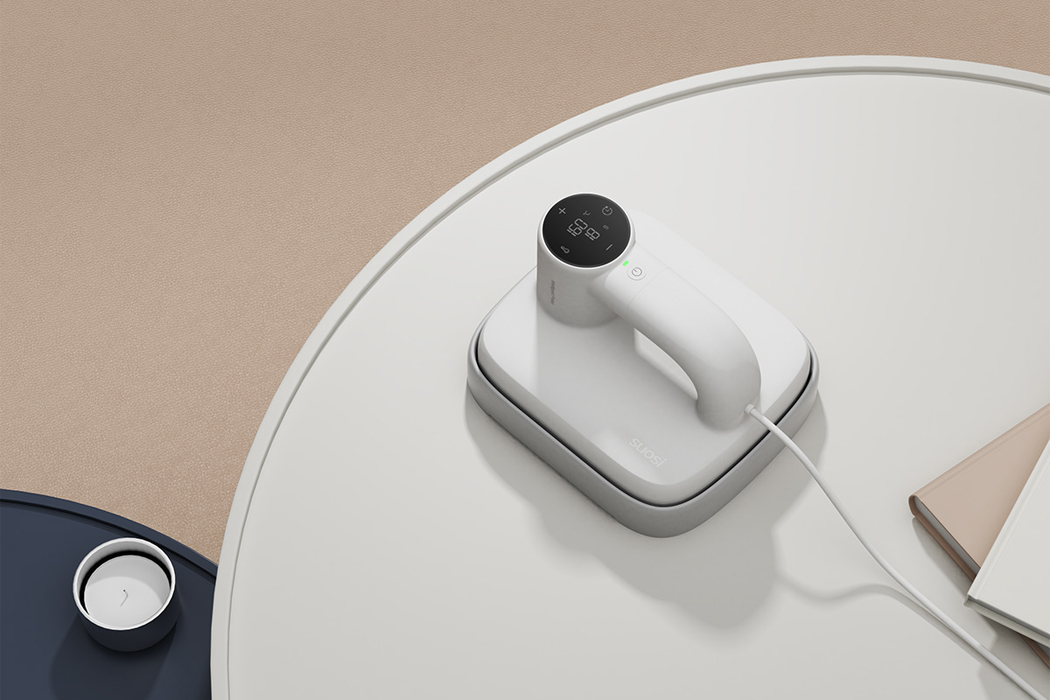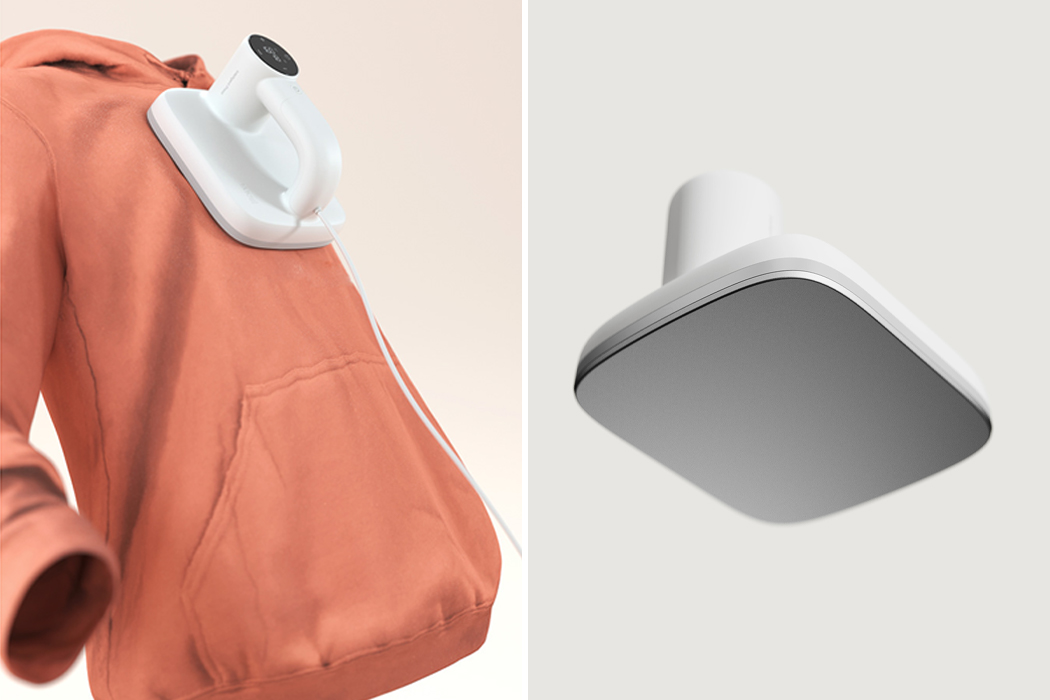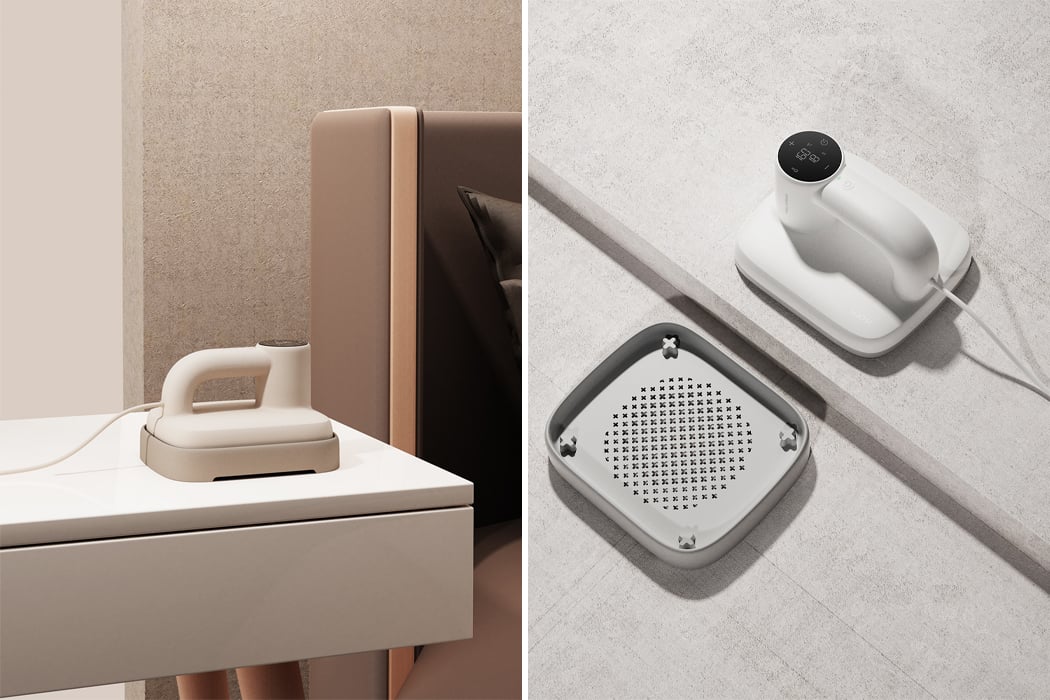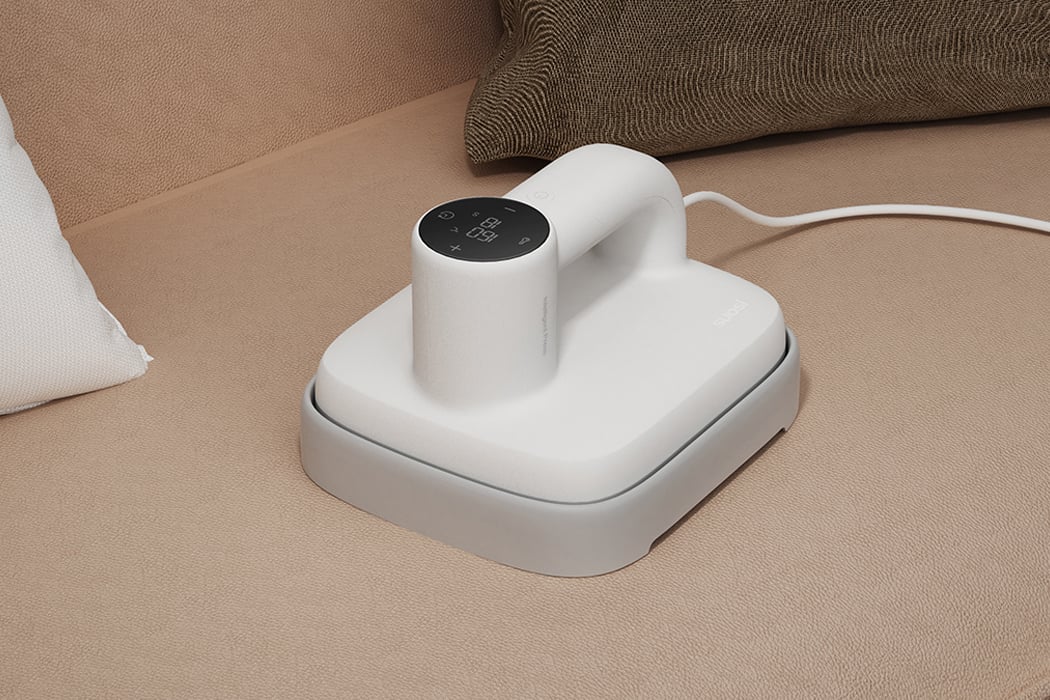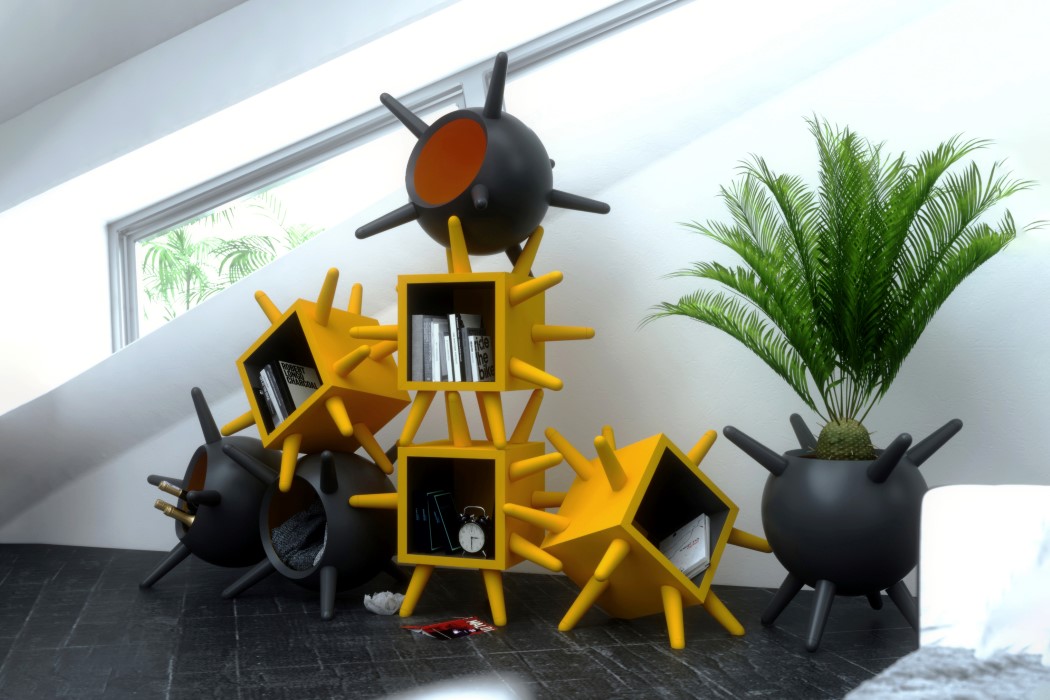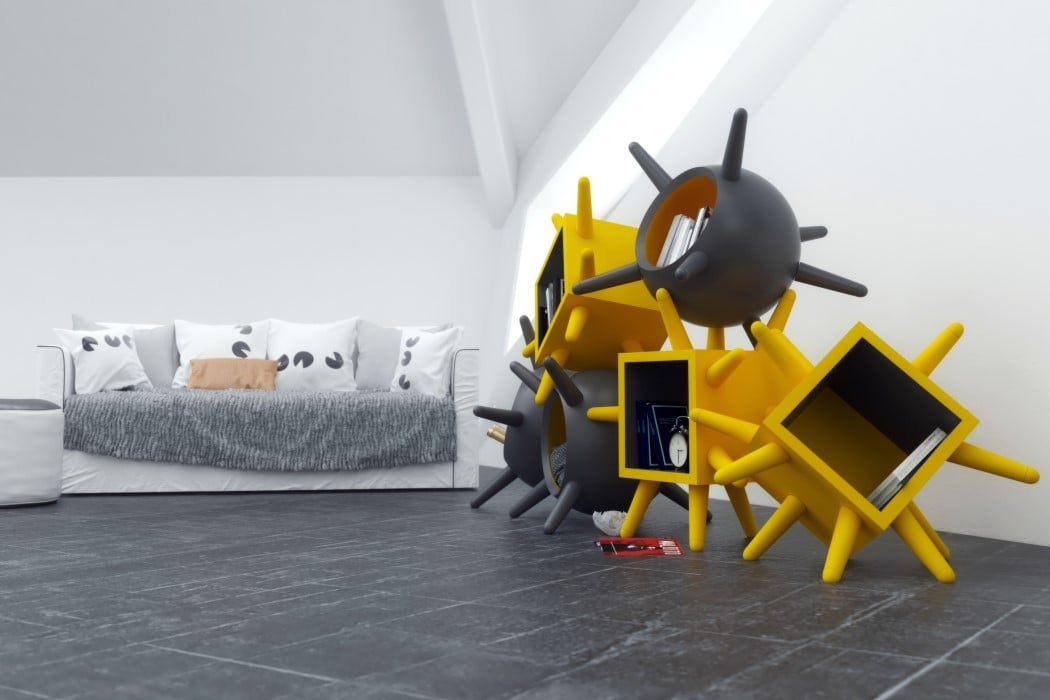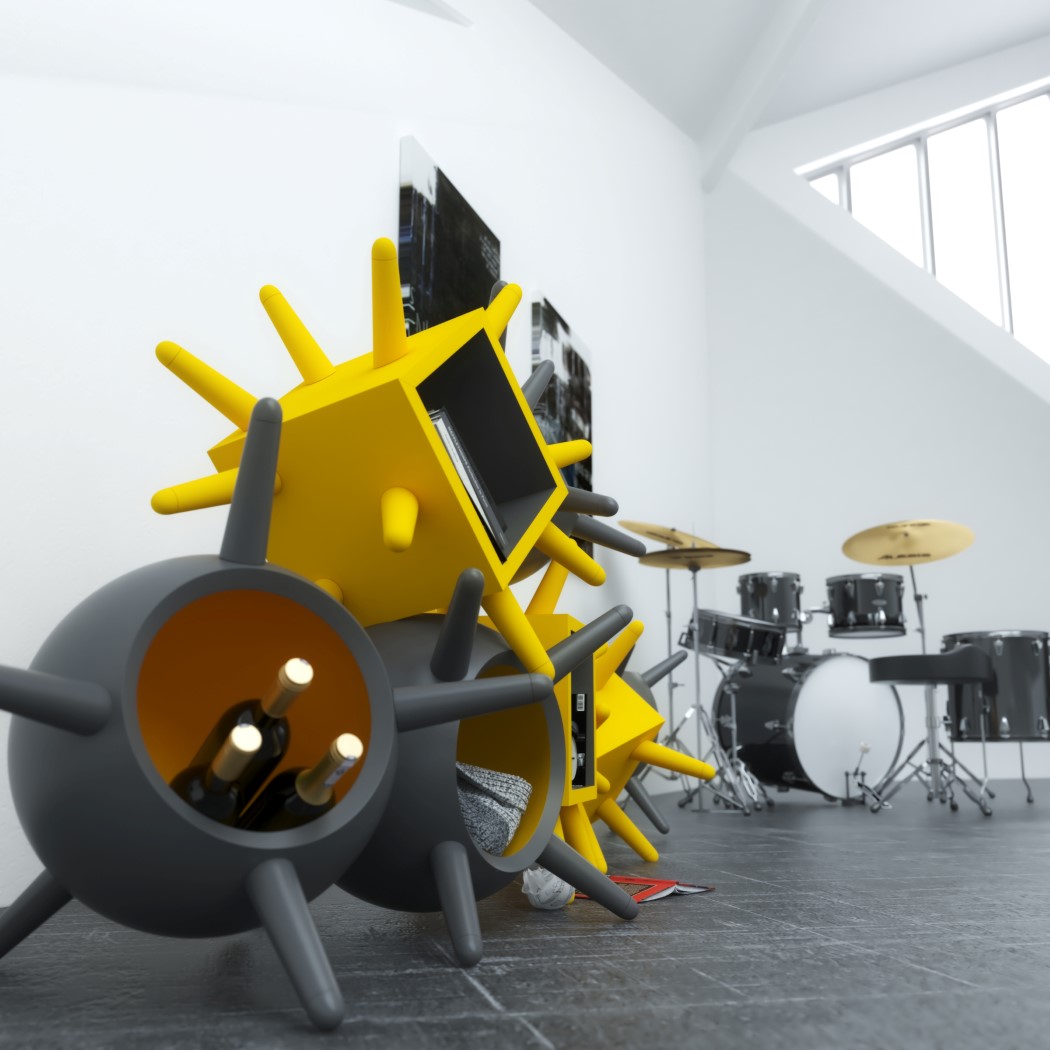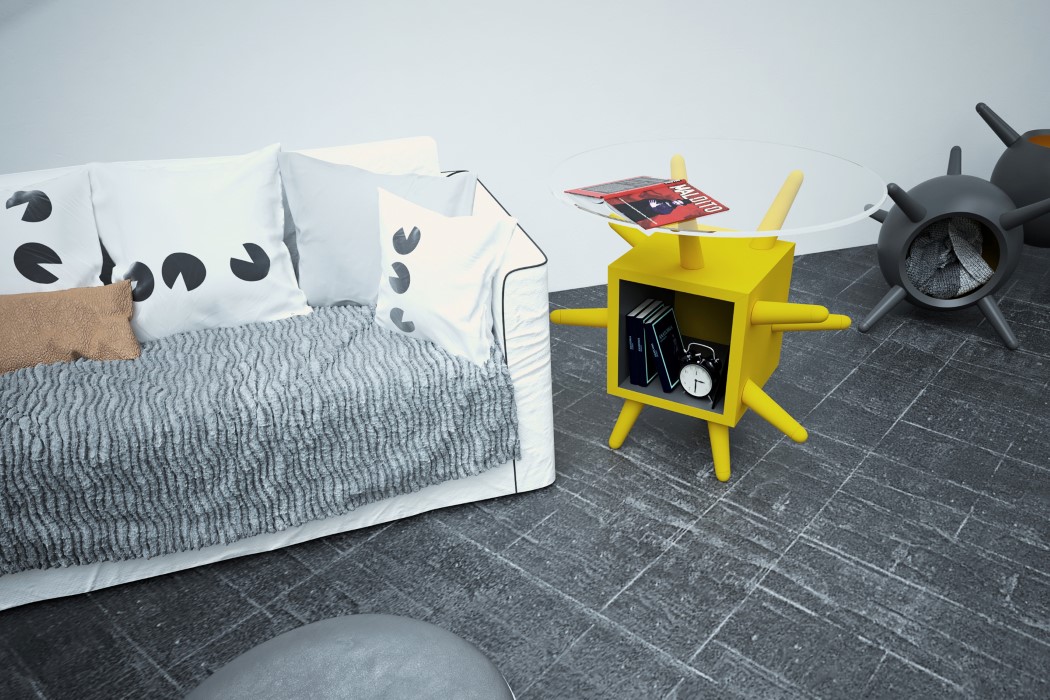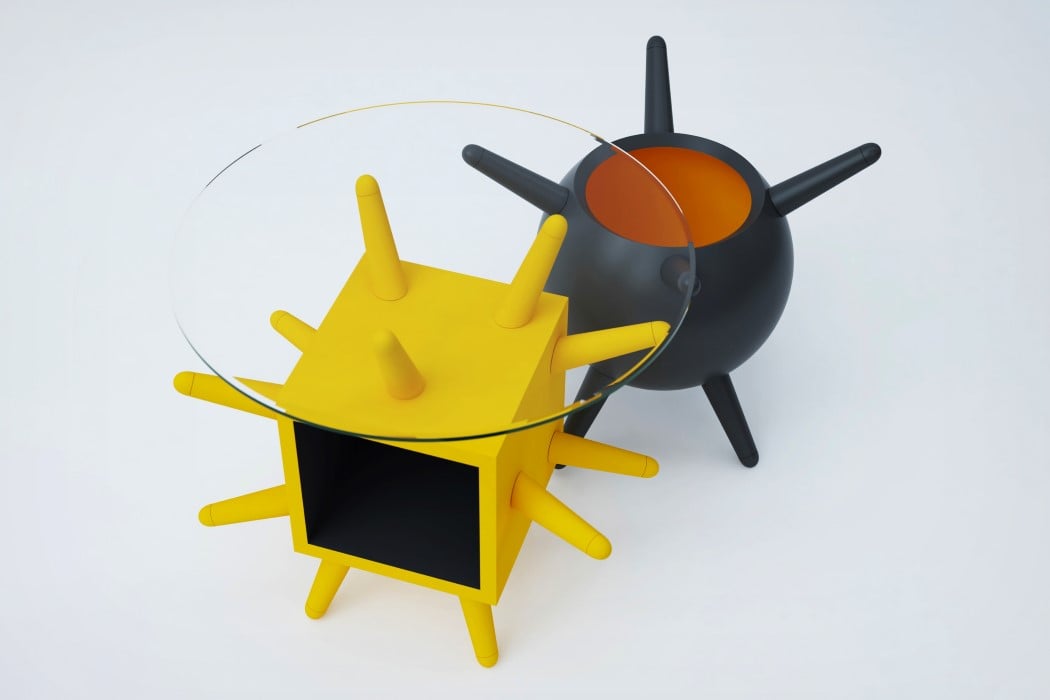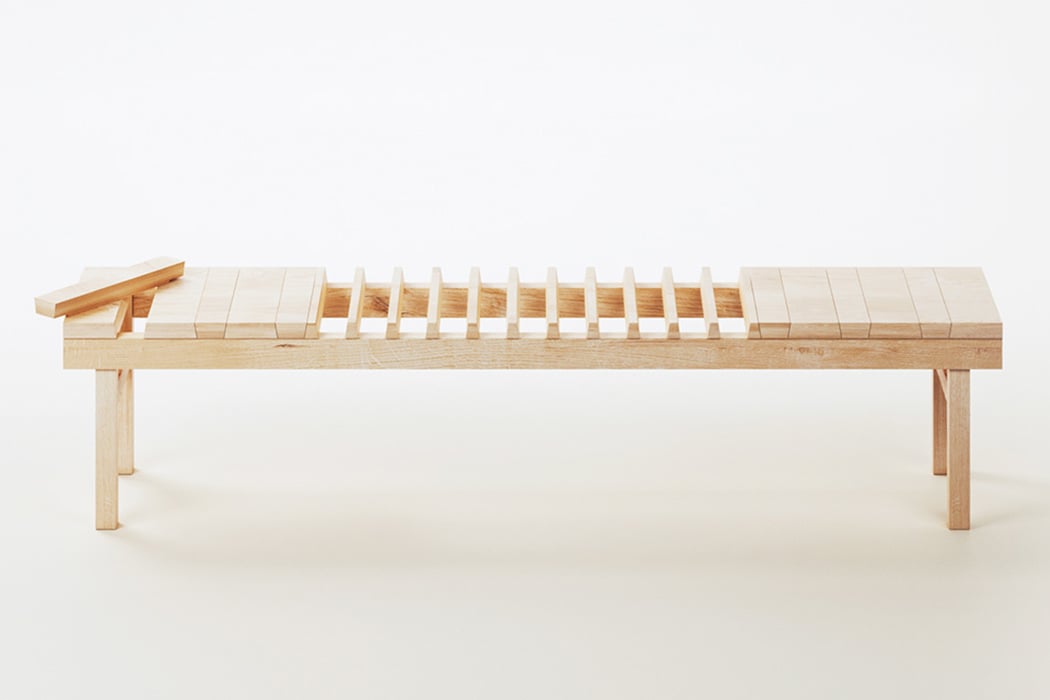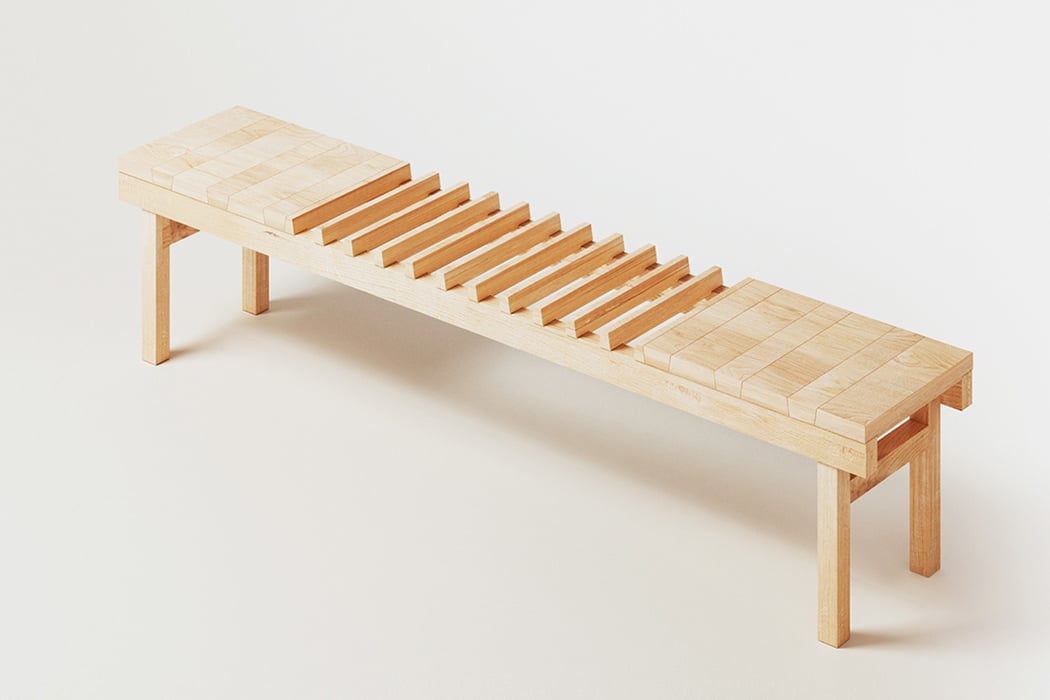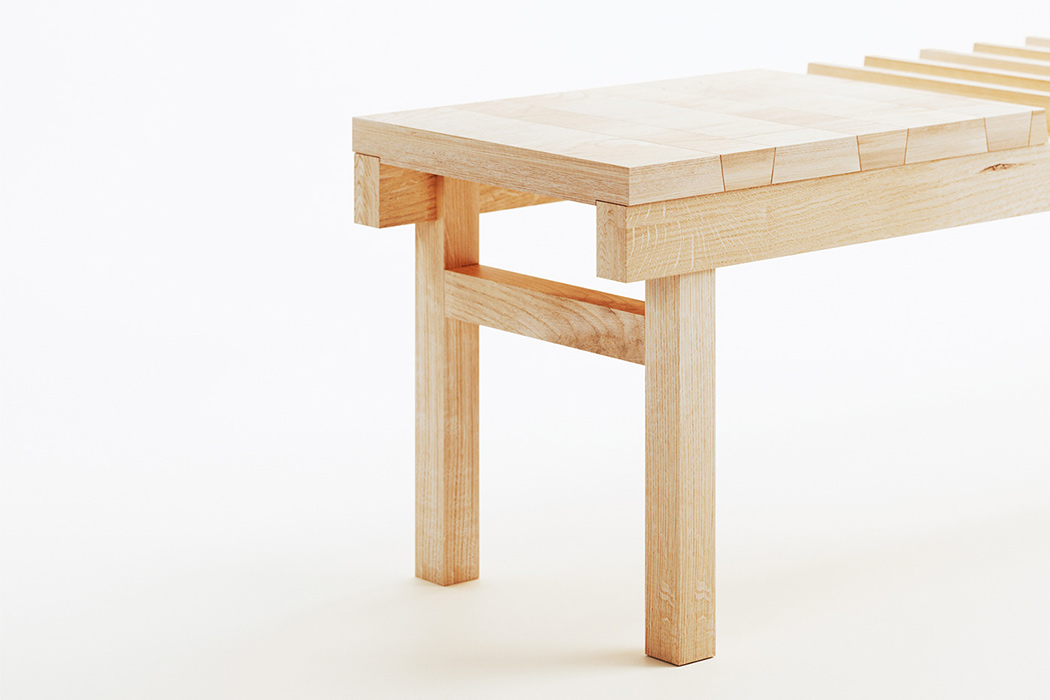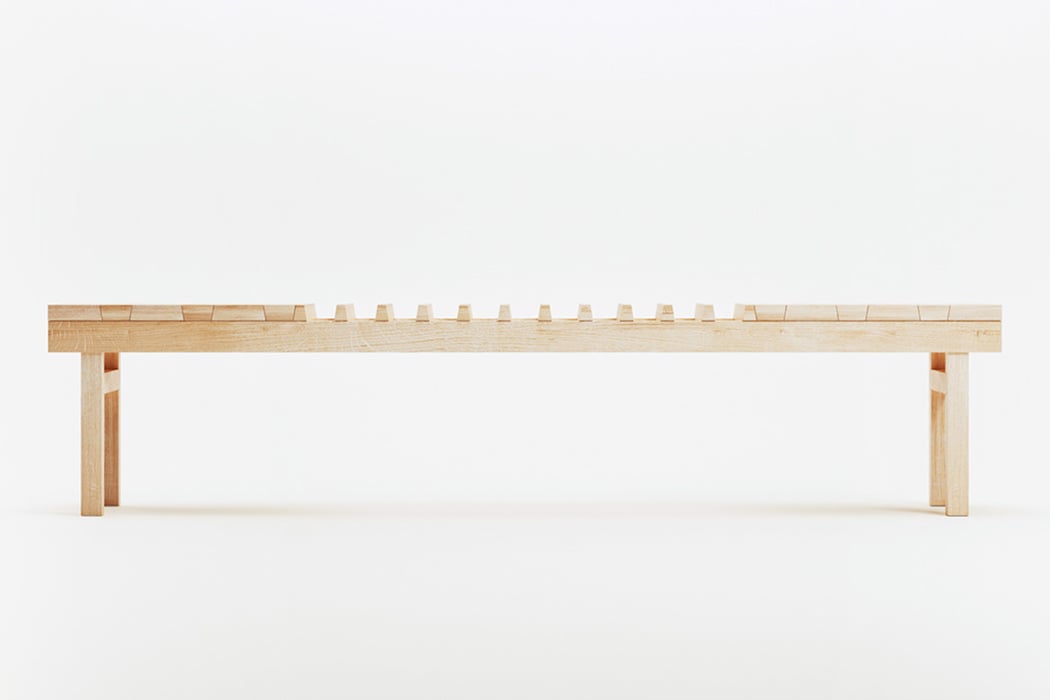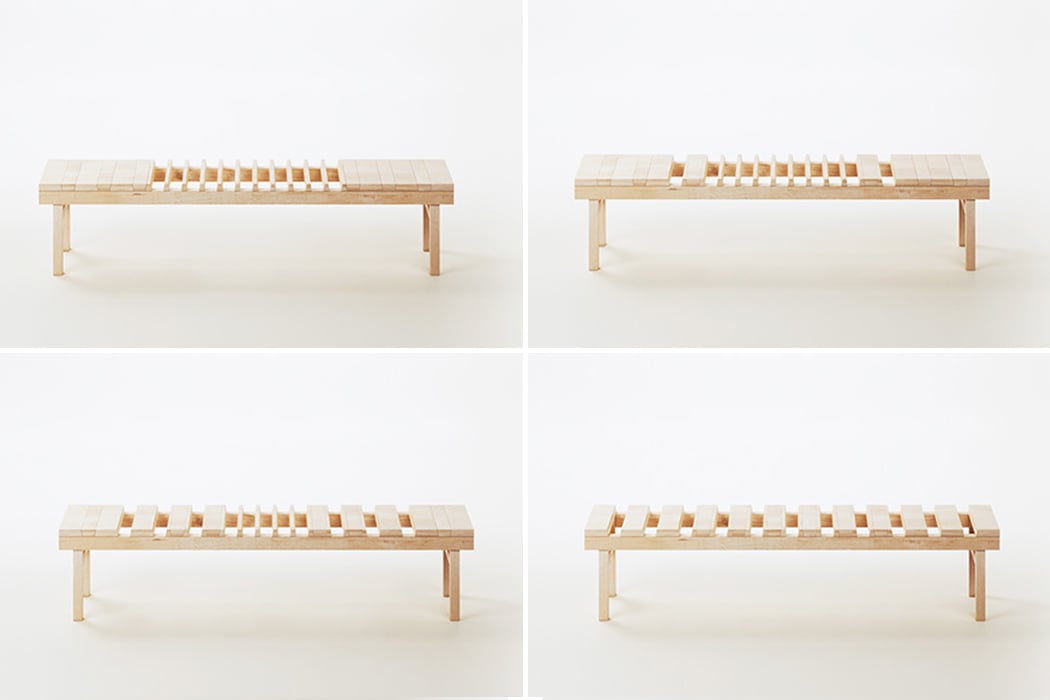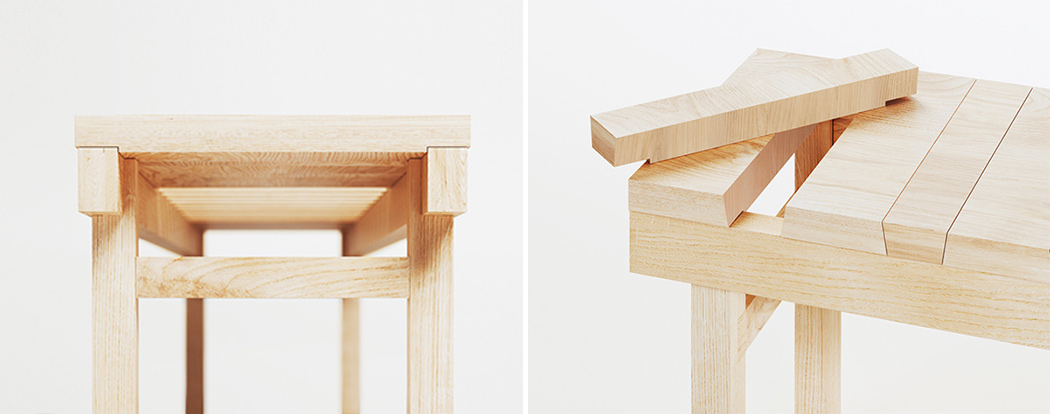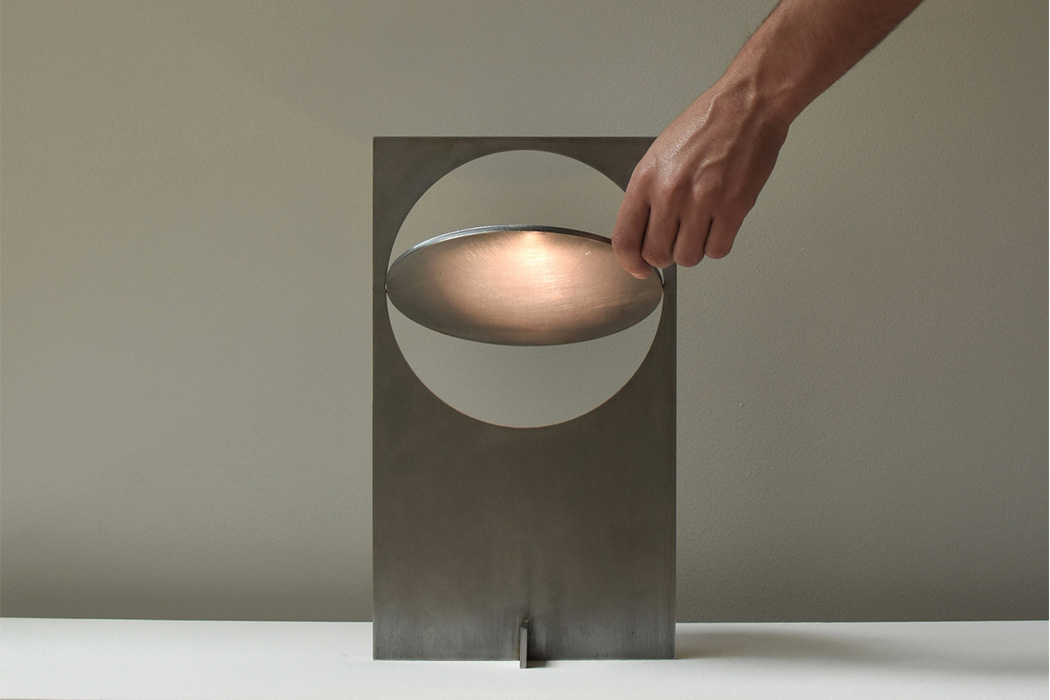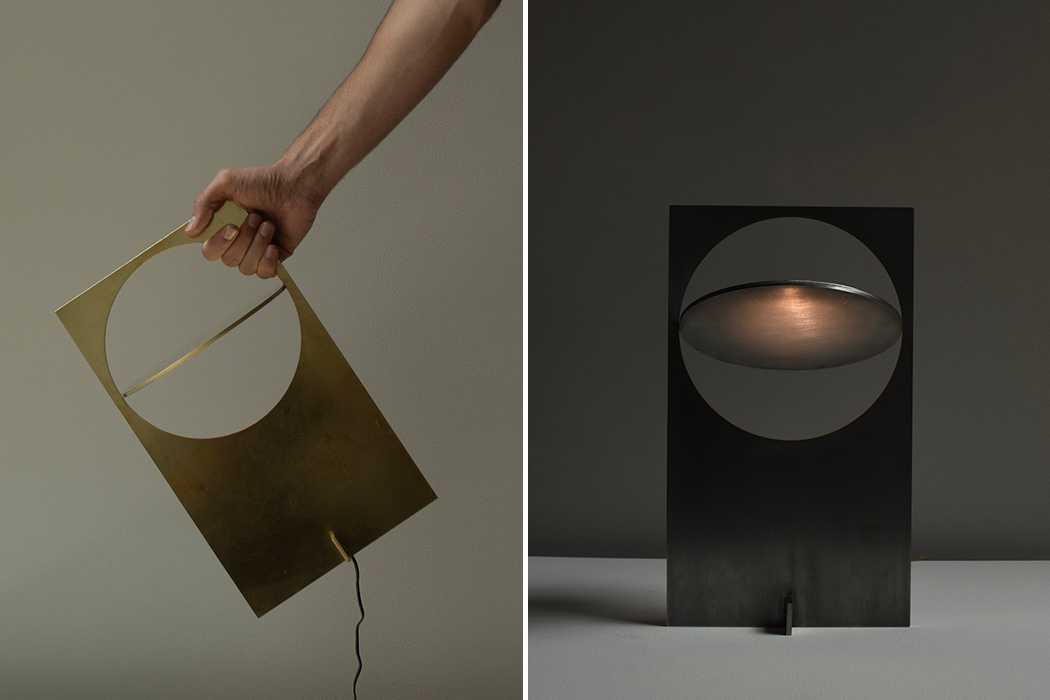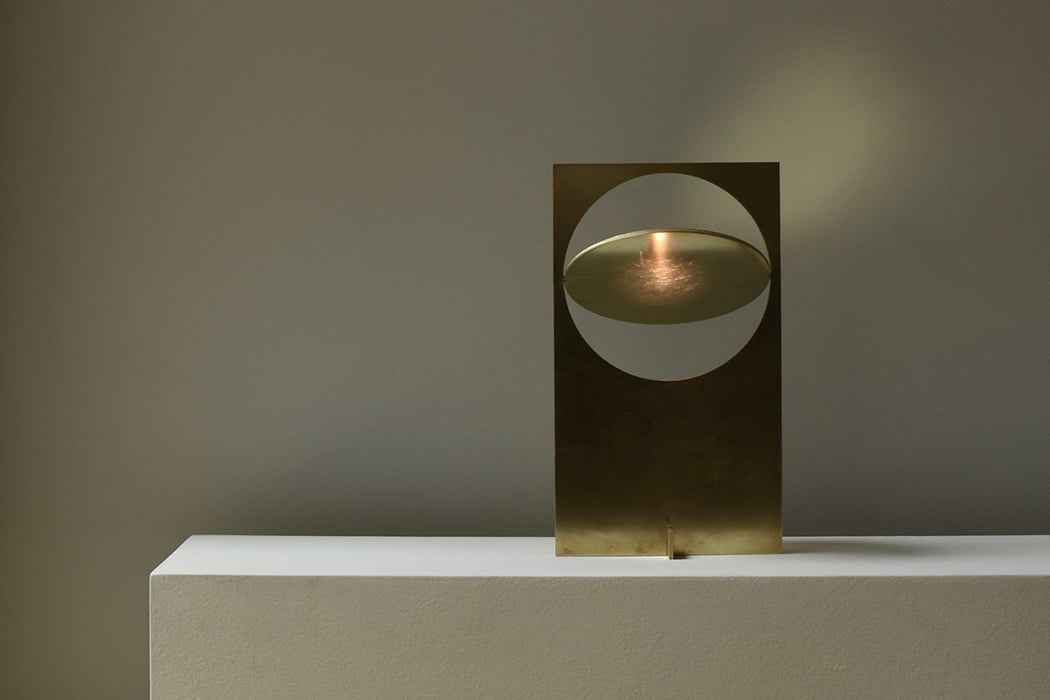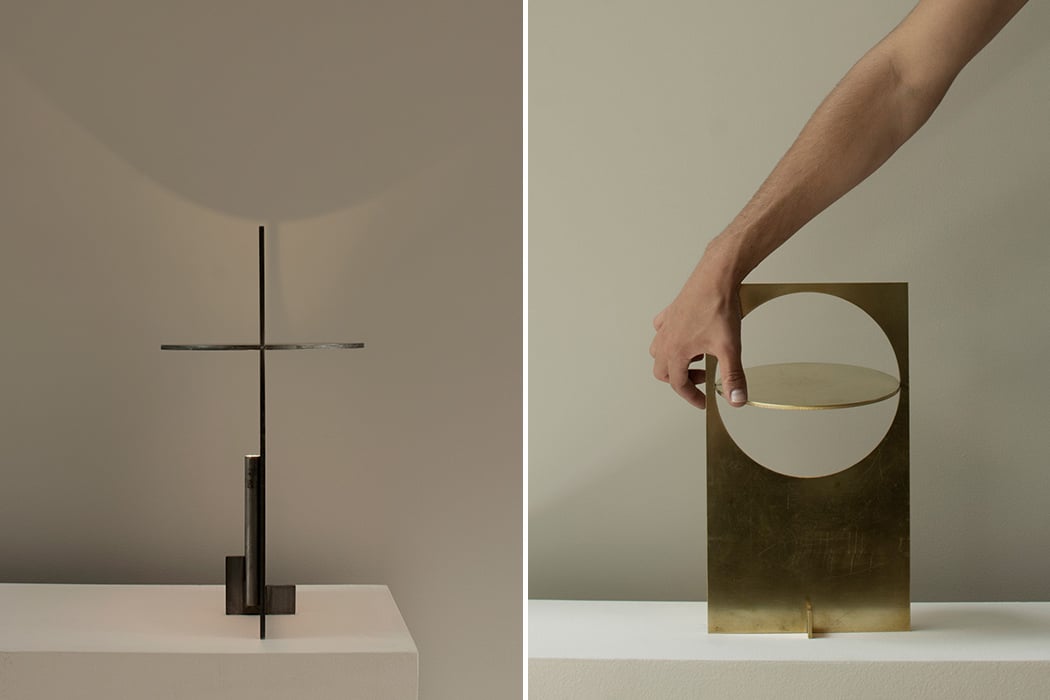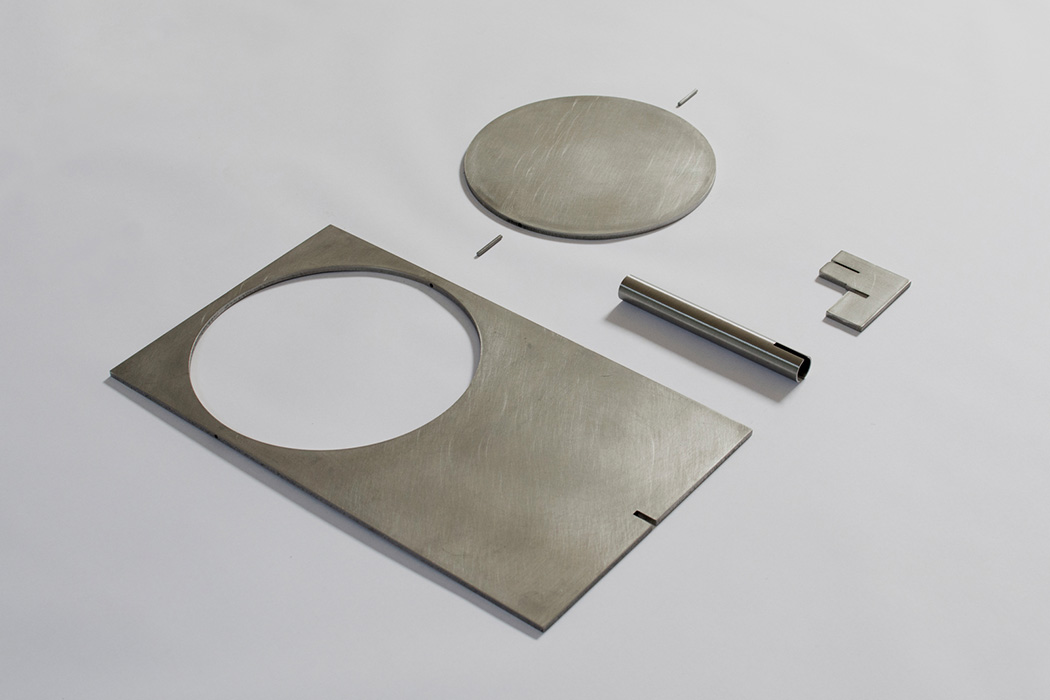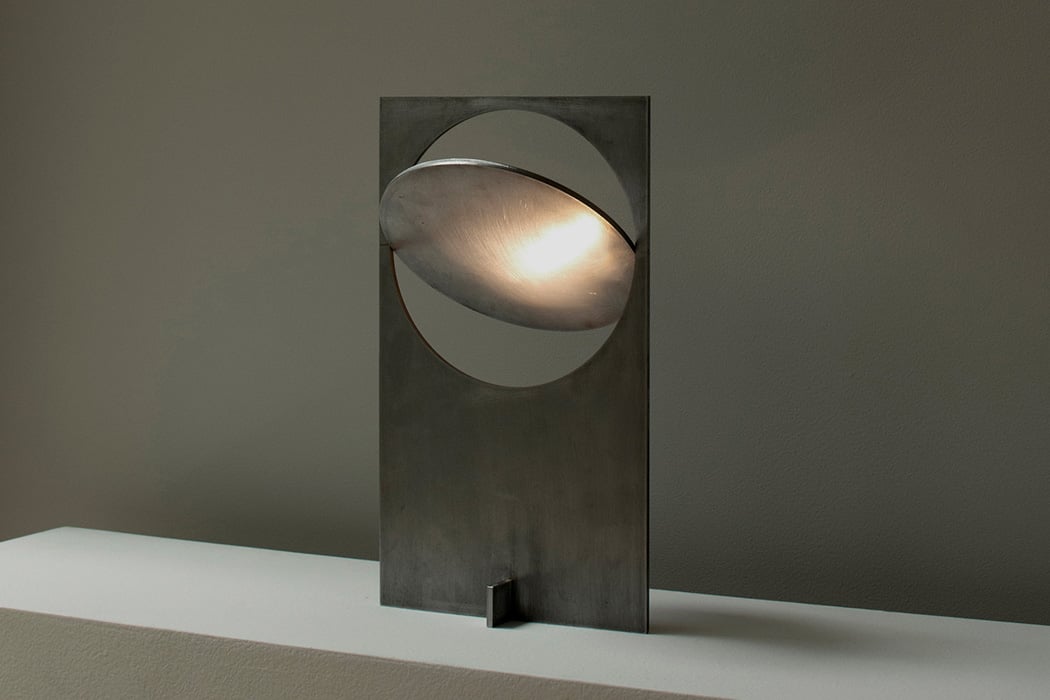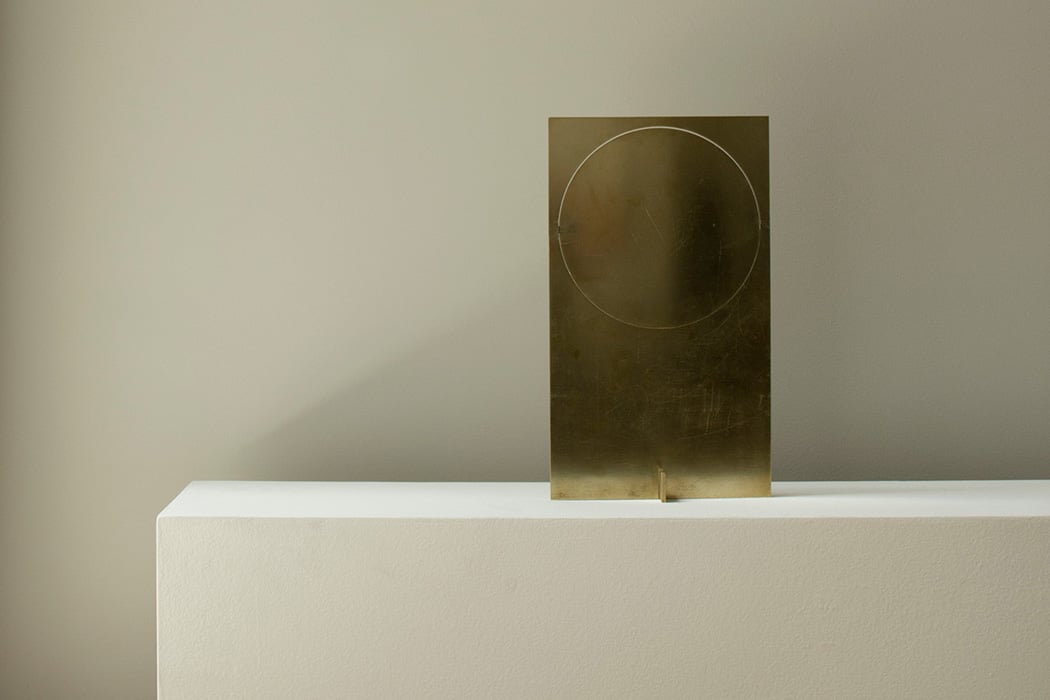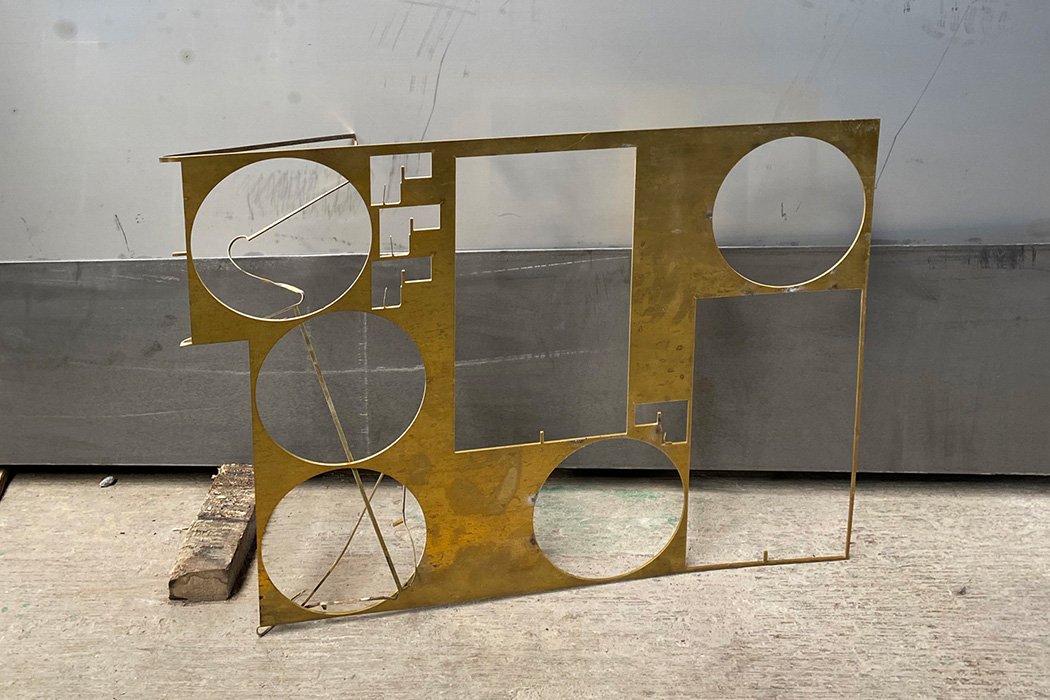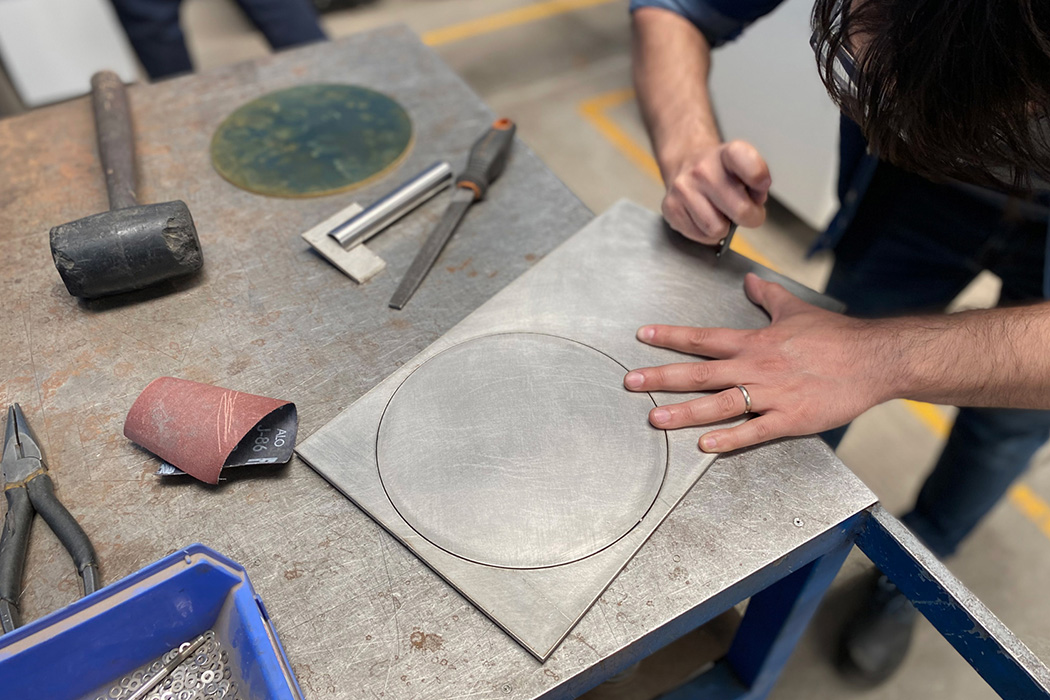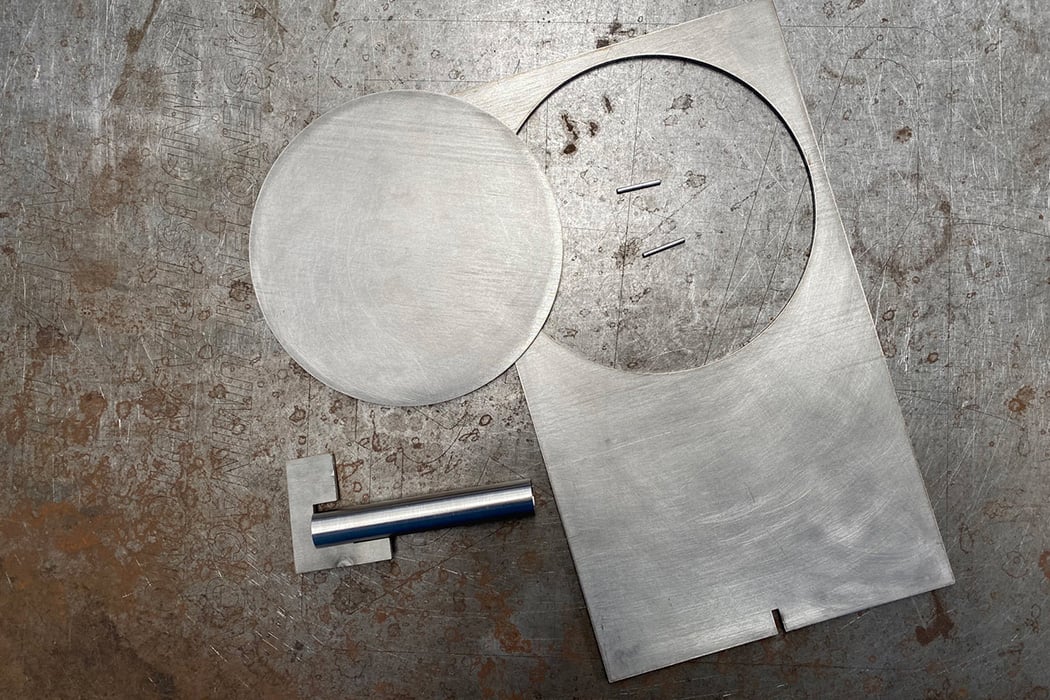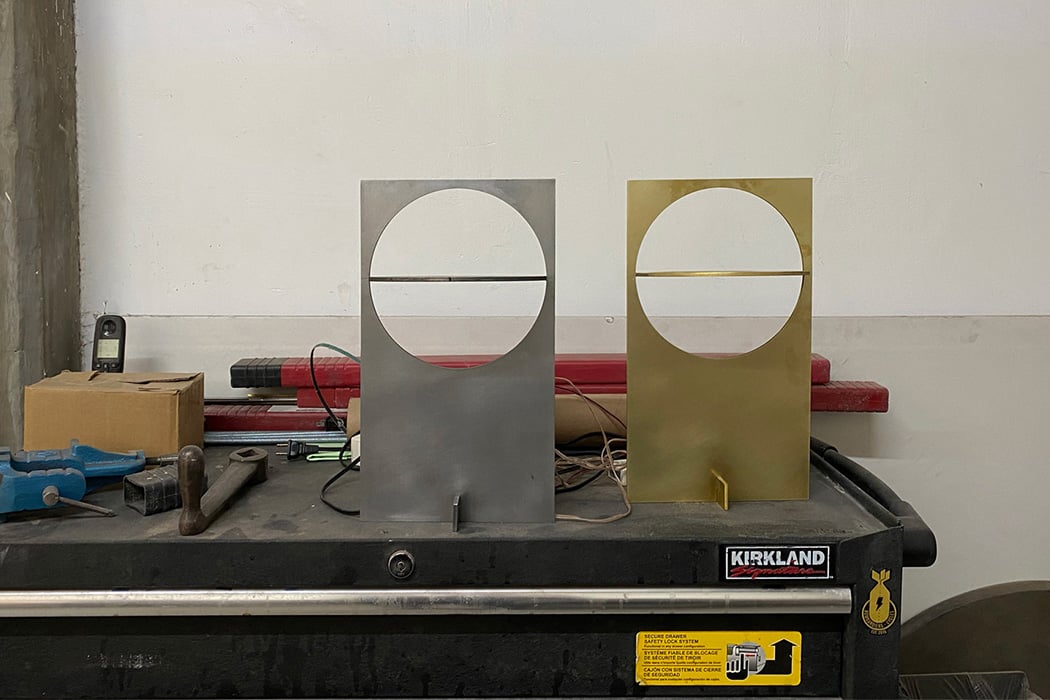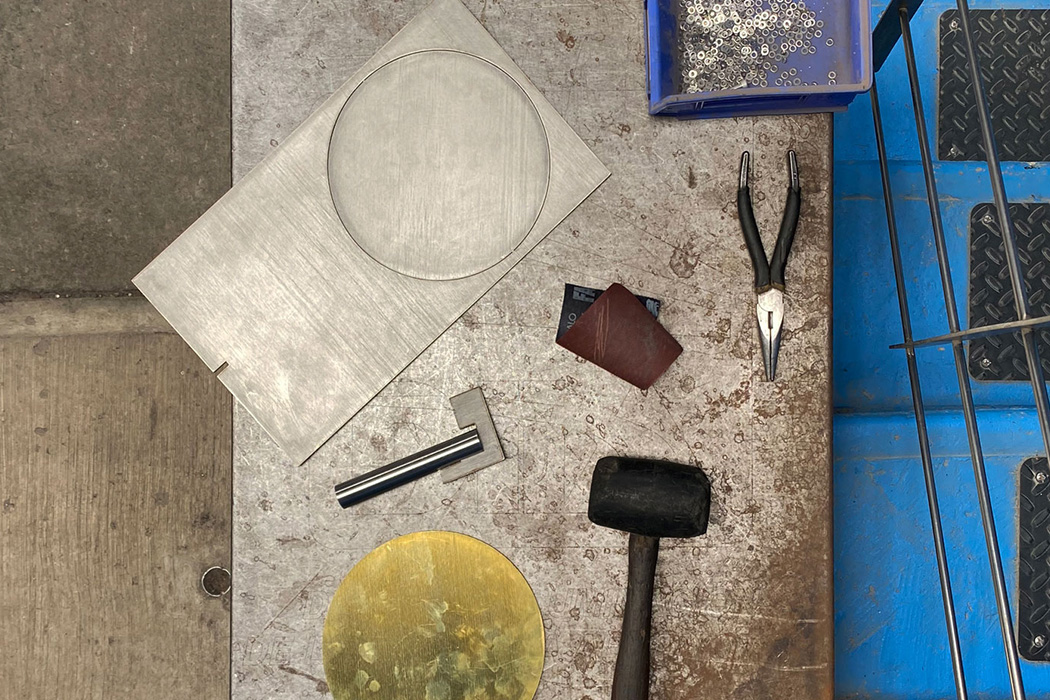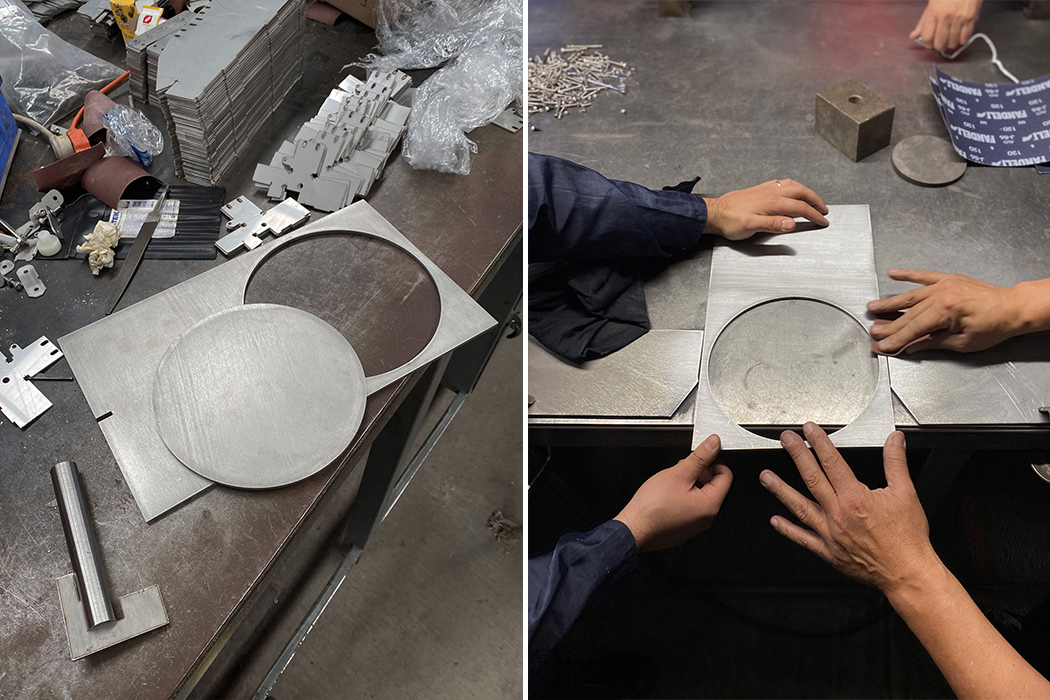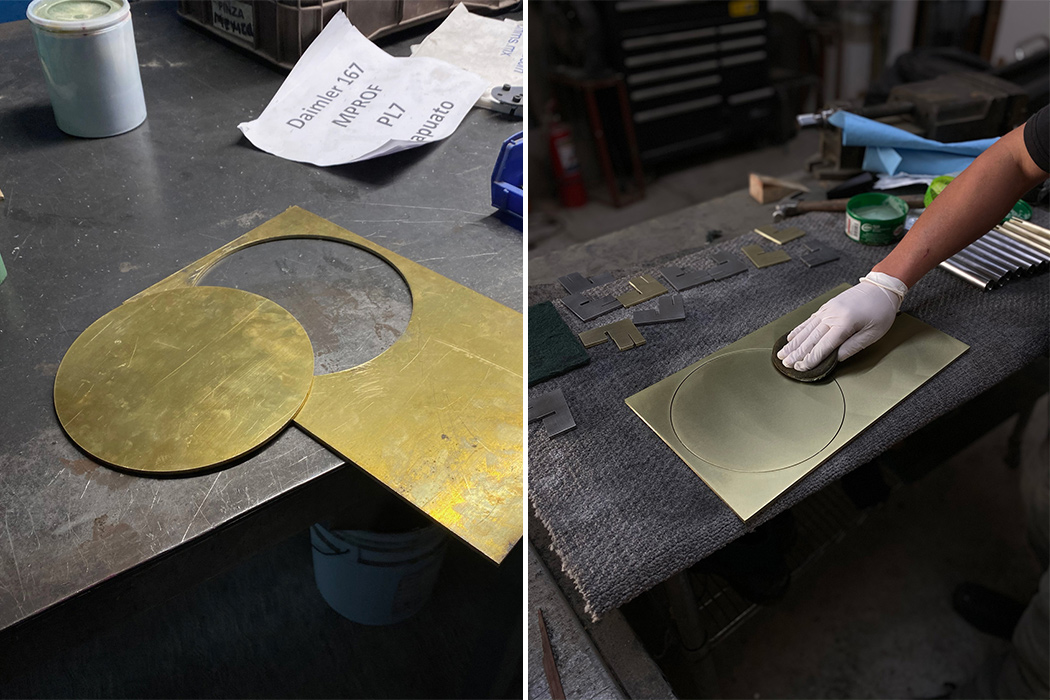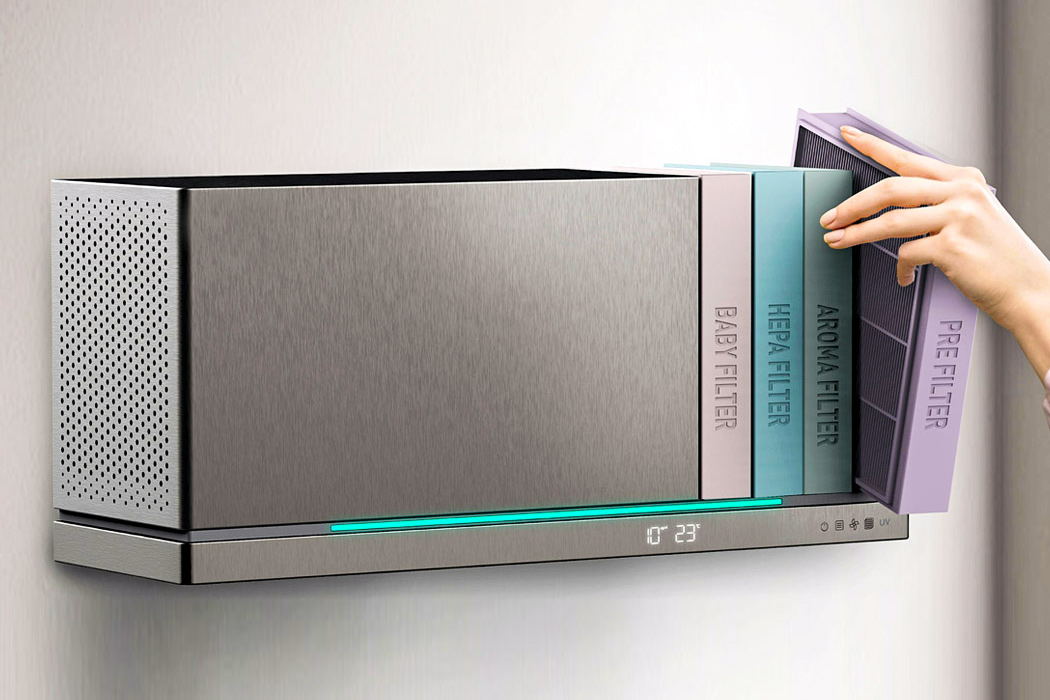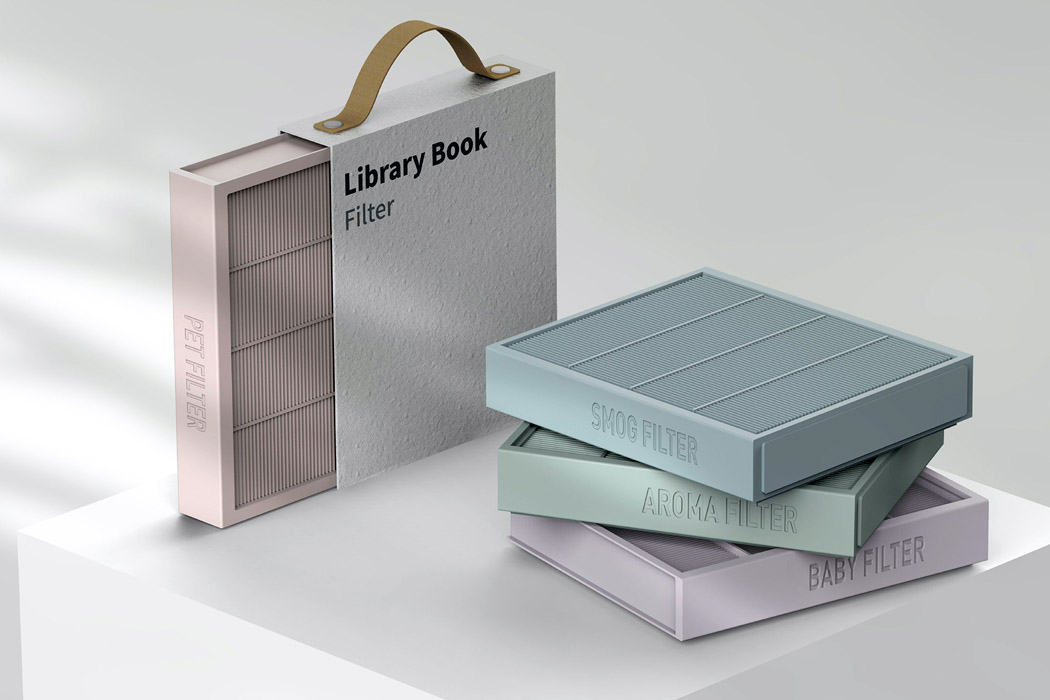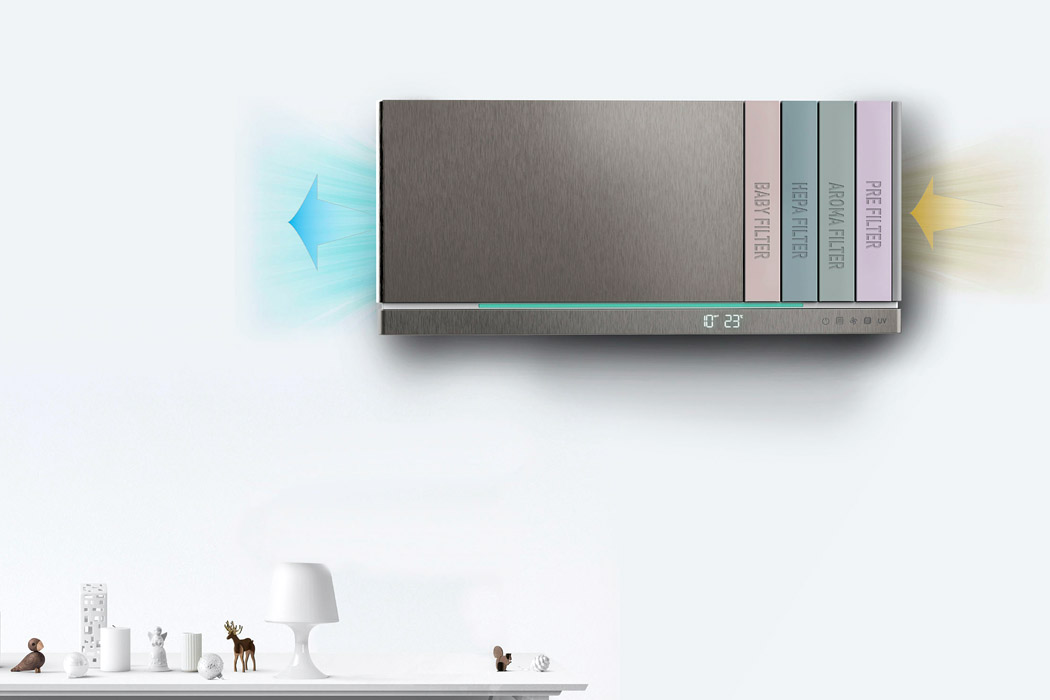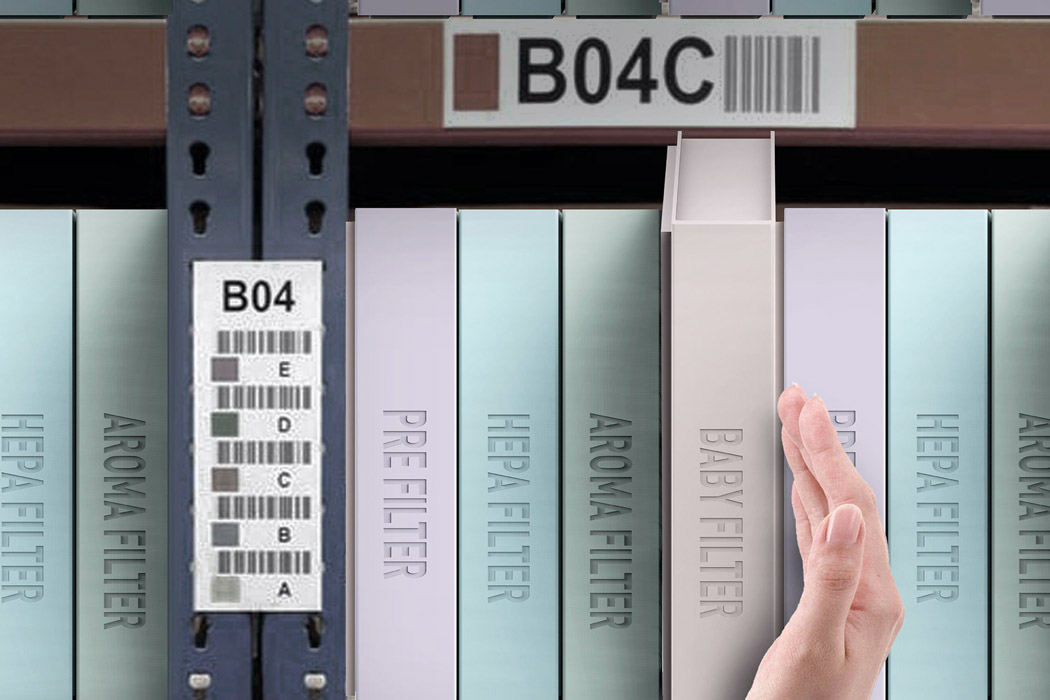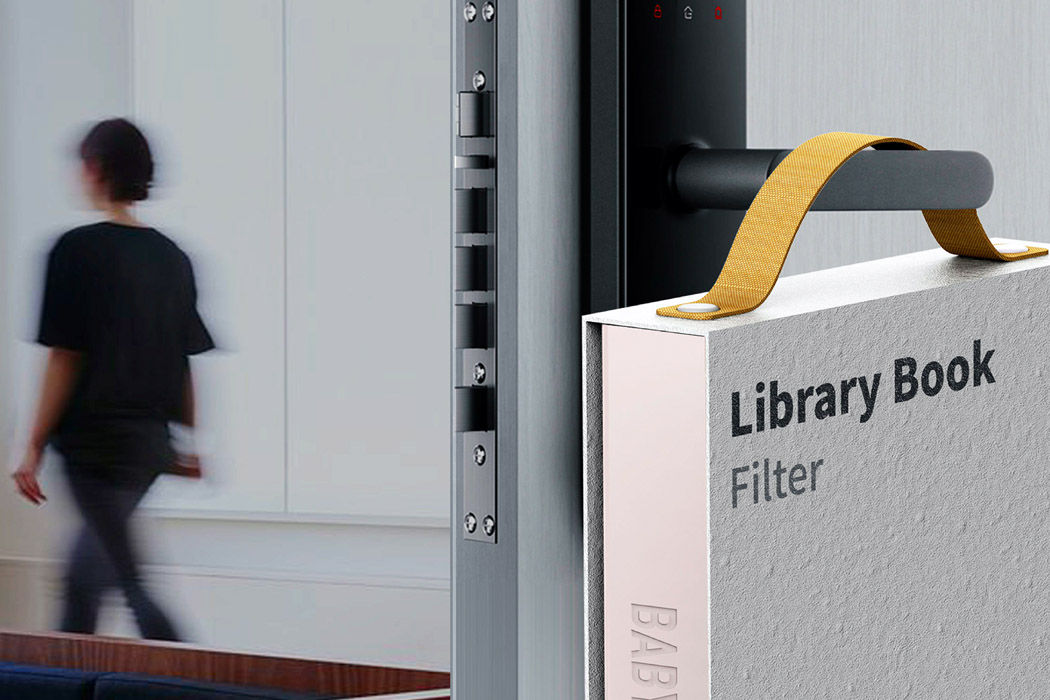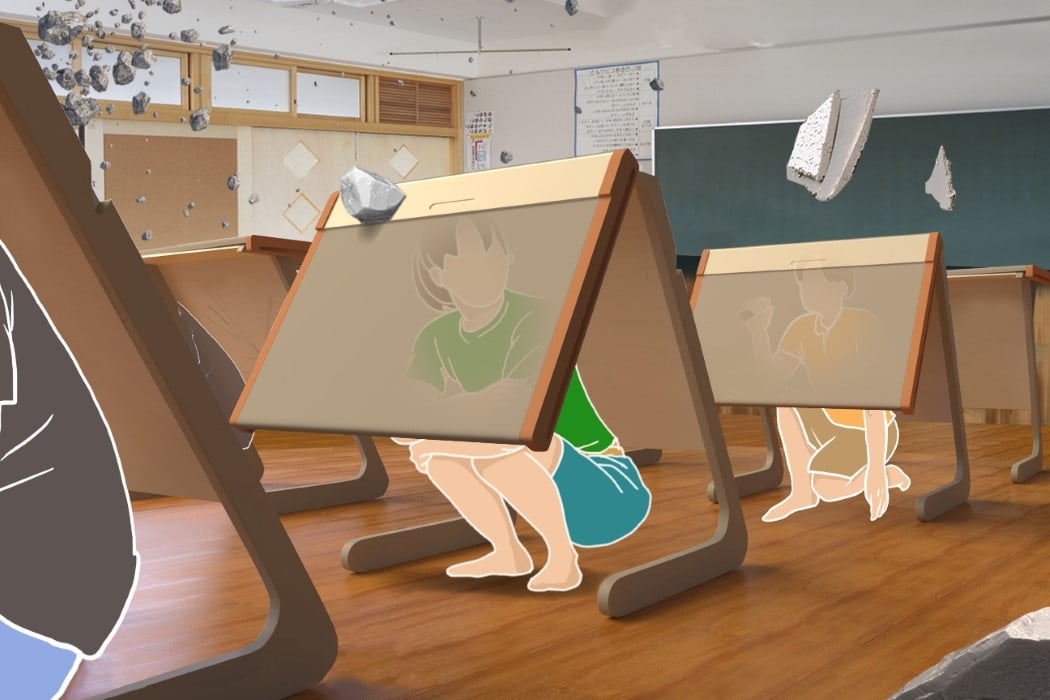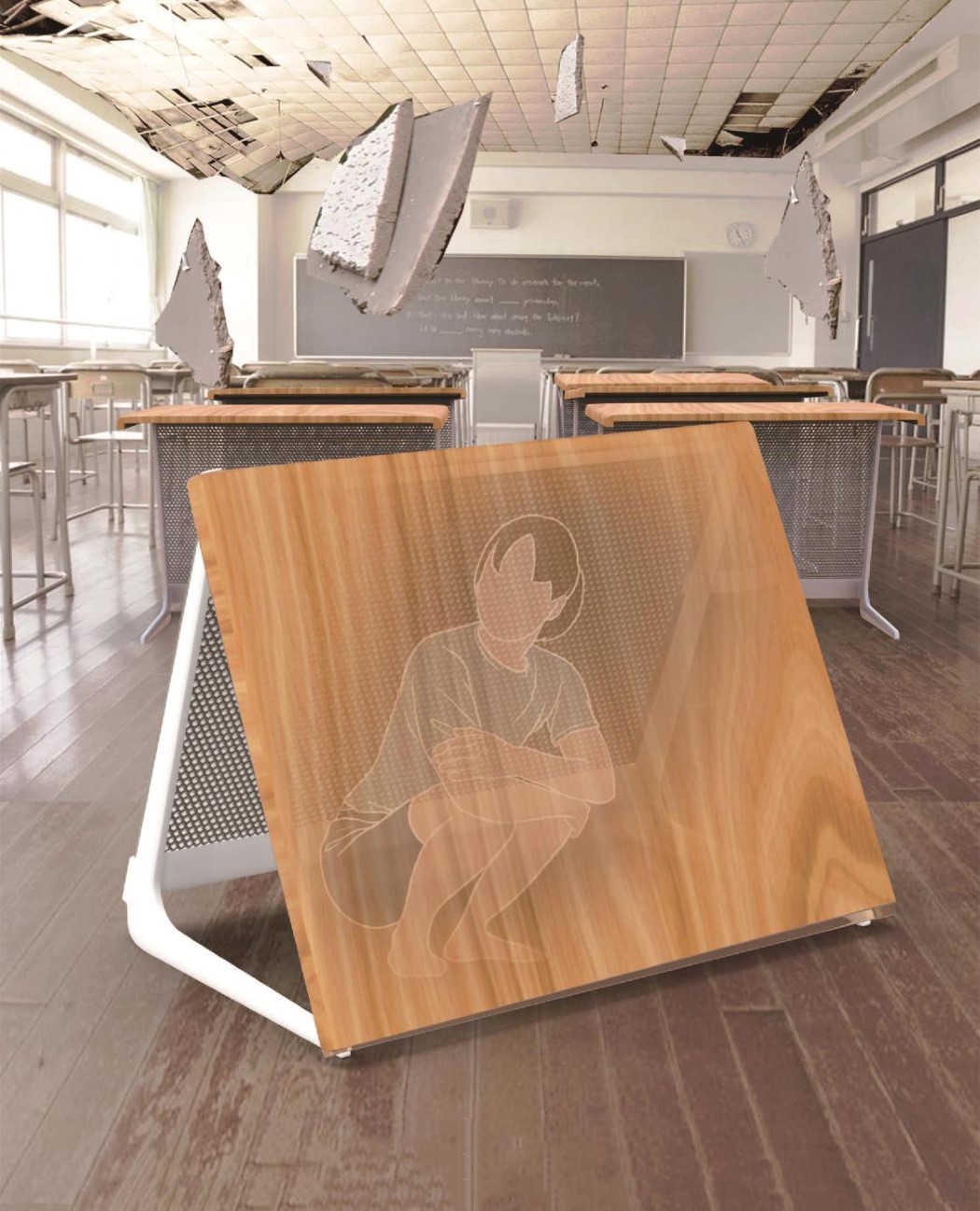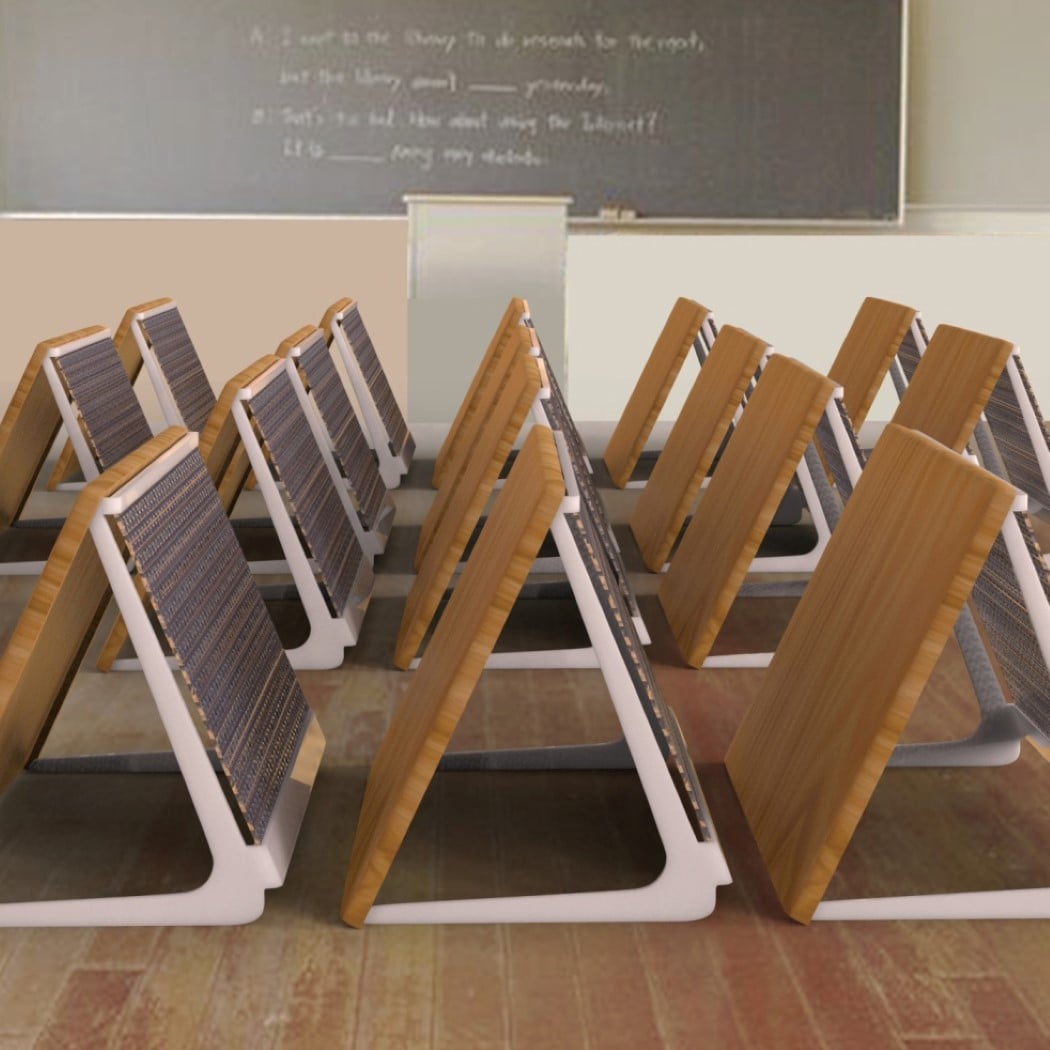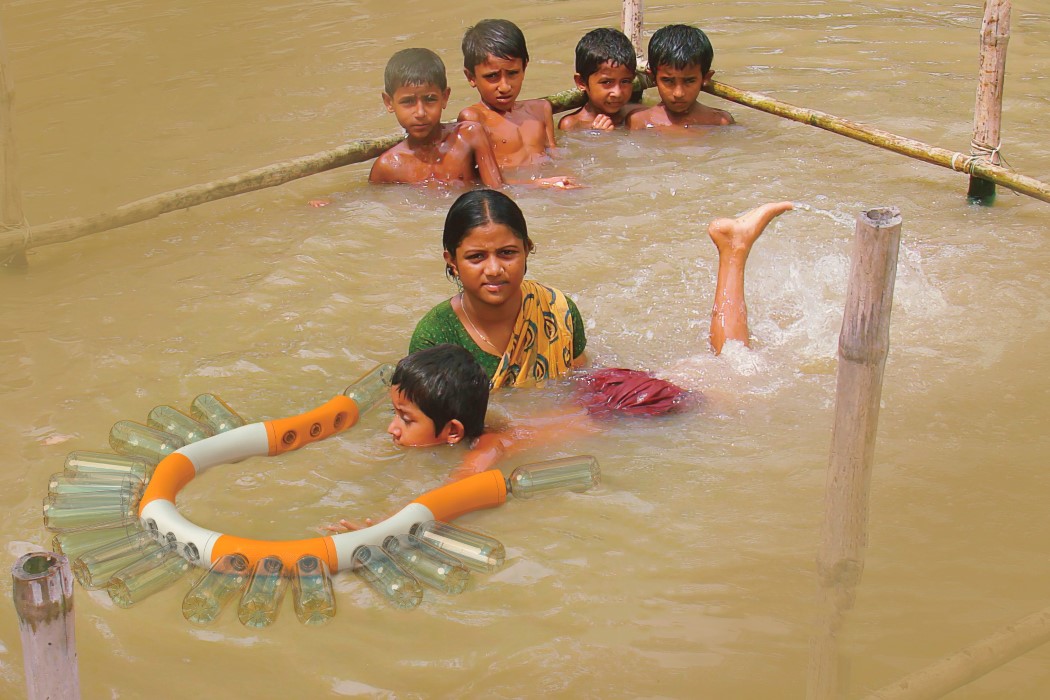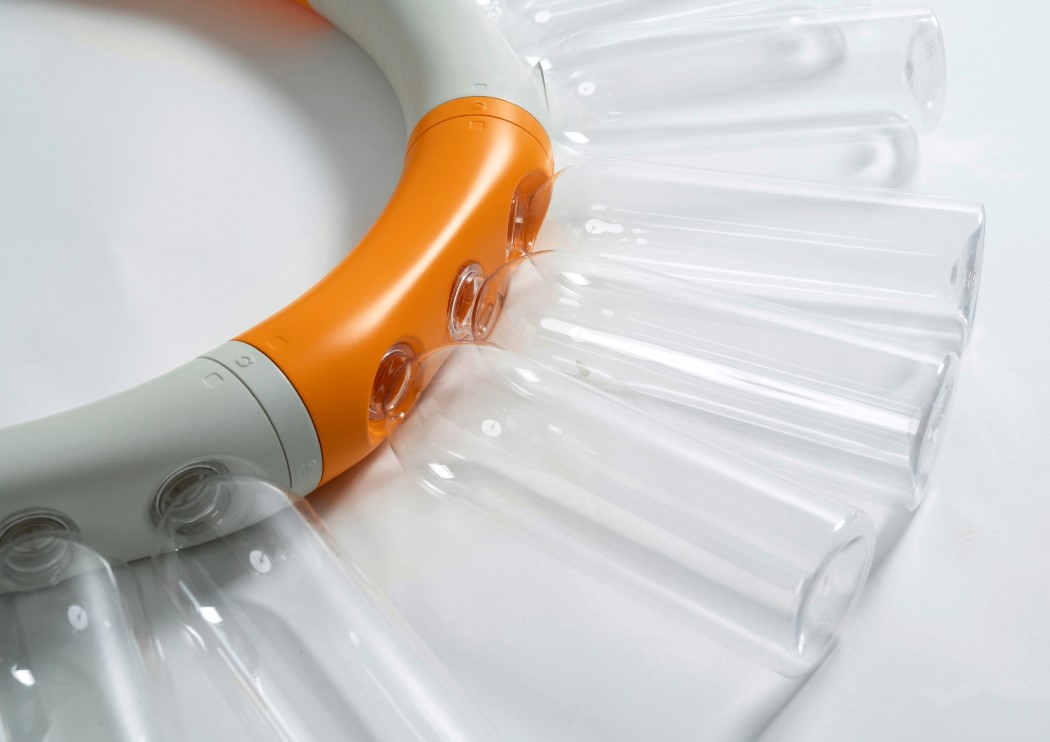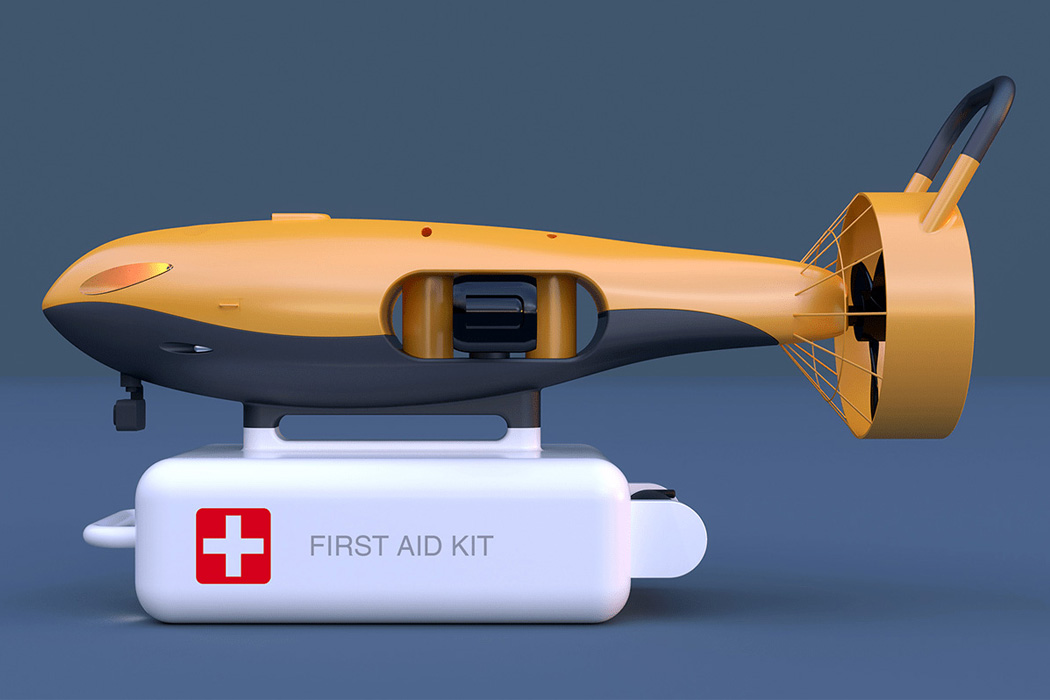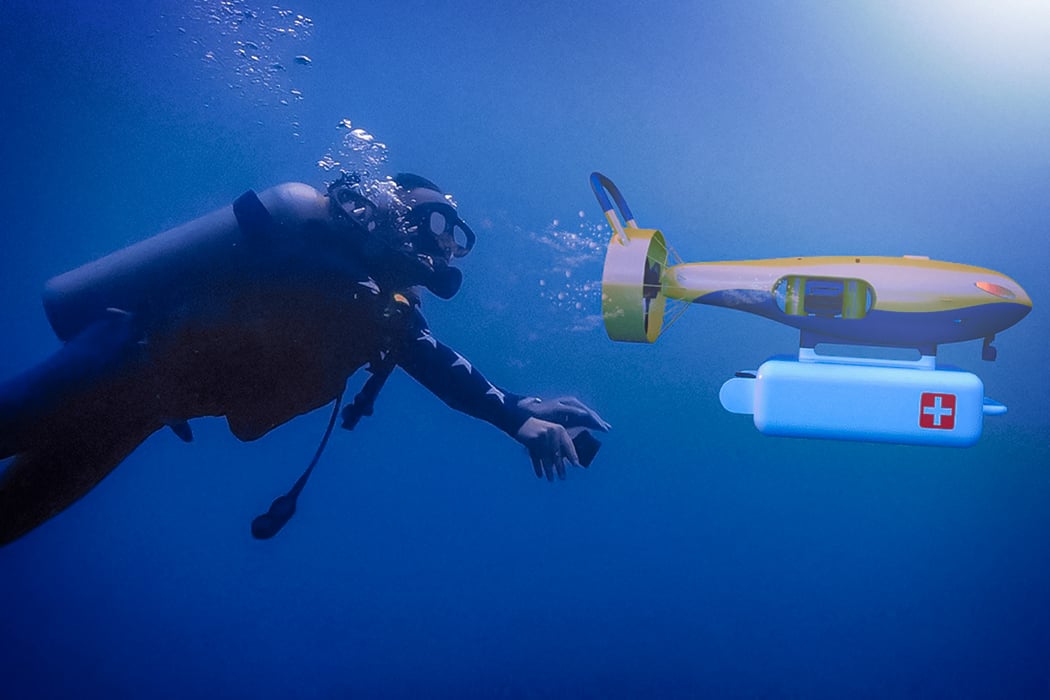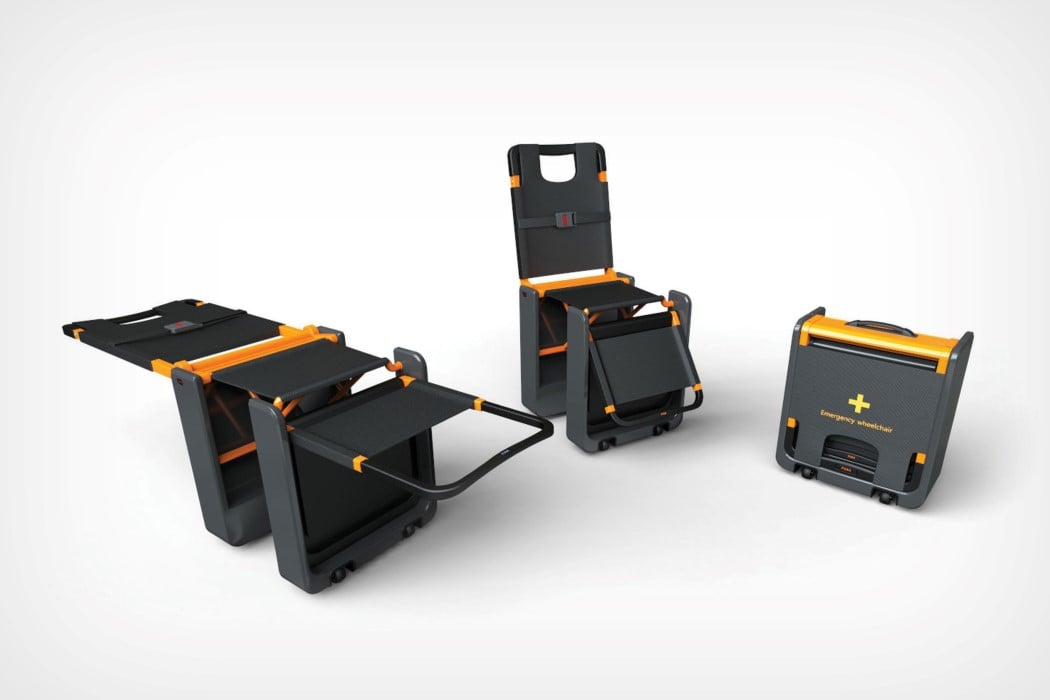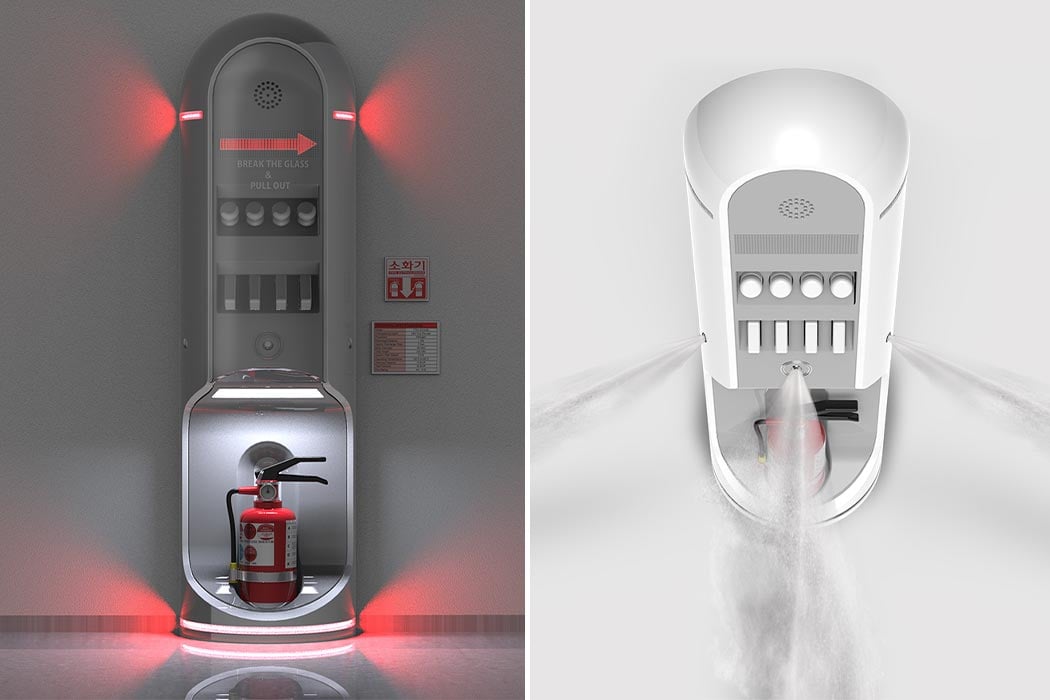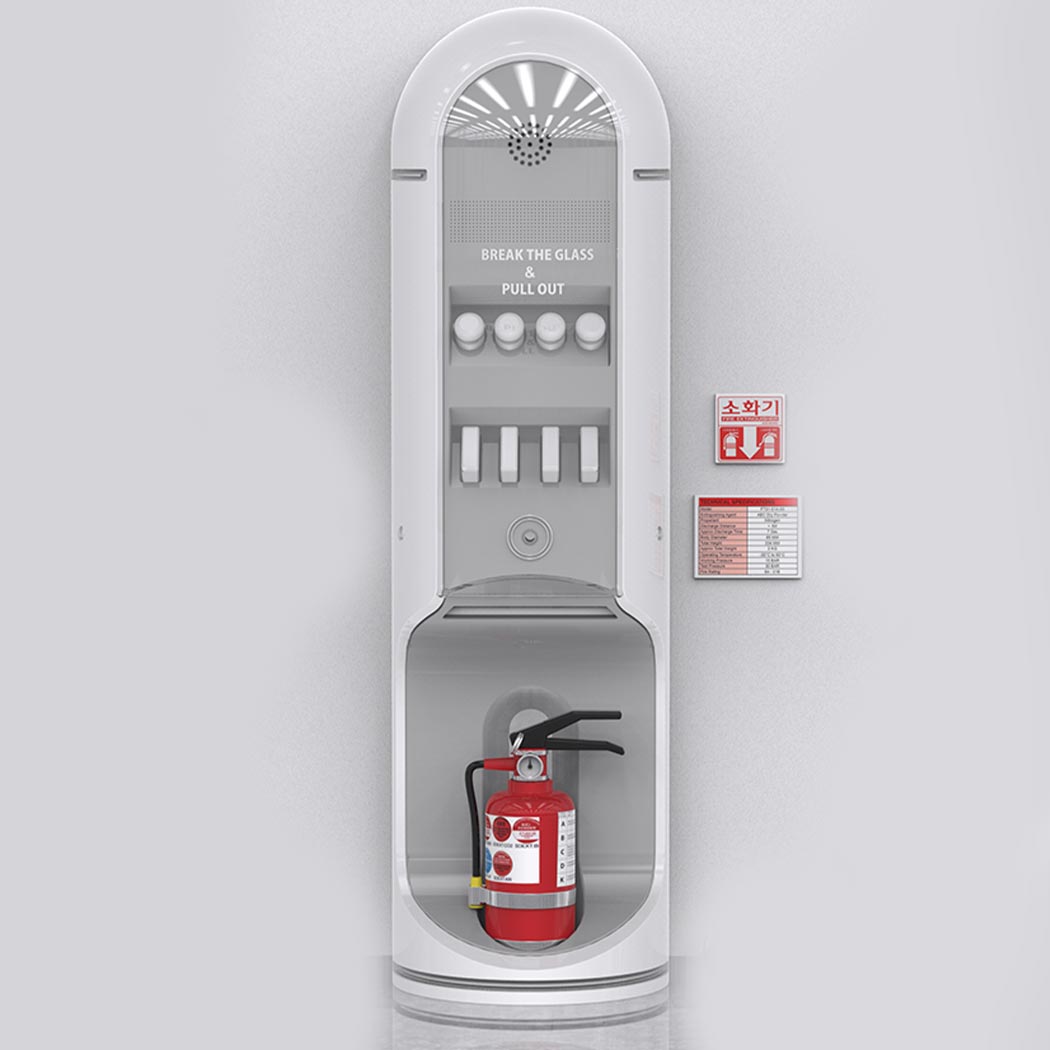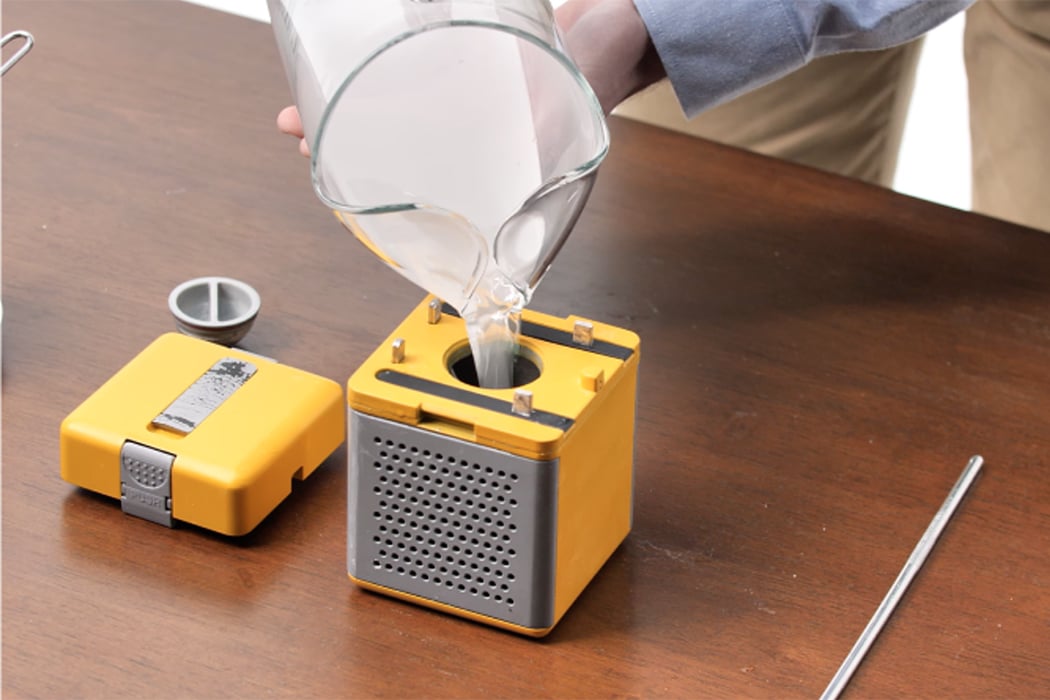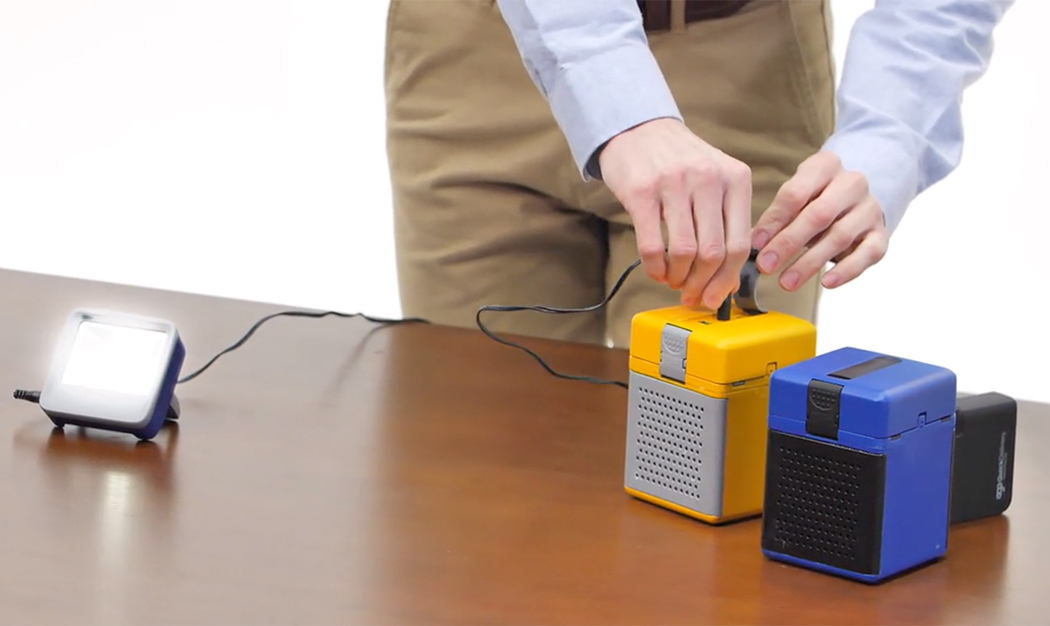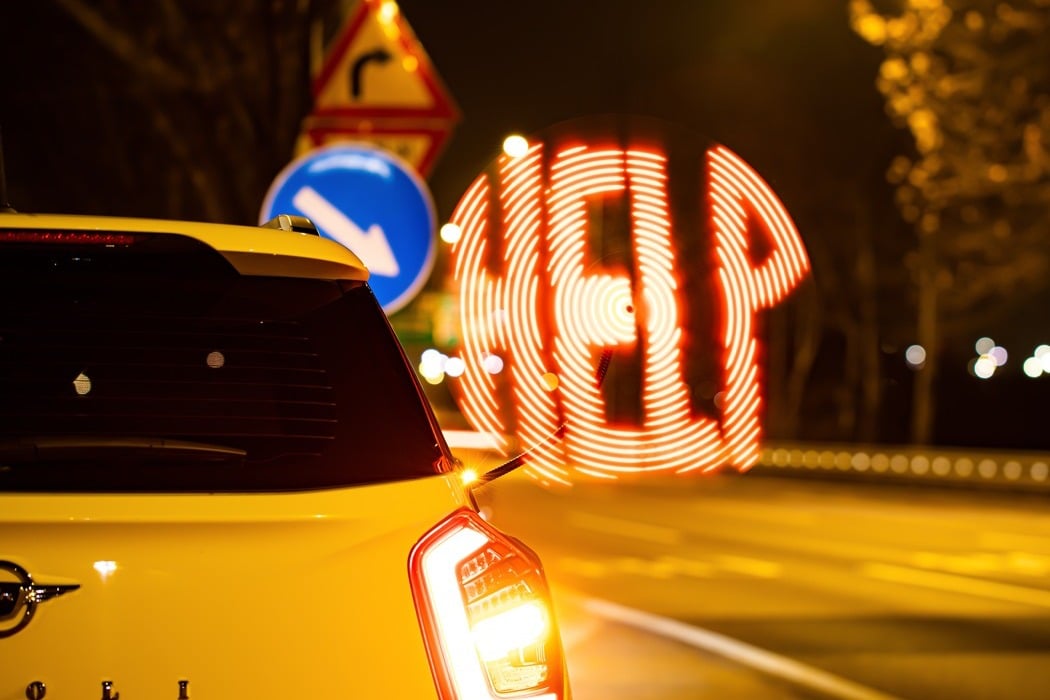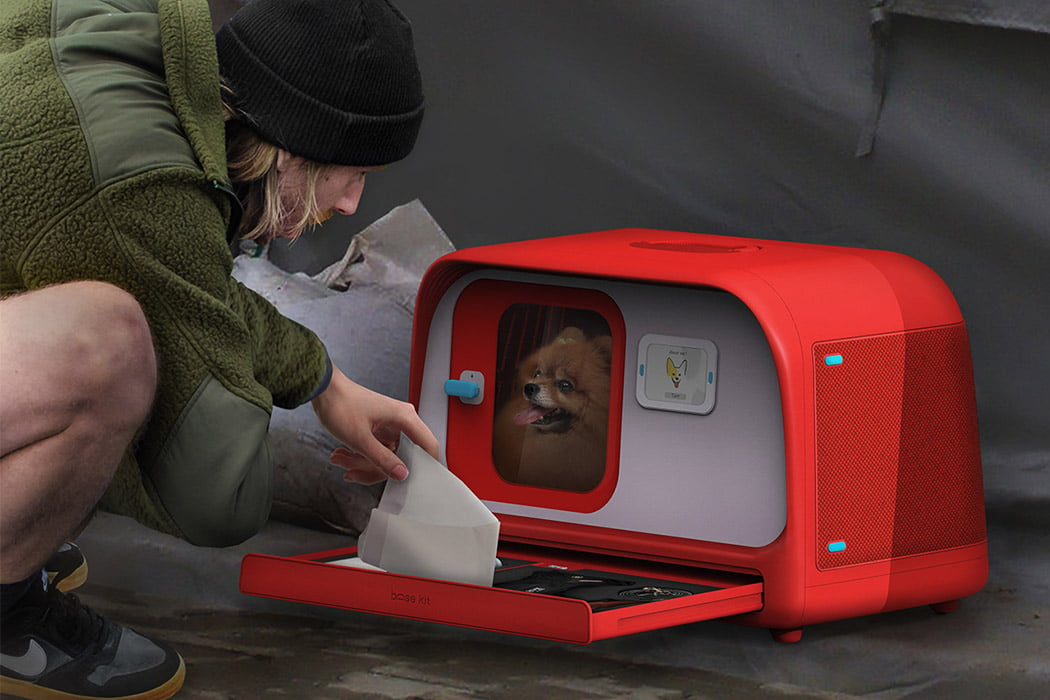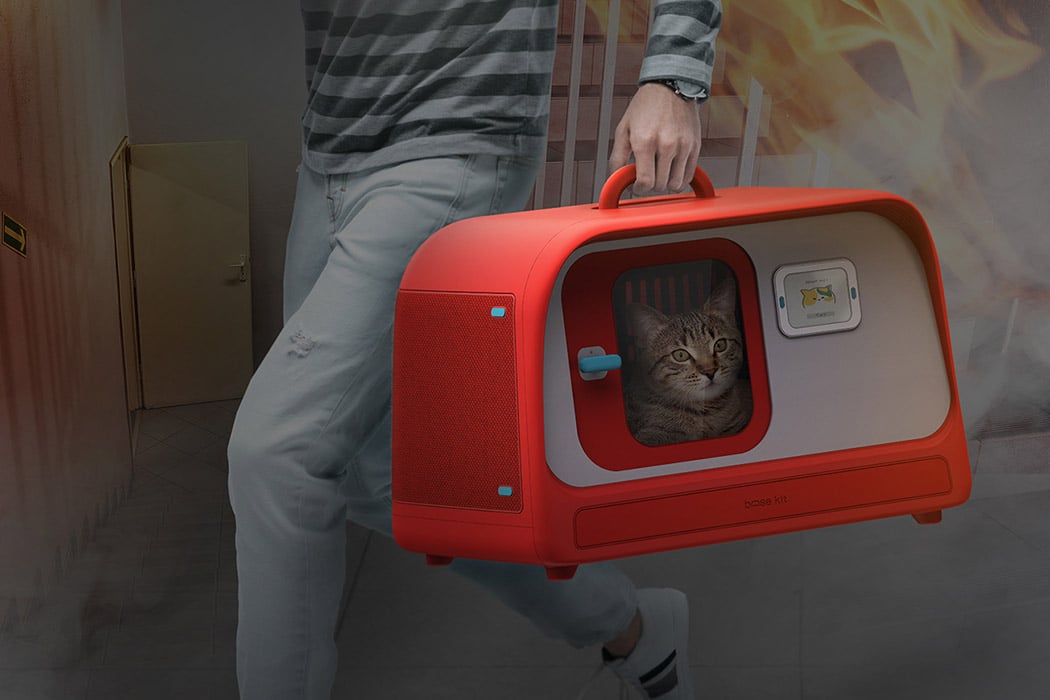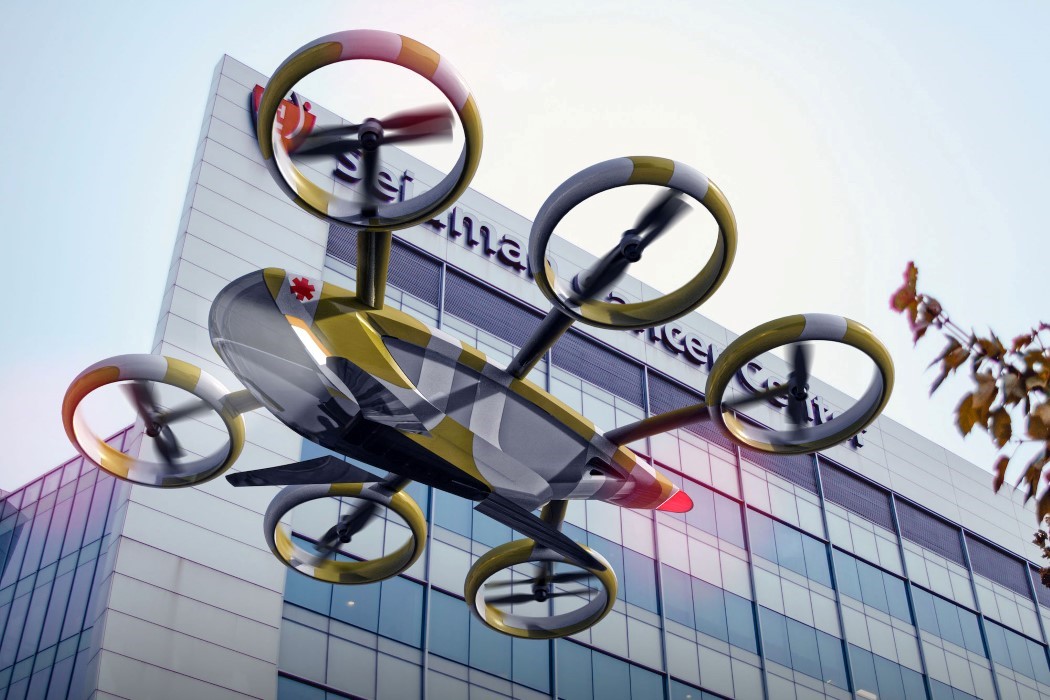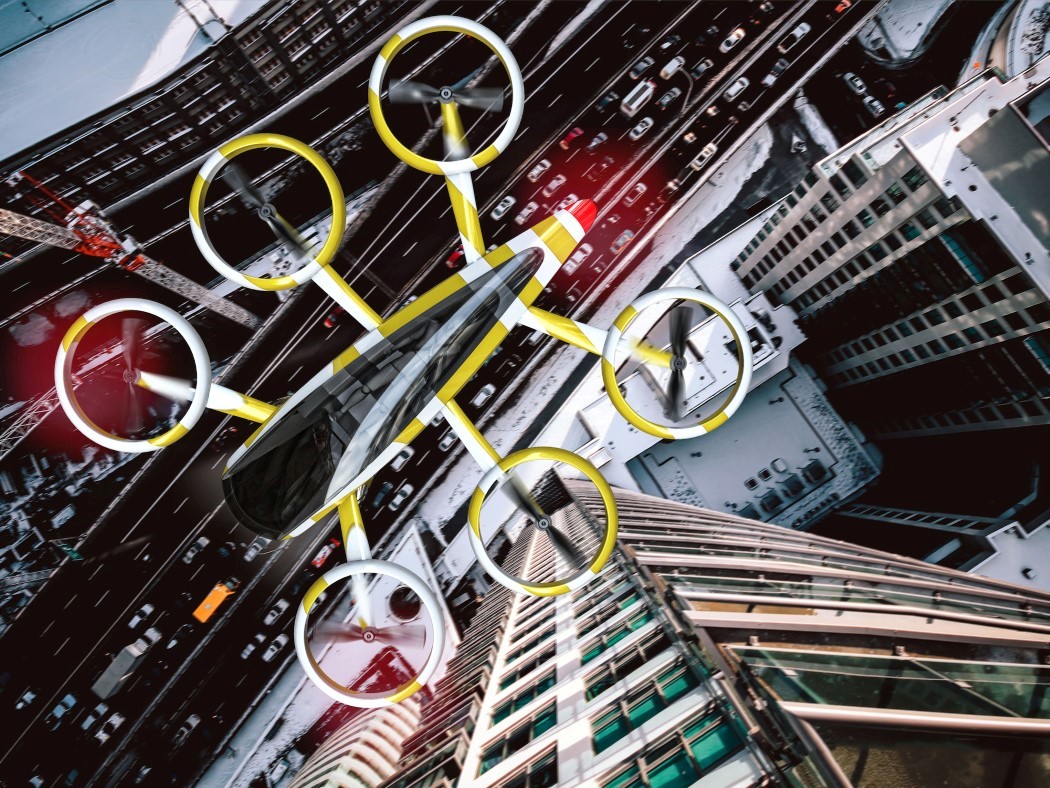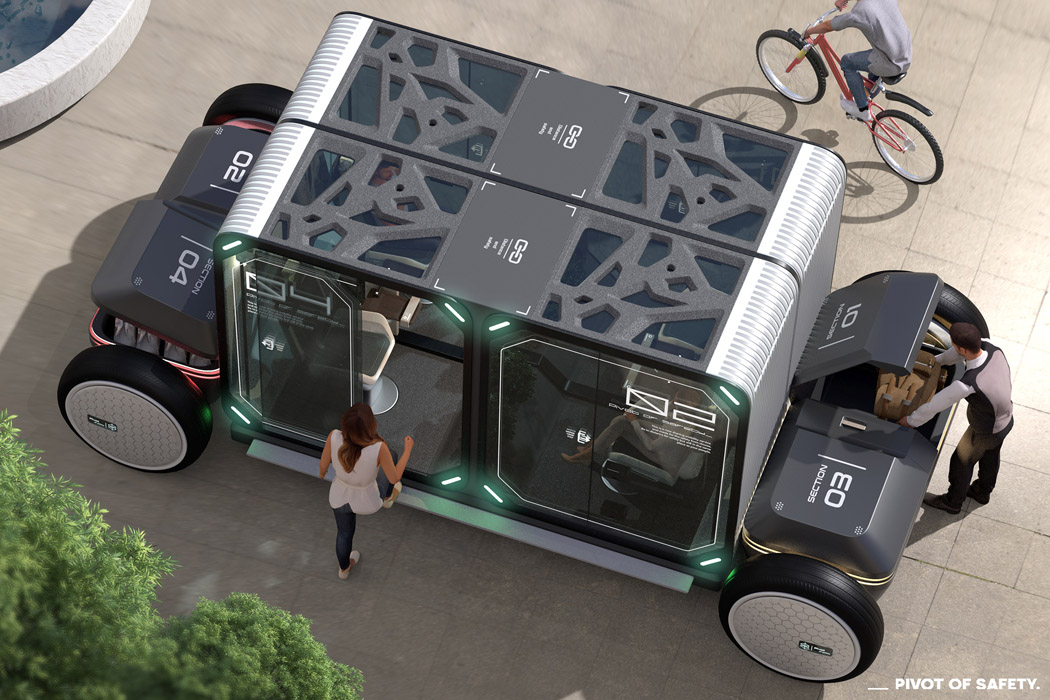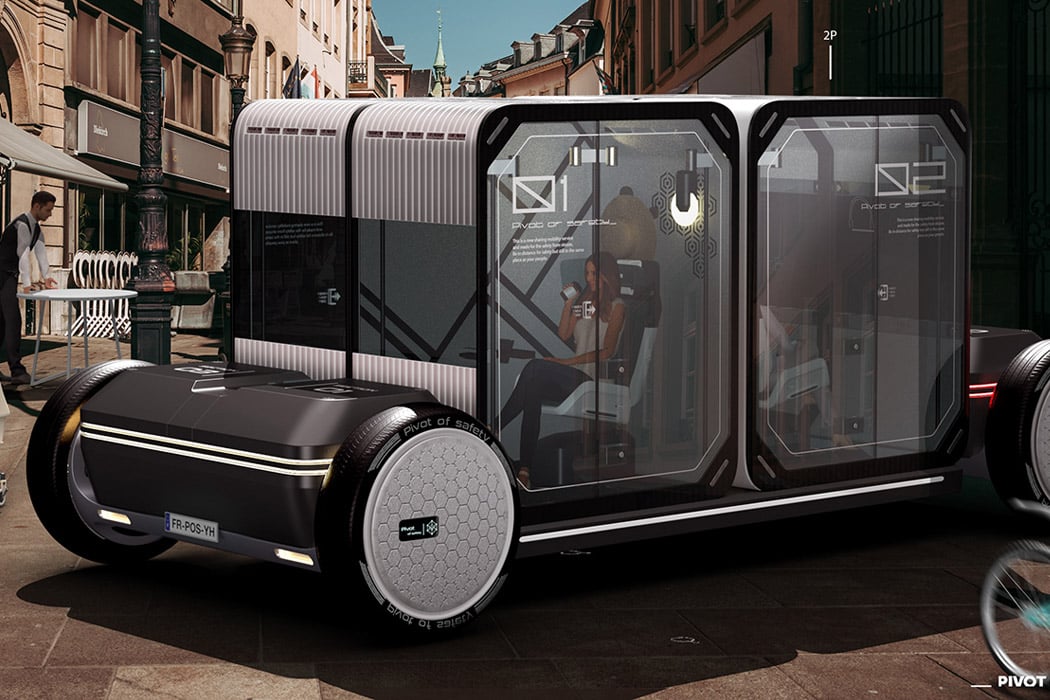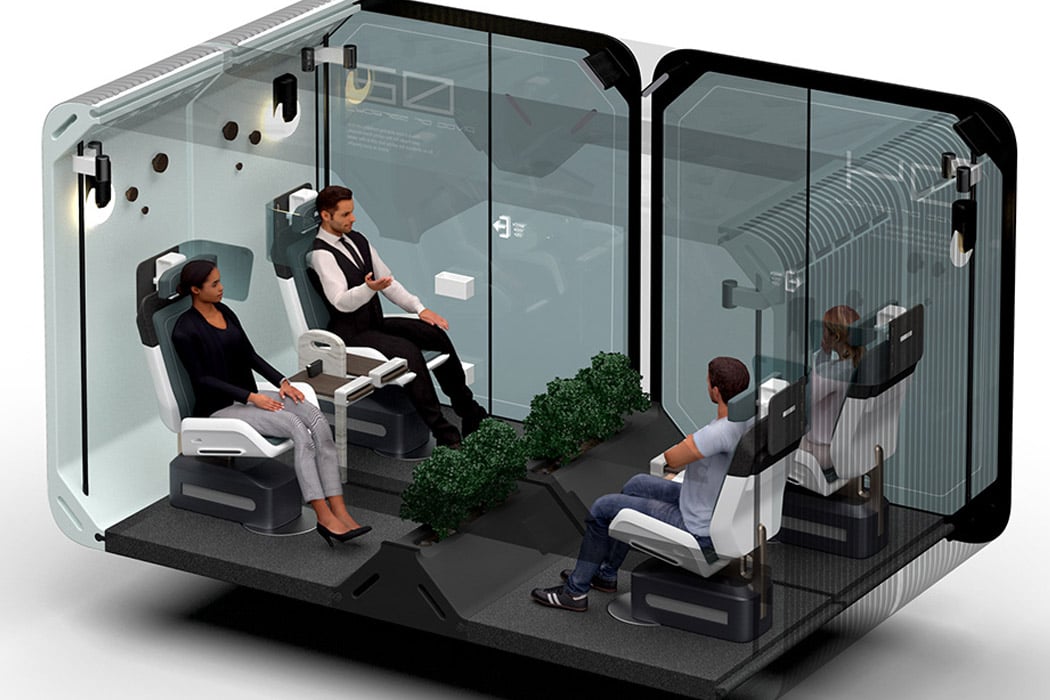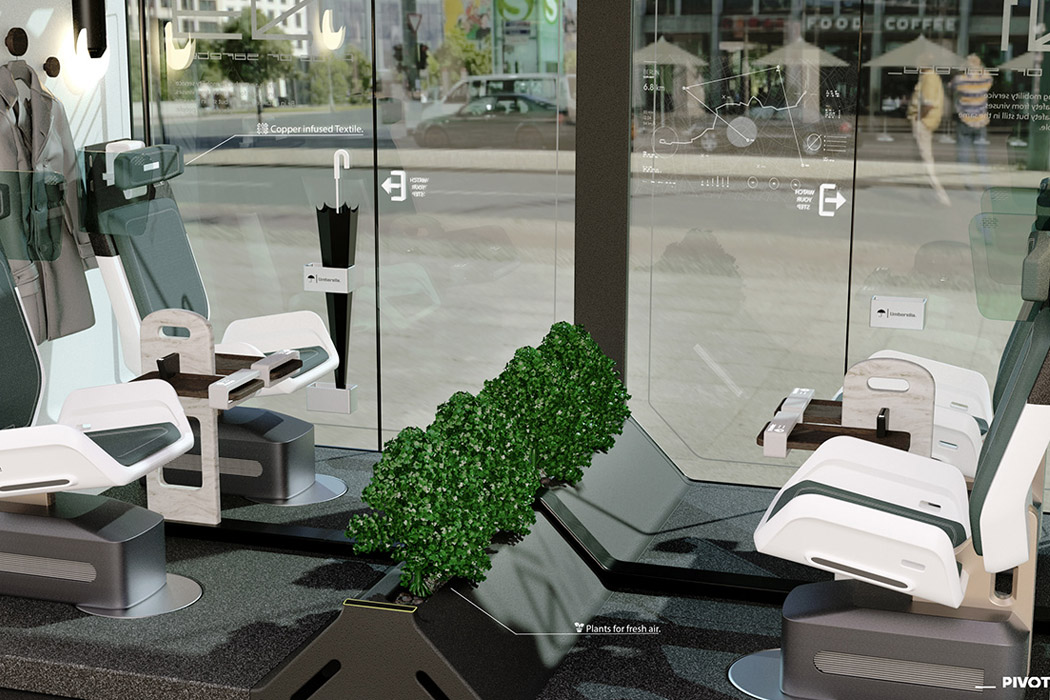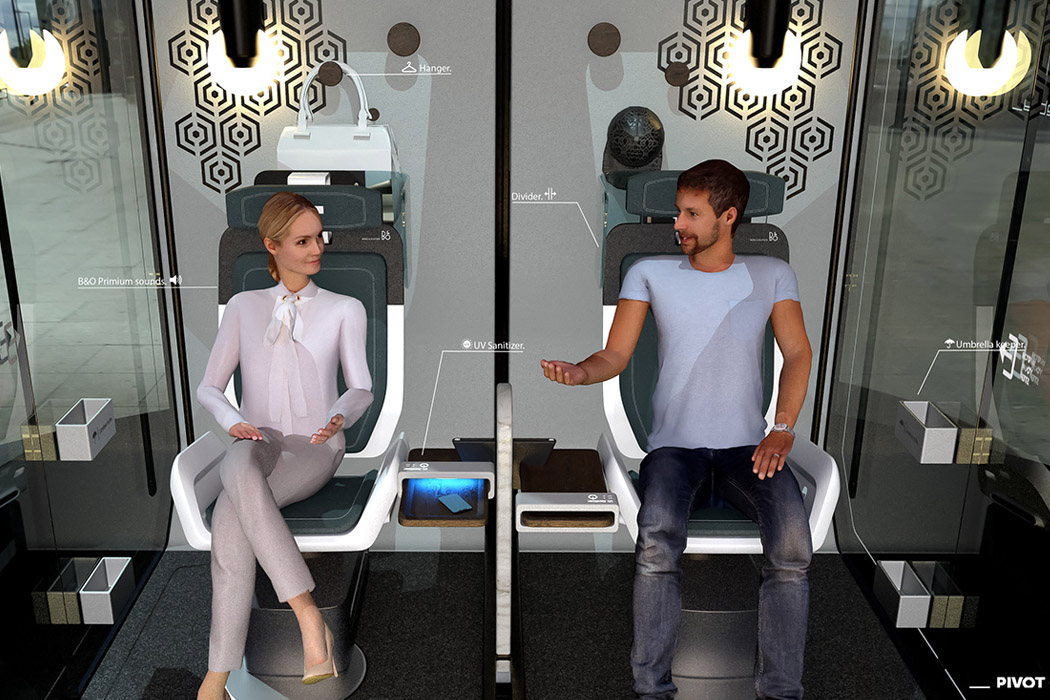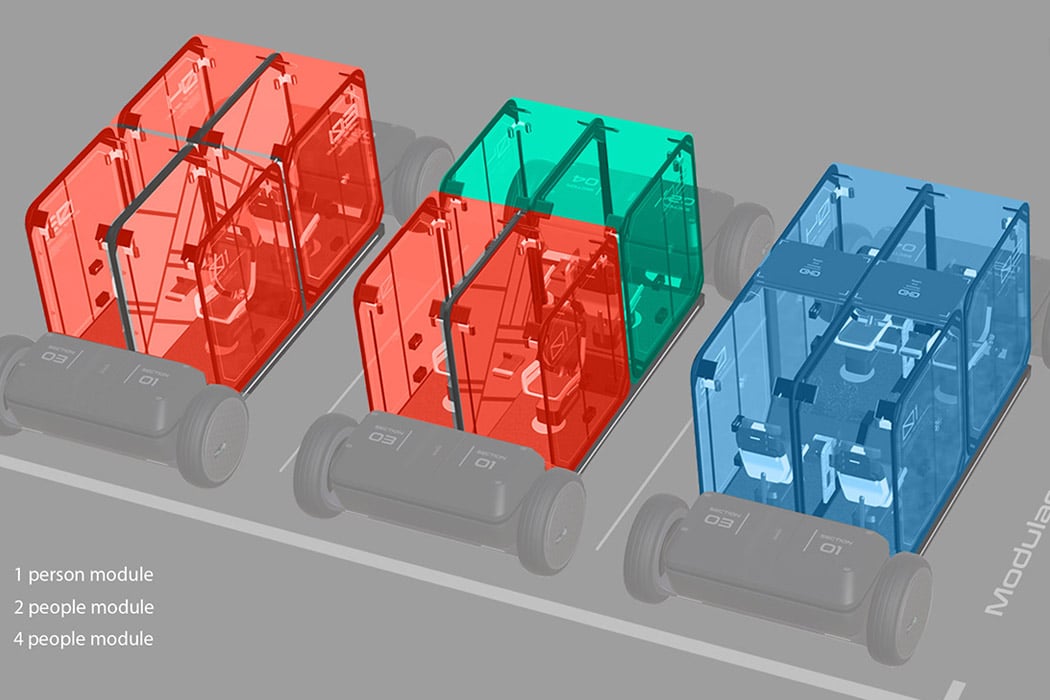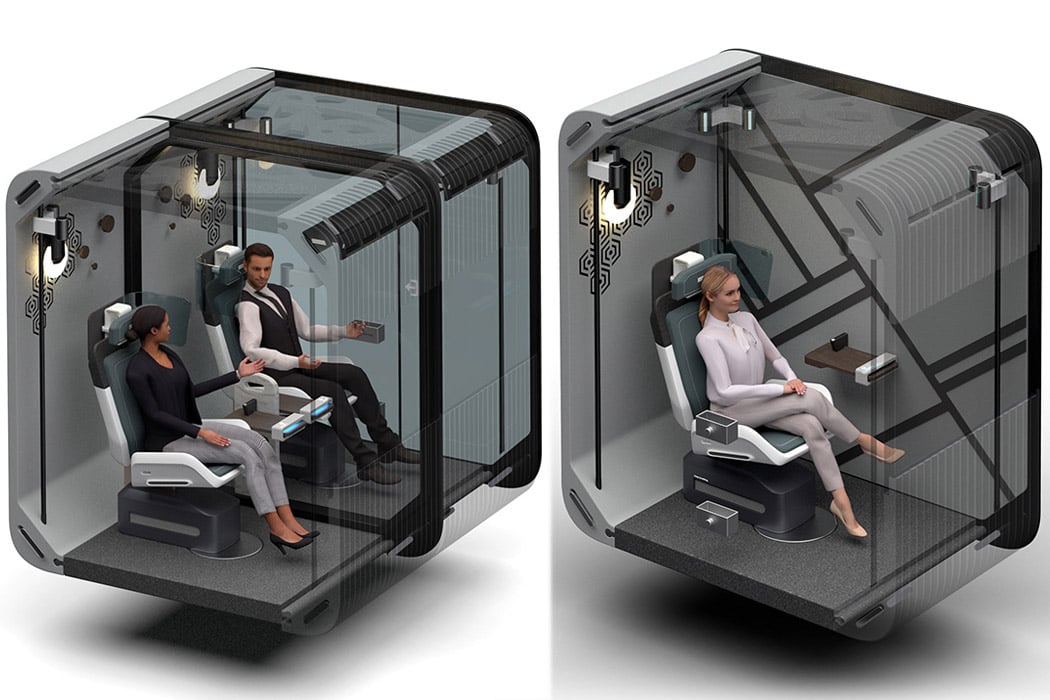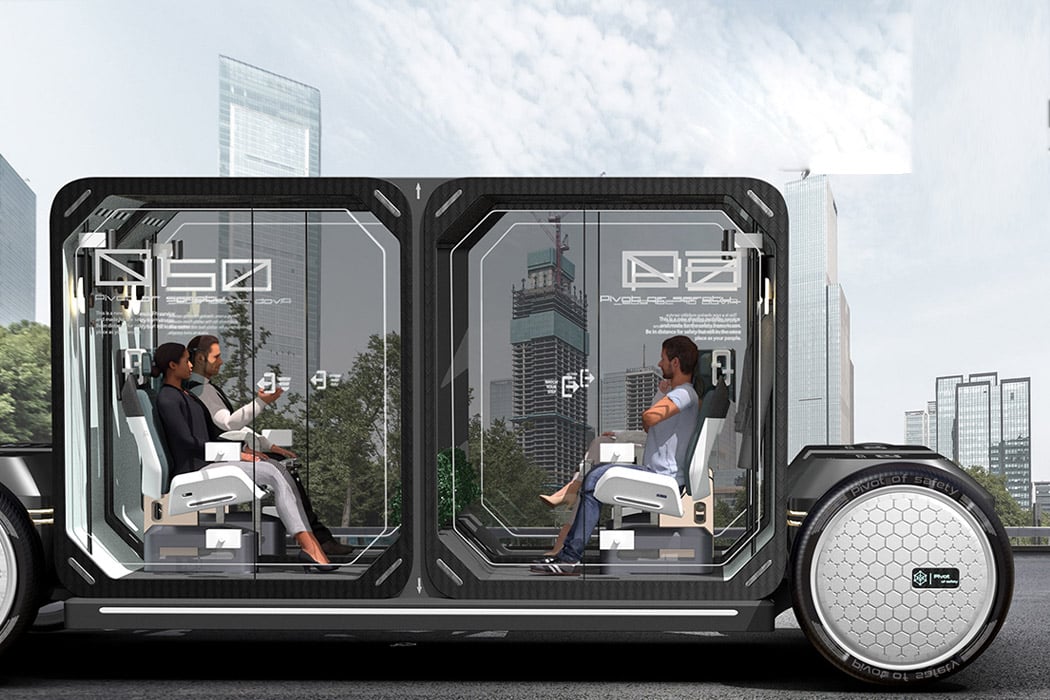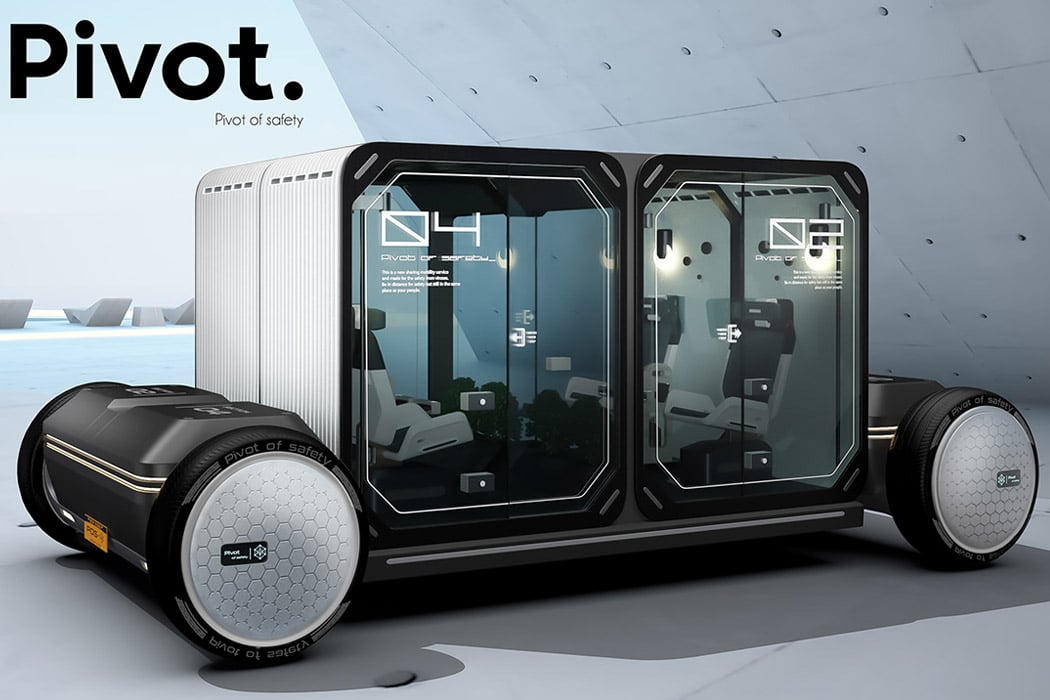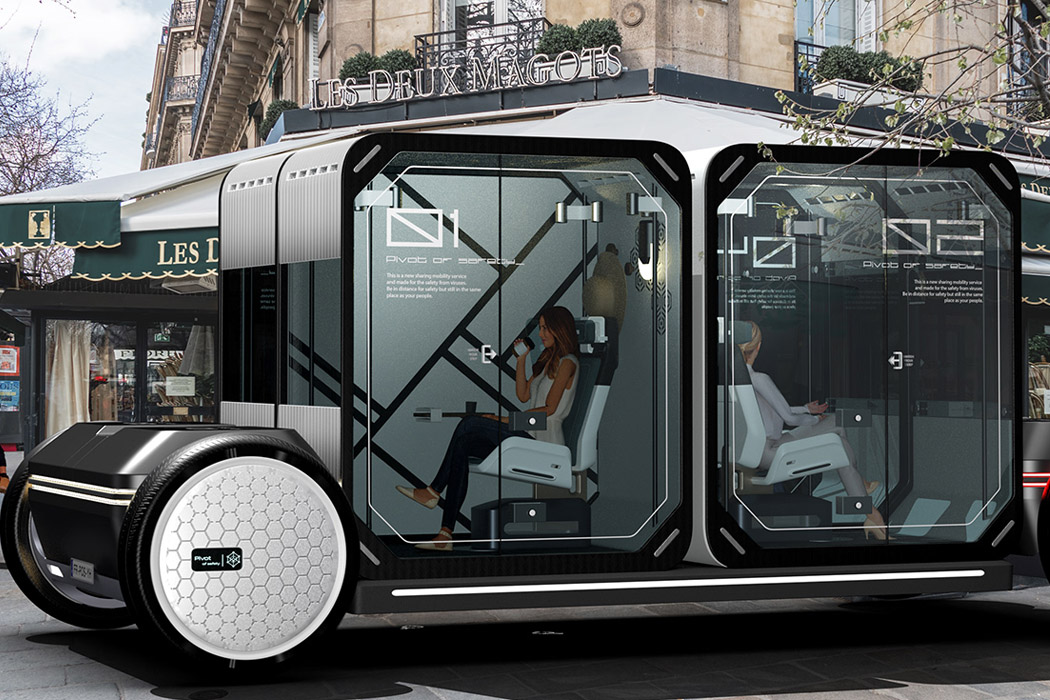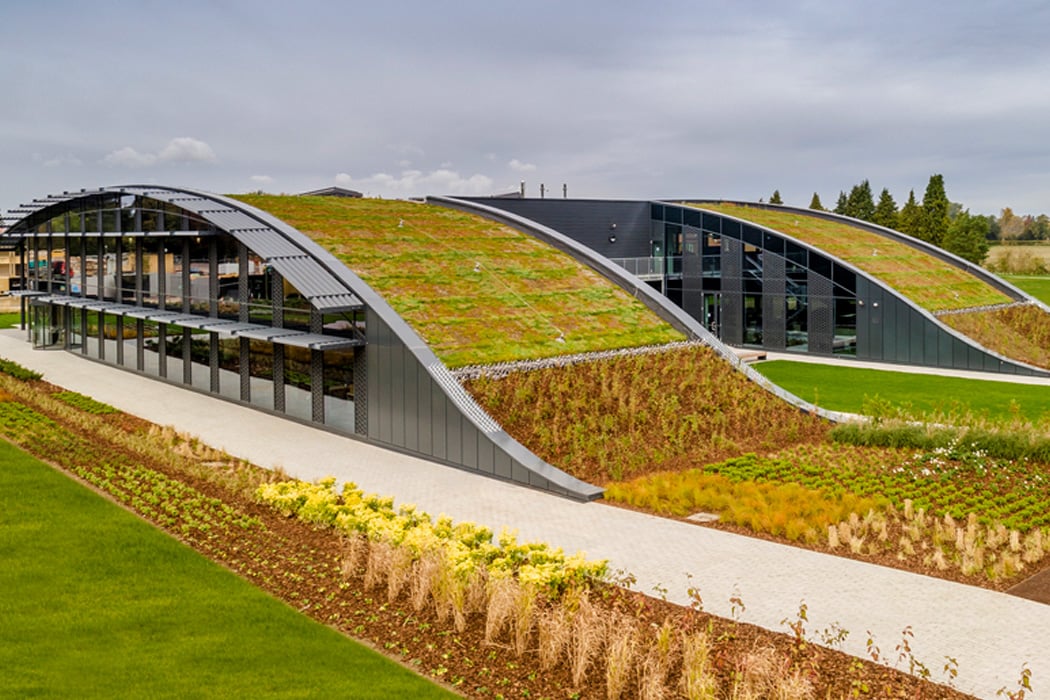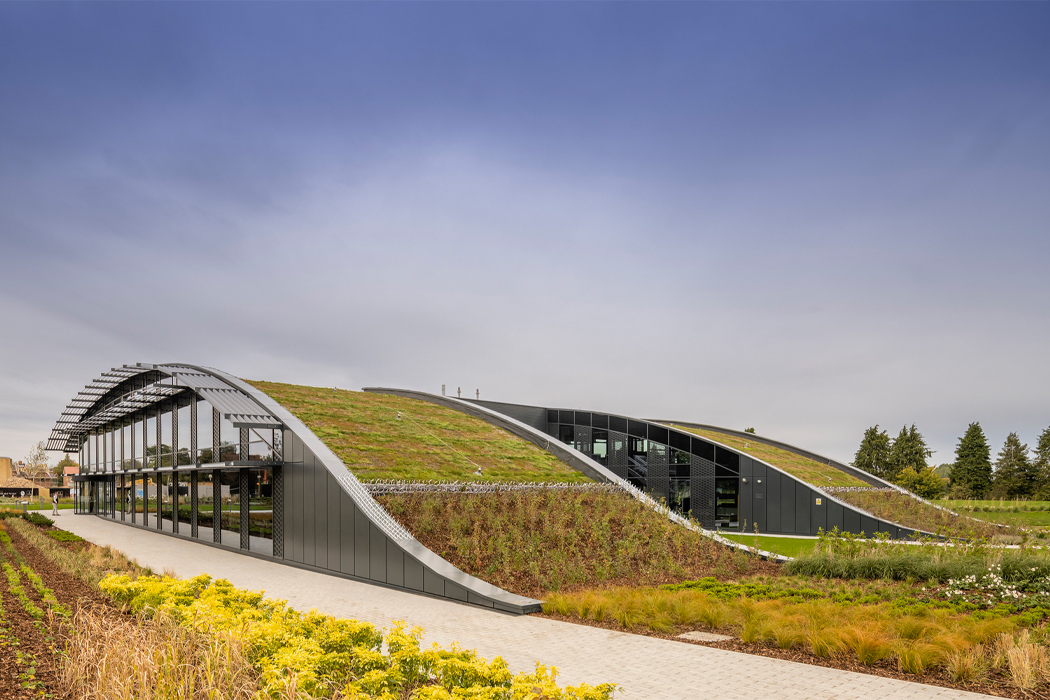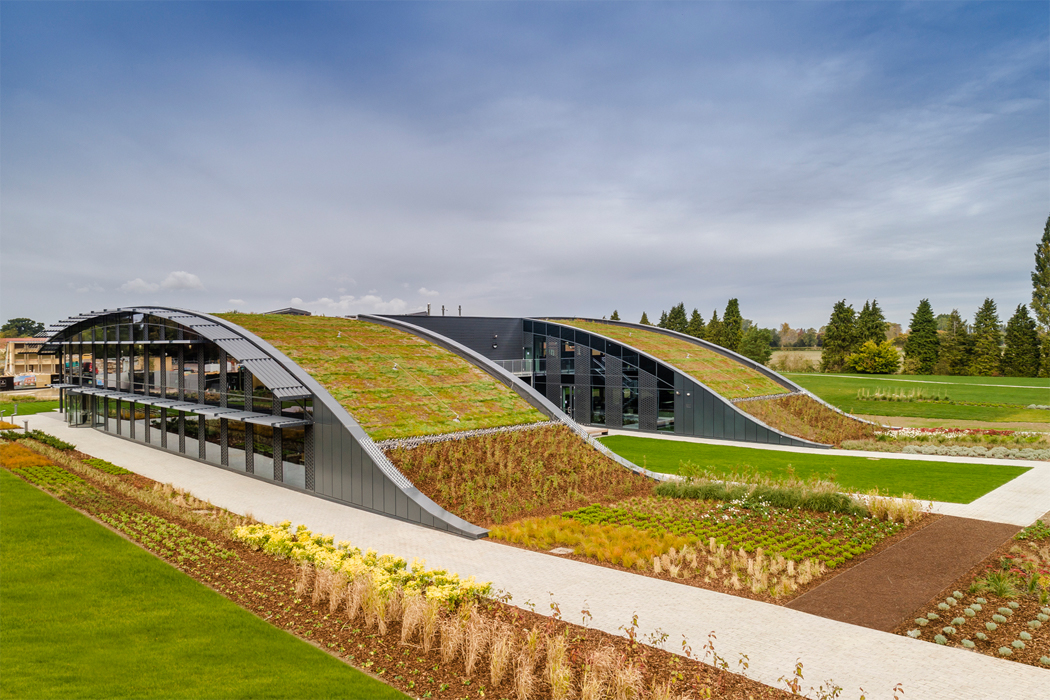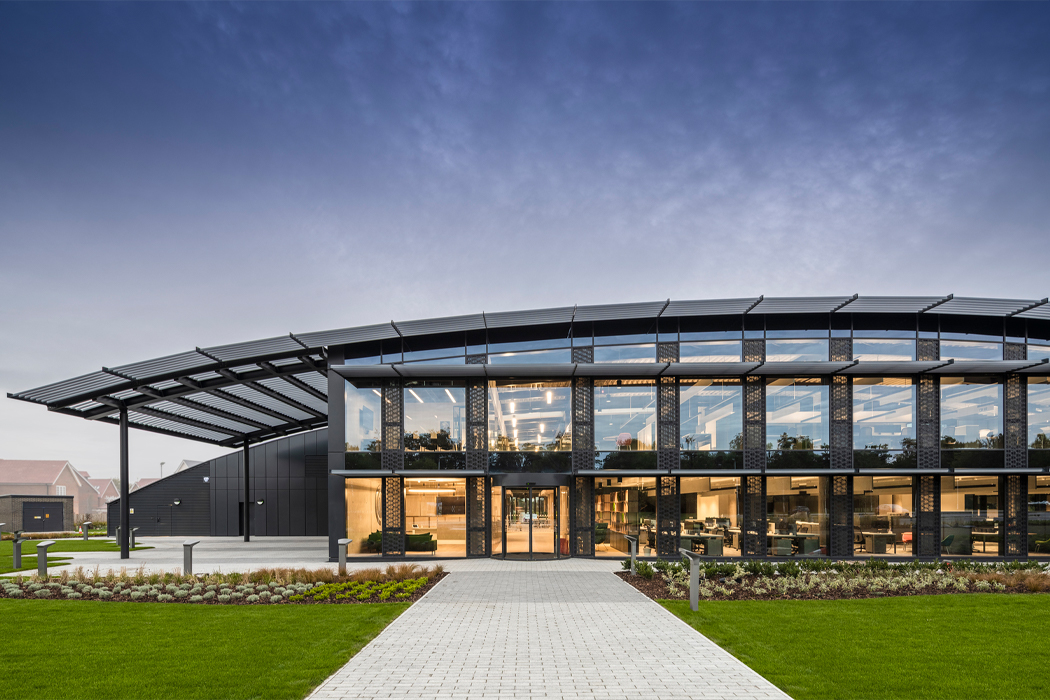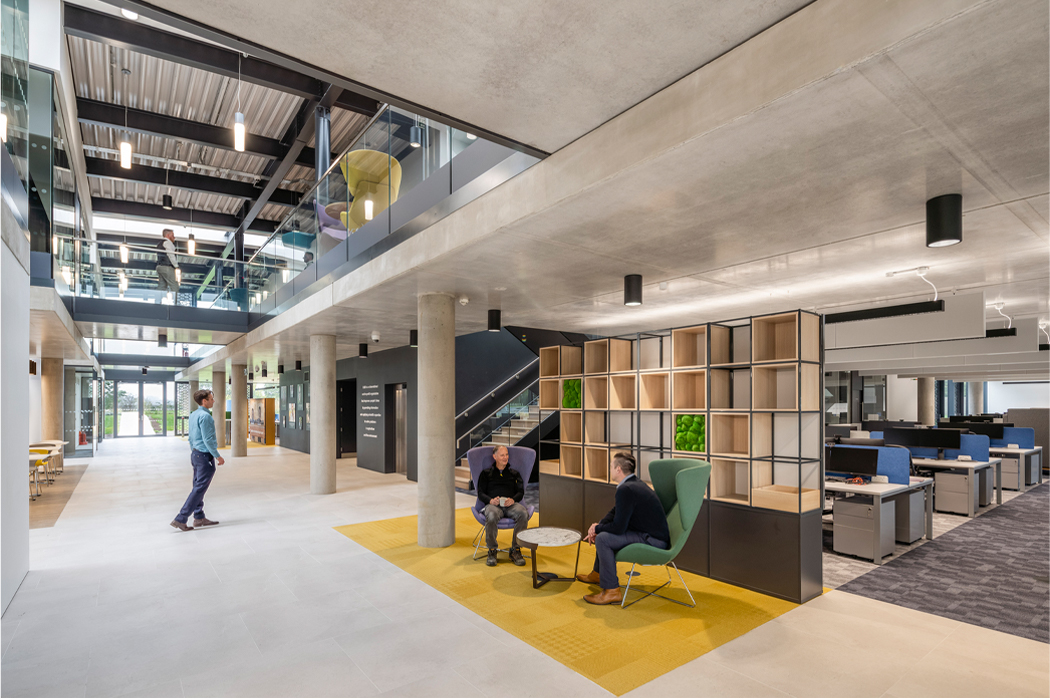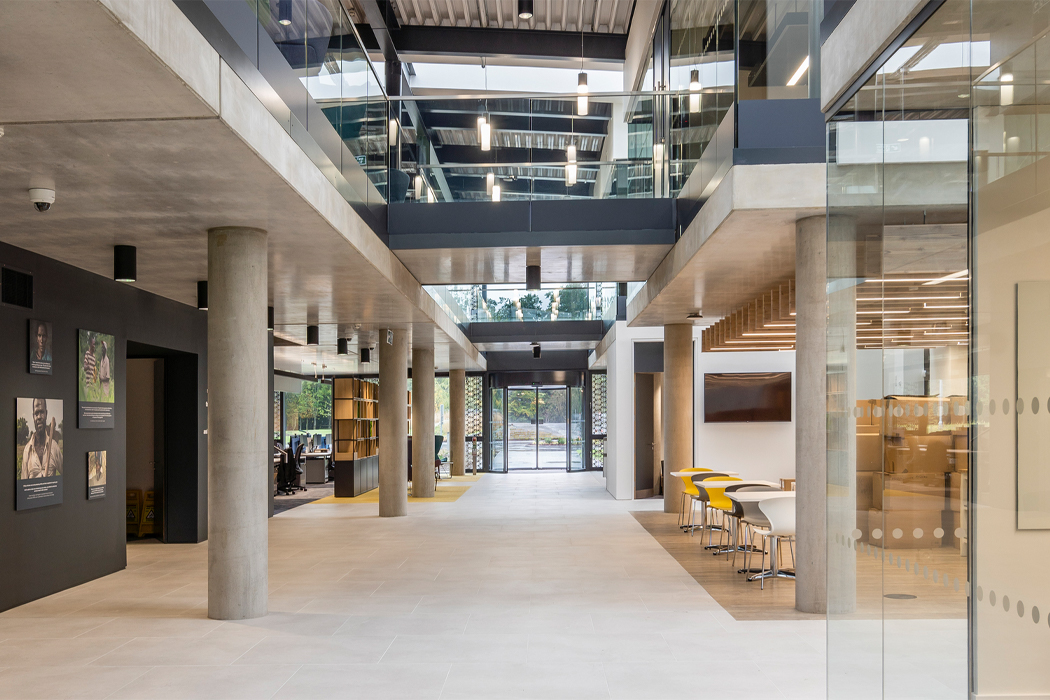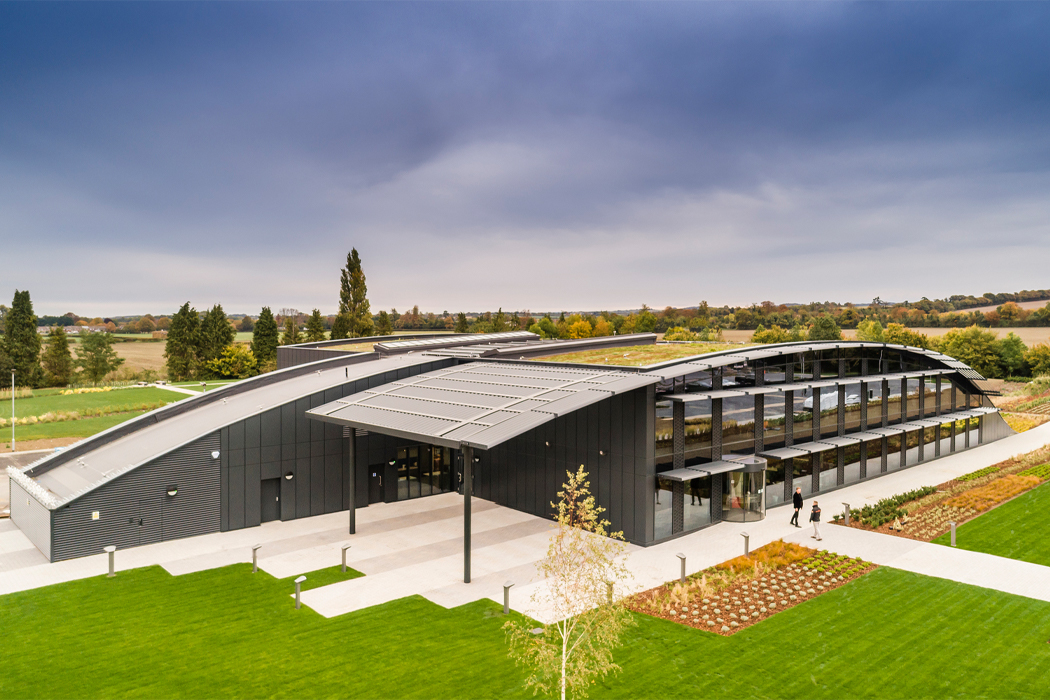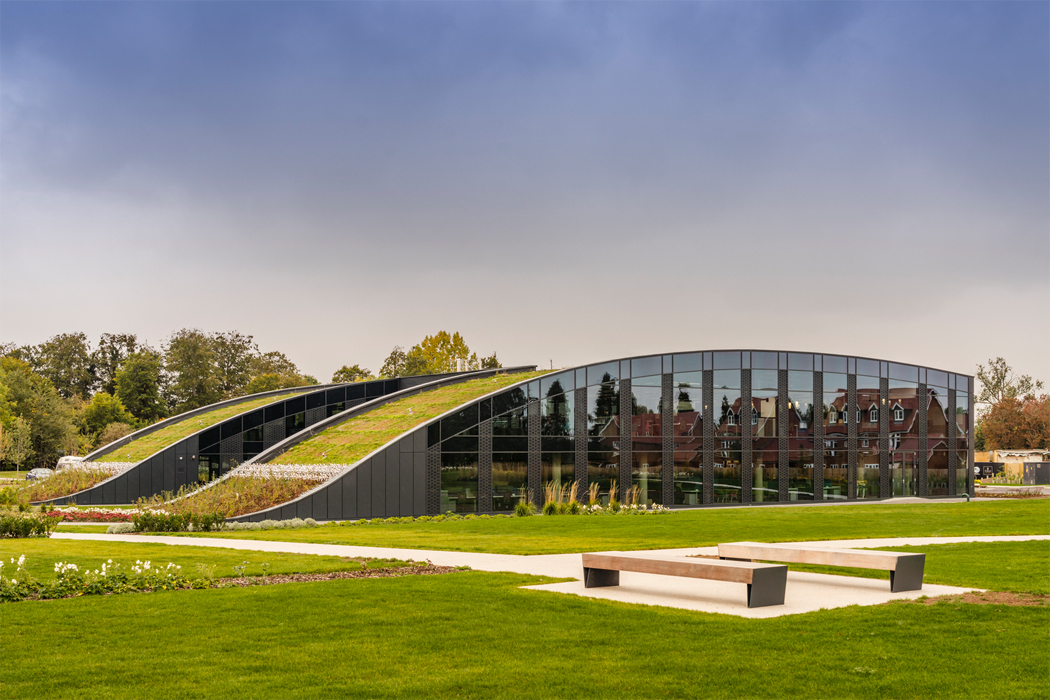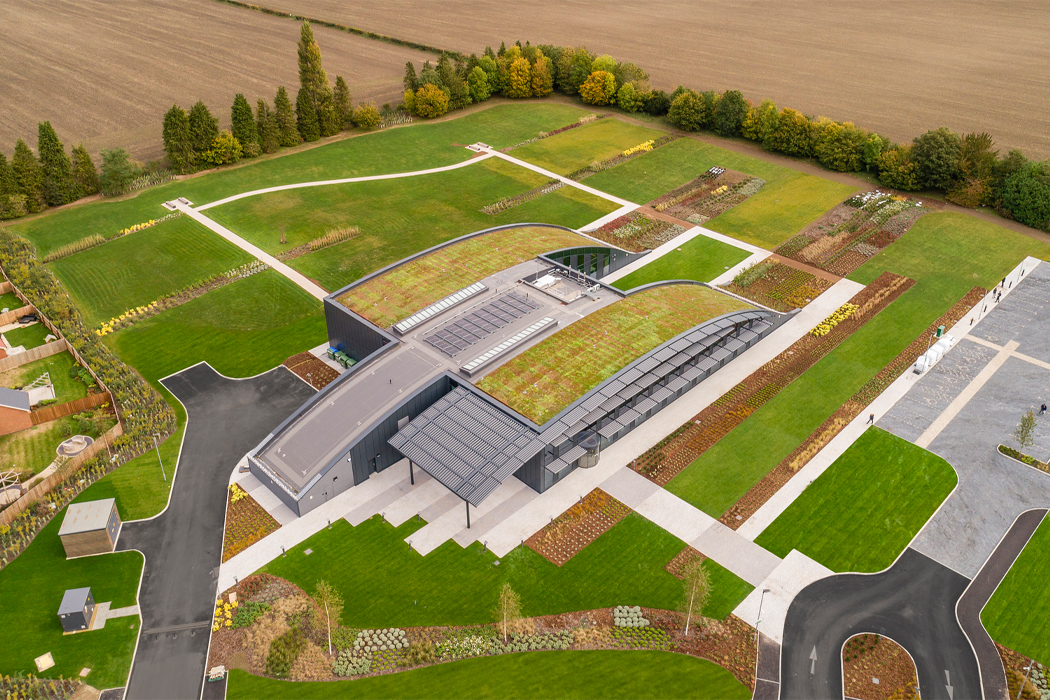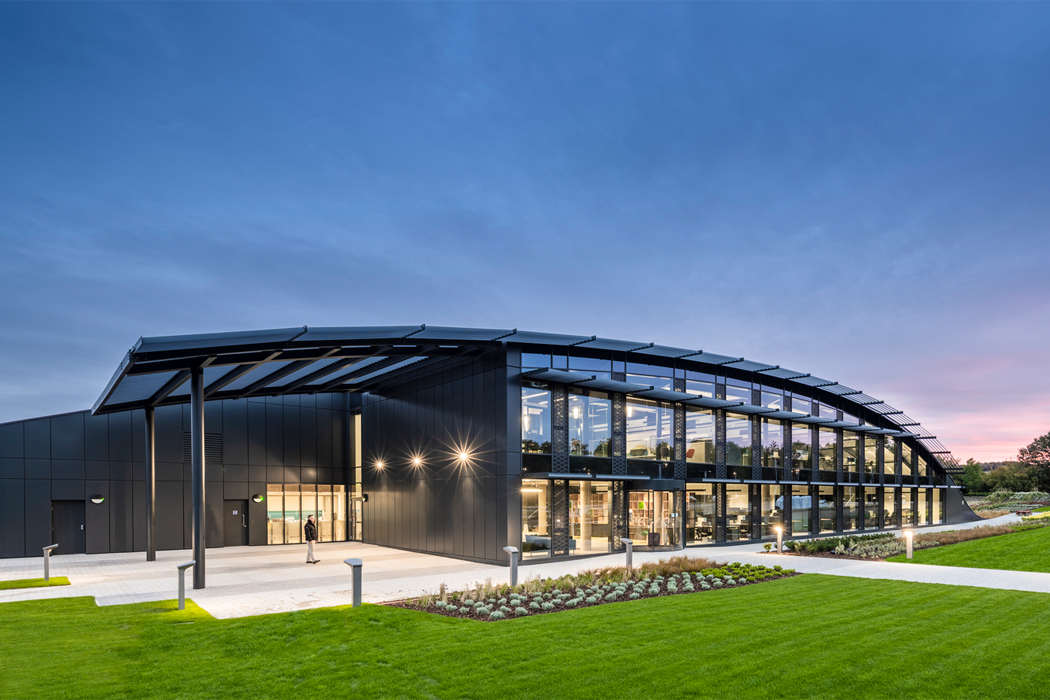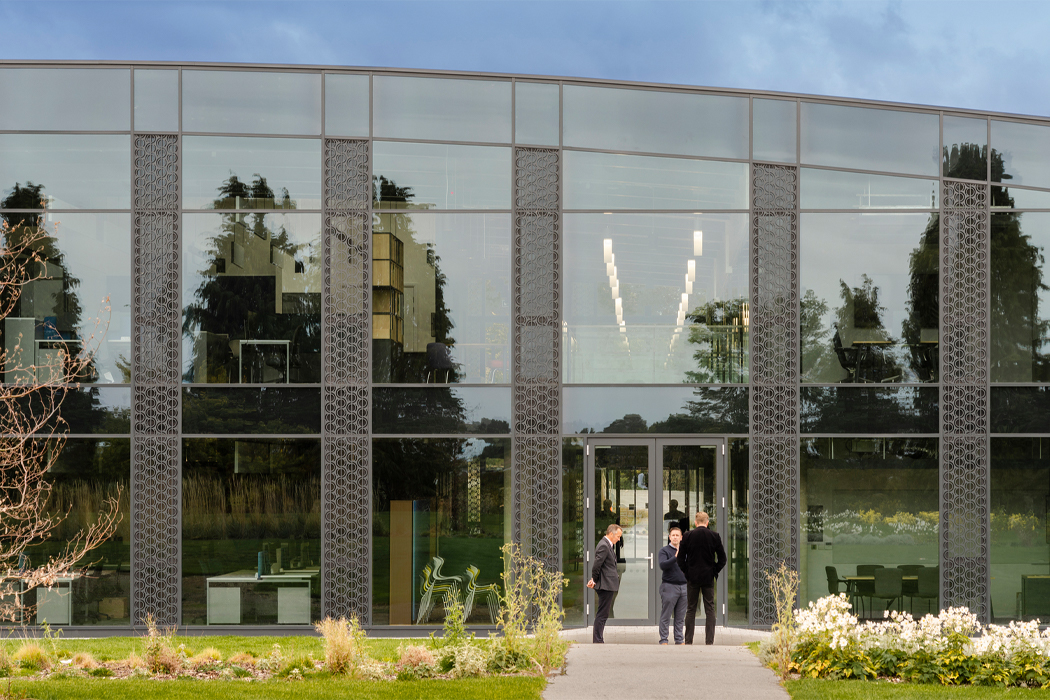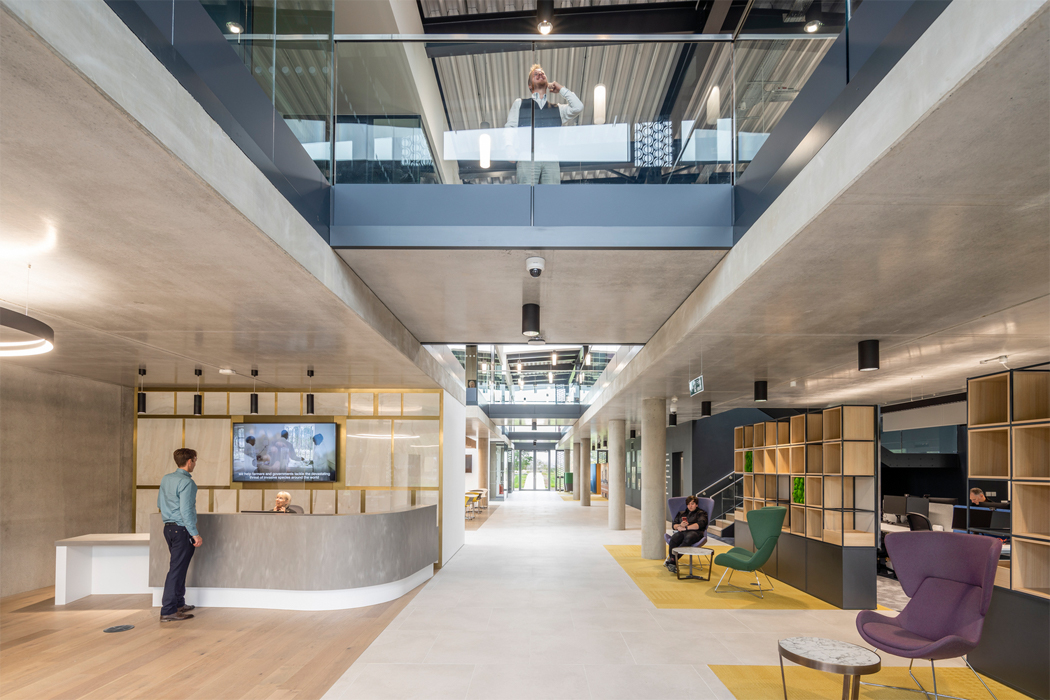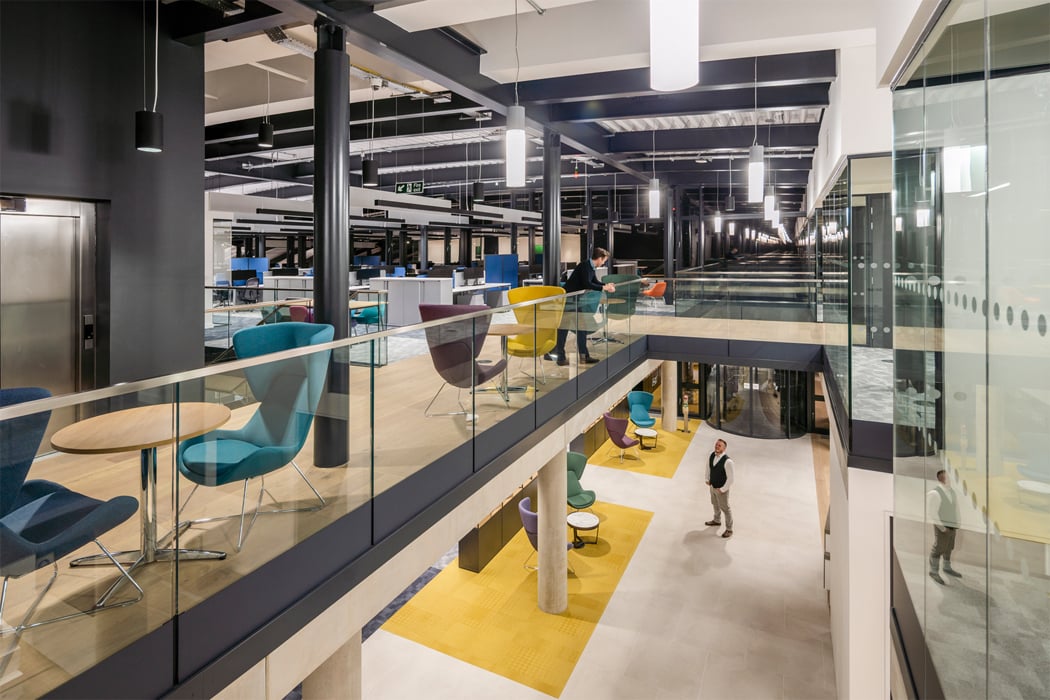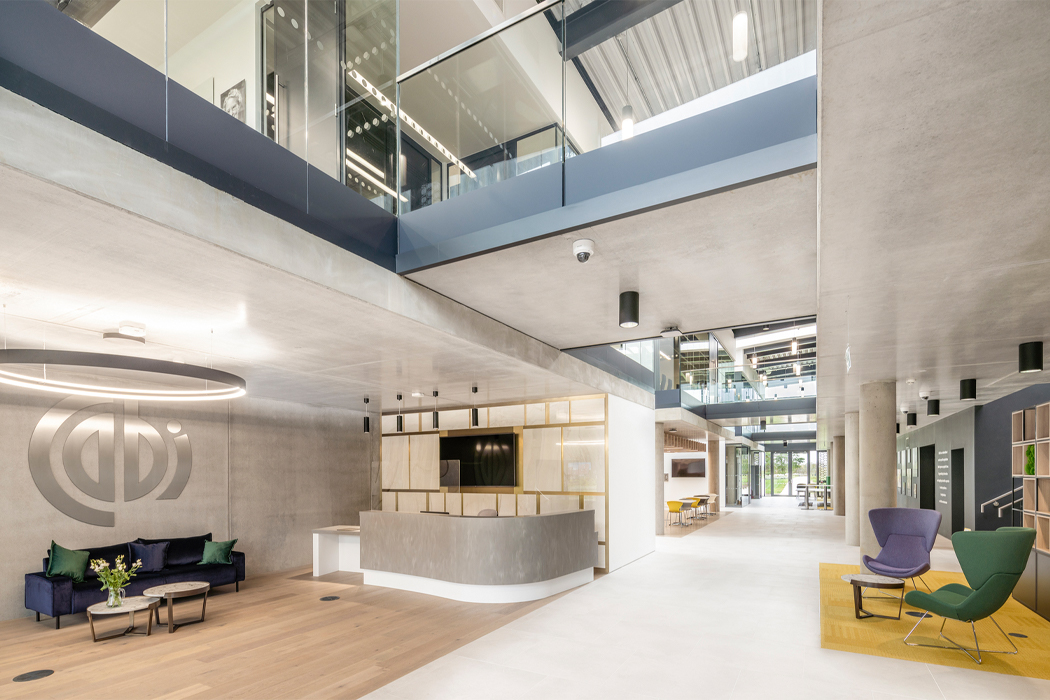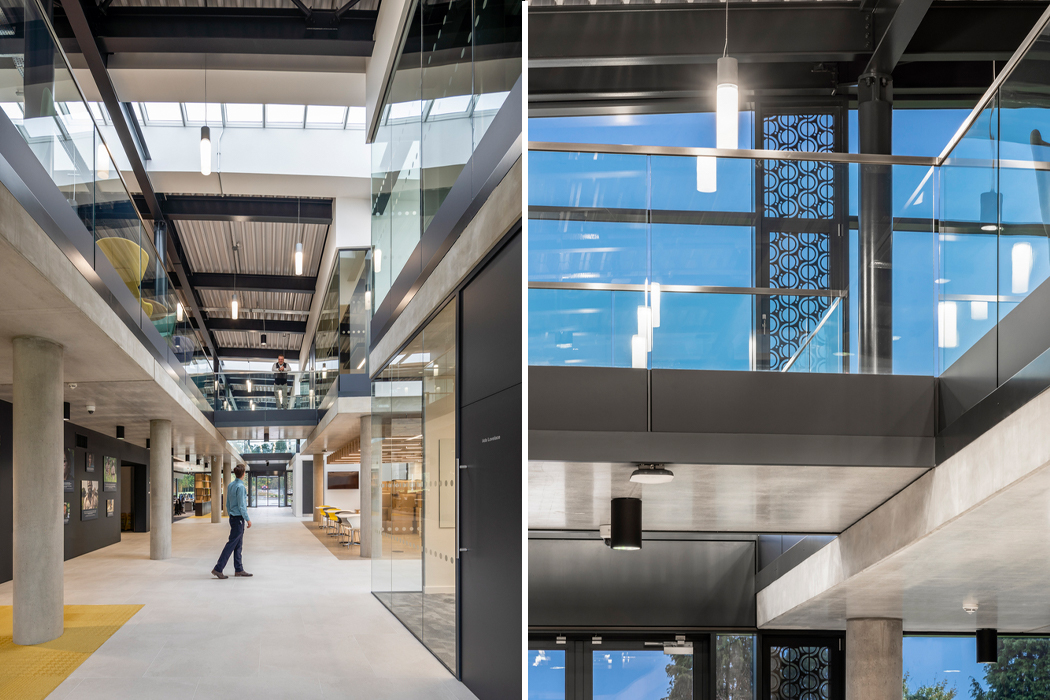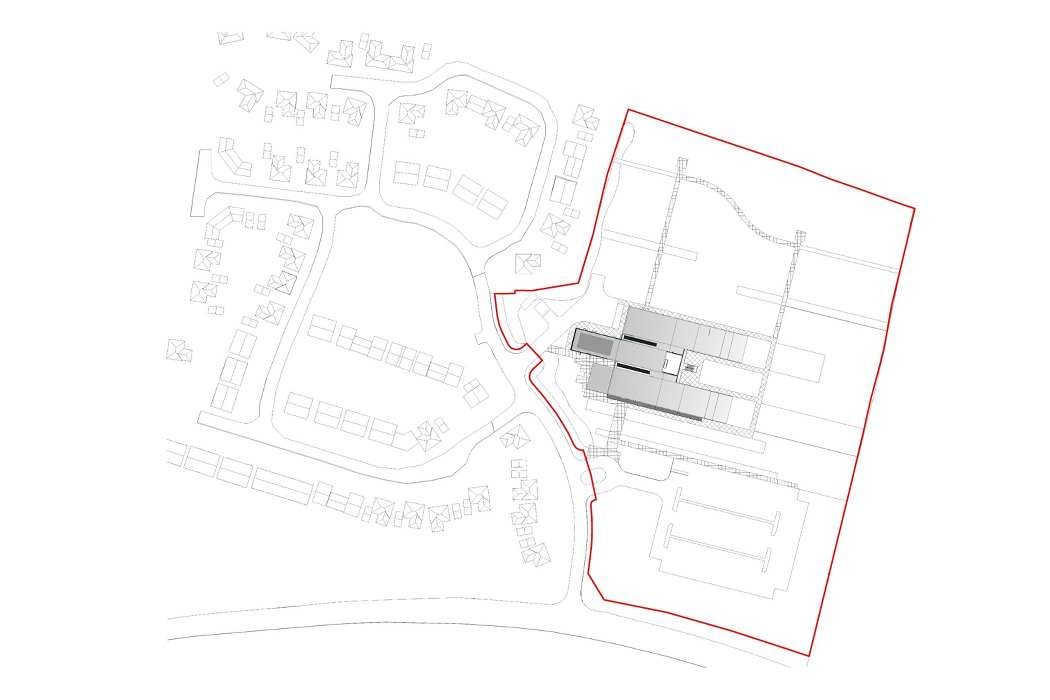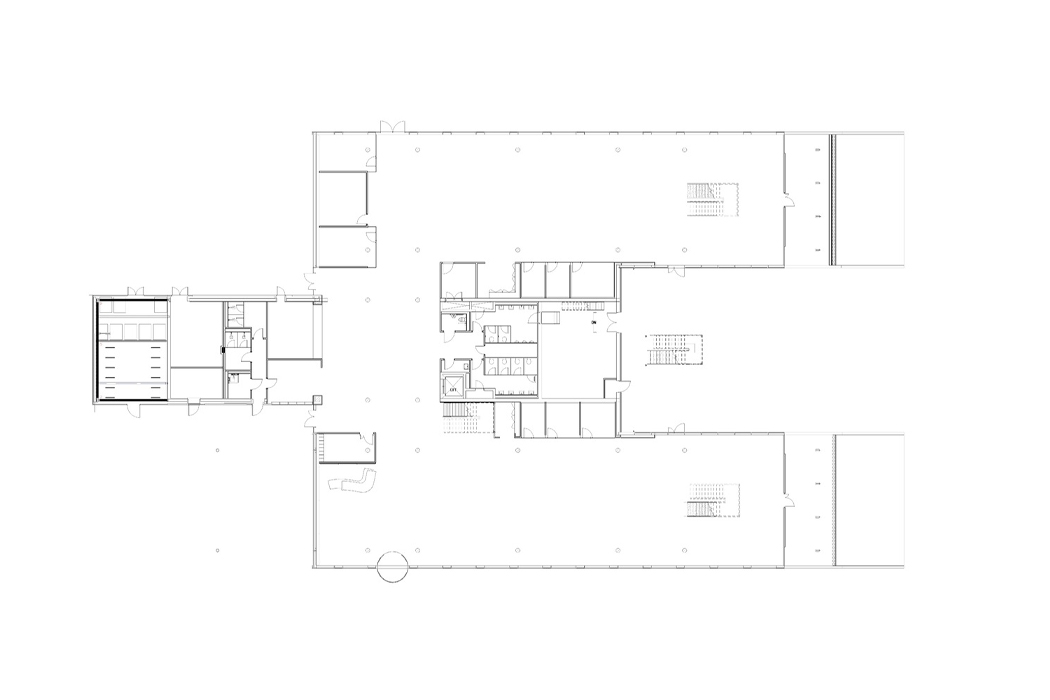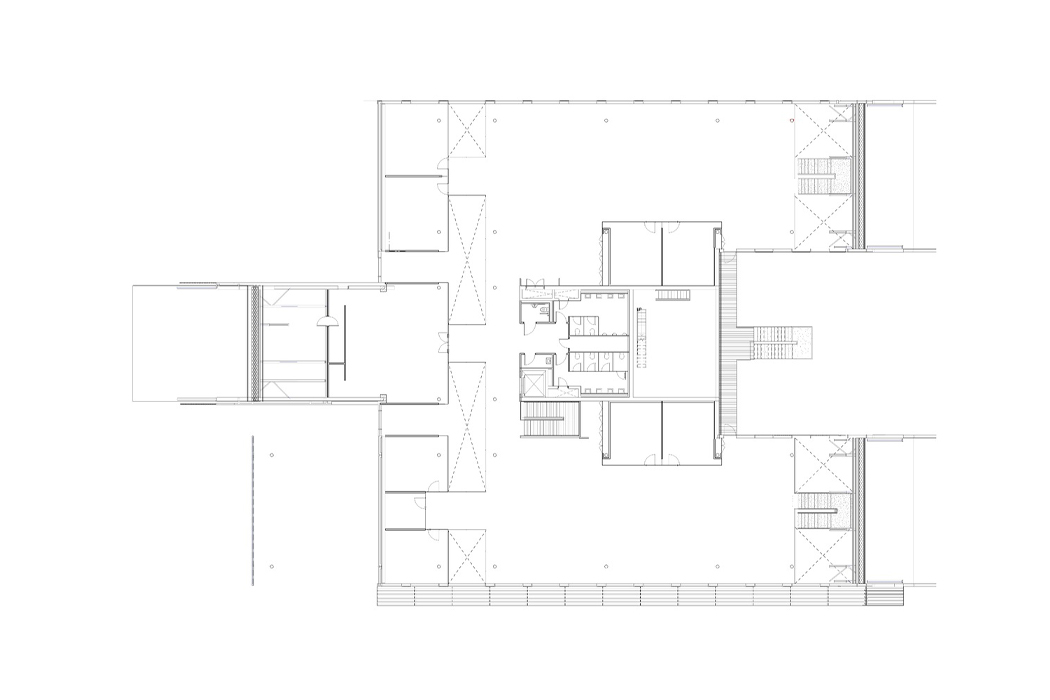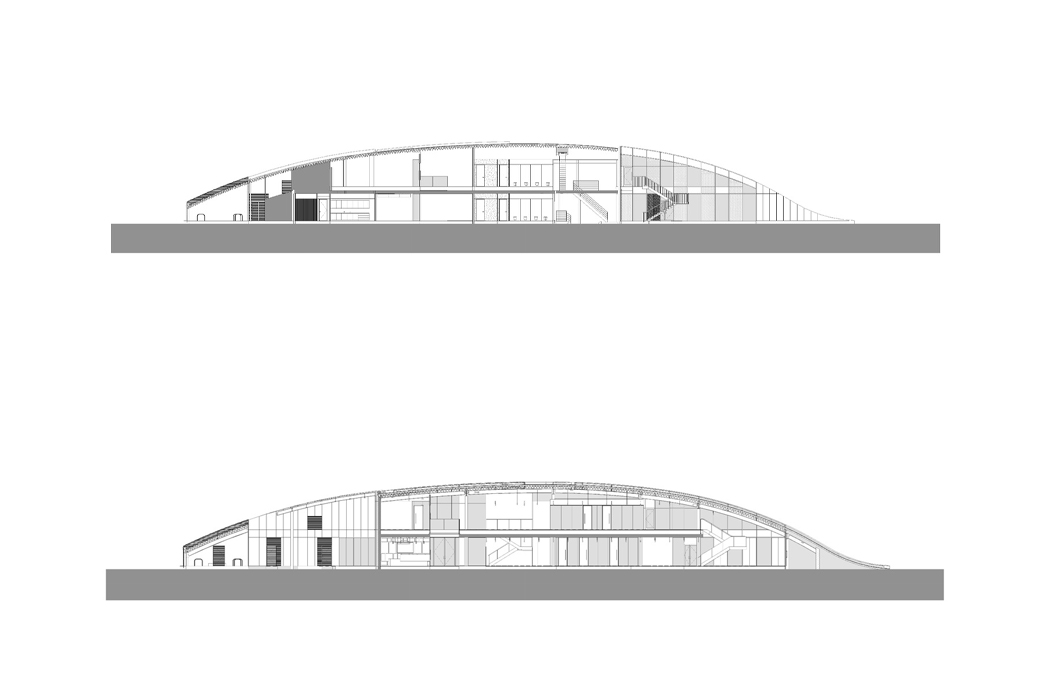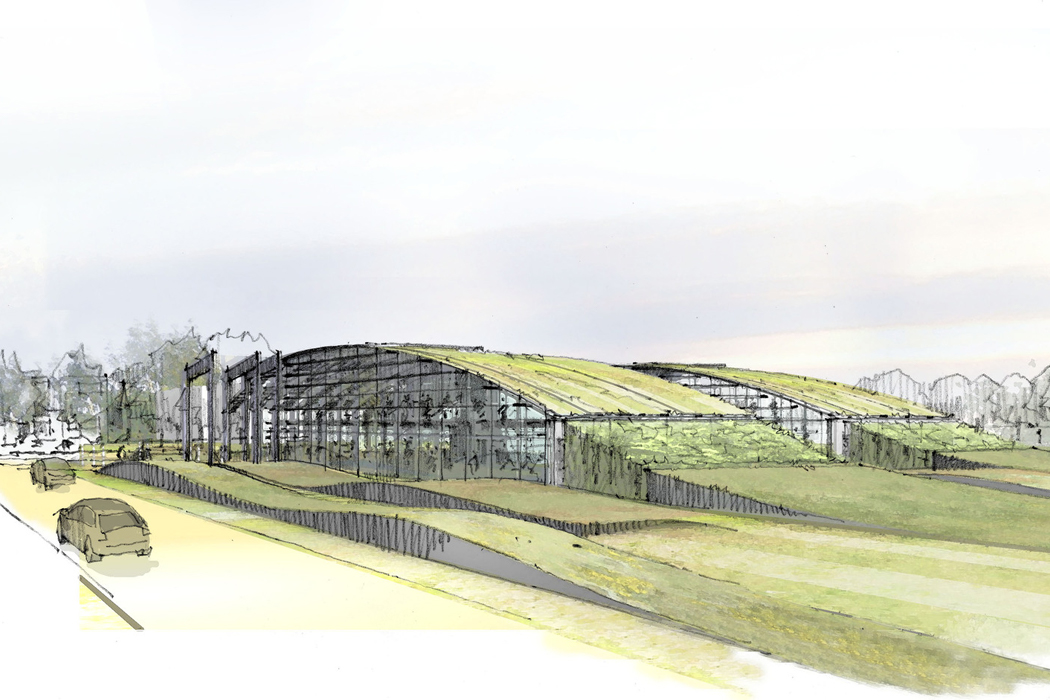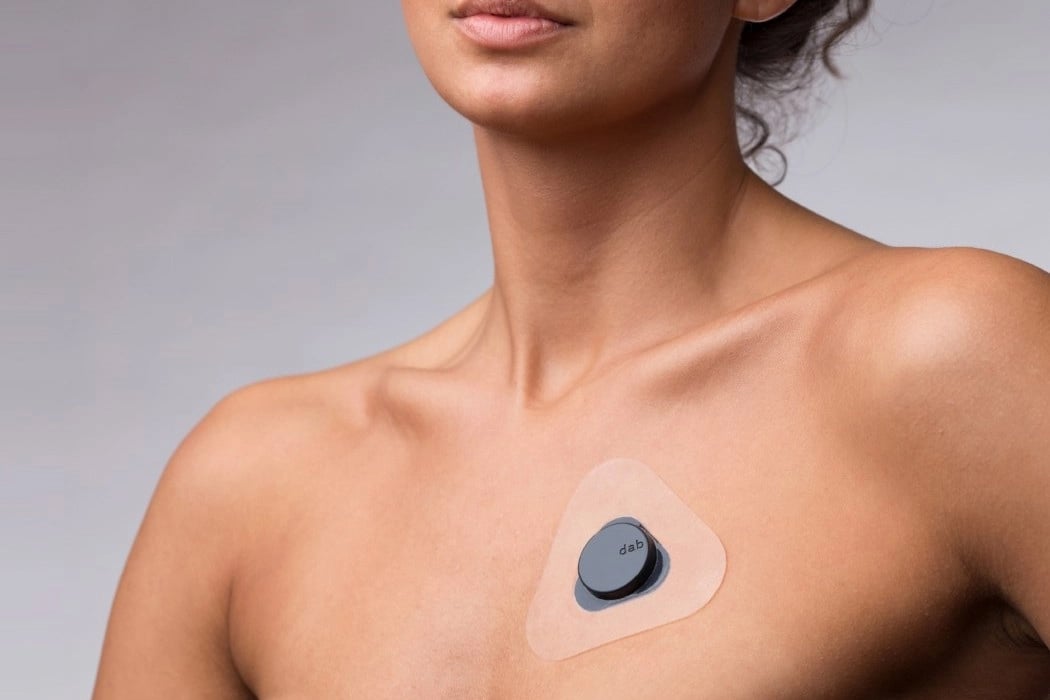
If there’s something that this pandemic has taught us it’s that health truly is wealth! We cannot take our health and well-being for granted, and a mindset of preparedness and precaution is extremely integral during such times. The medical industry has been making leaps and jumps in its innovations, to ensure such a brutal pandemic doesn’t occur again. Designers have been coming up with new and improved, life-saving medical designs that not only boost medical care but relieve some of the pressure from our tireless medical force. From a nifty gadget that turns your bed into an auto-reclining vitals-tracking smart bed to an intelligent knee brace, these designs tackle a variety of problems in the health and medical field. They’re a boon to modern healthcare and a reminder that we cannot take our health for granted any longer!
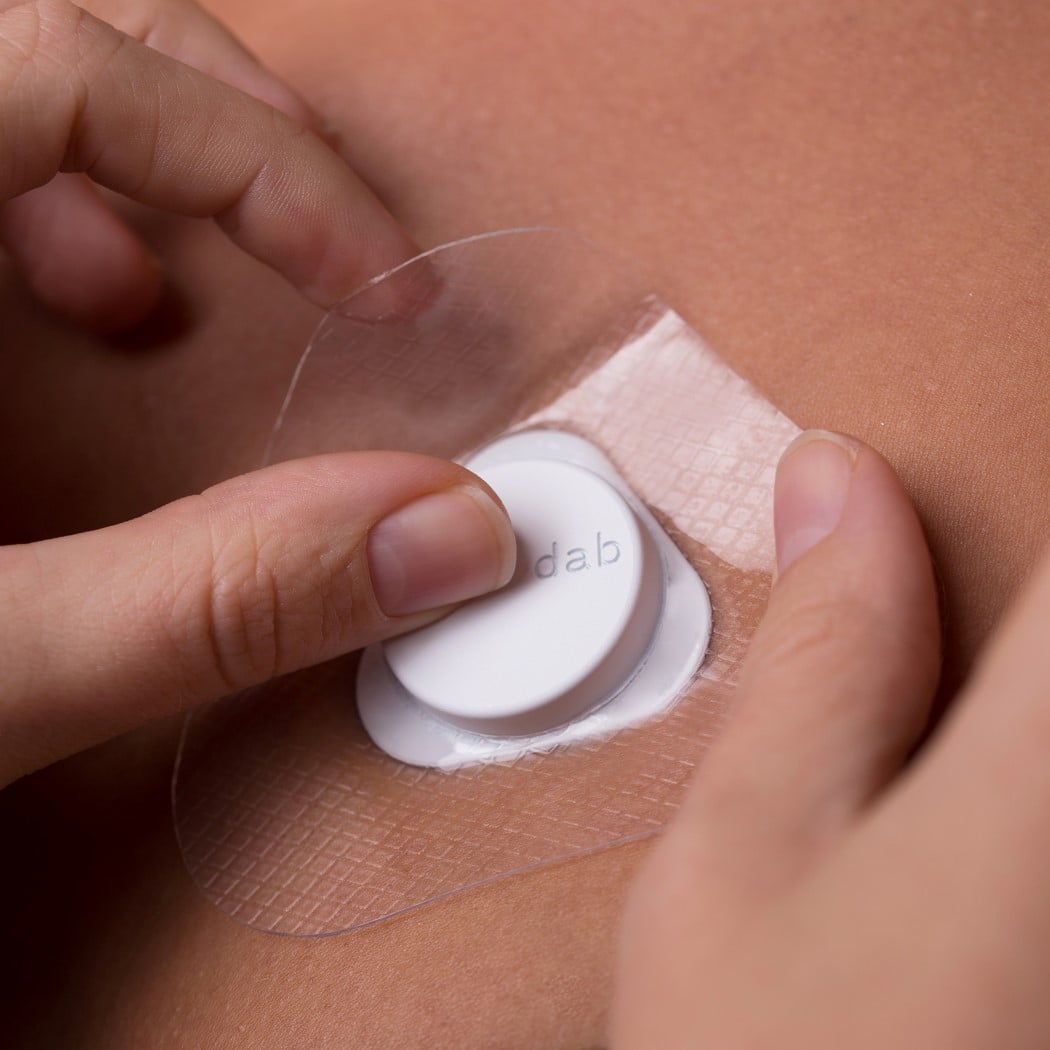
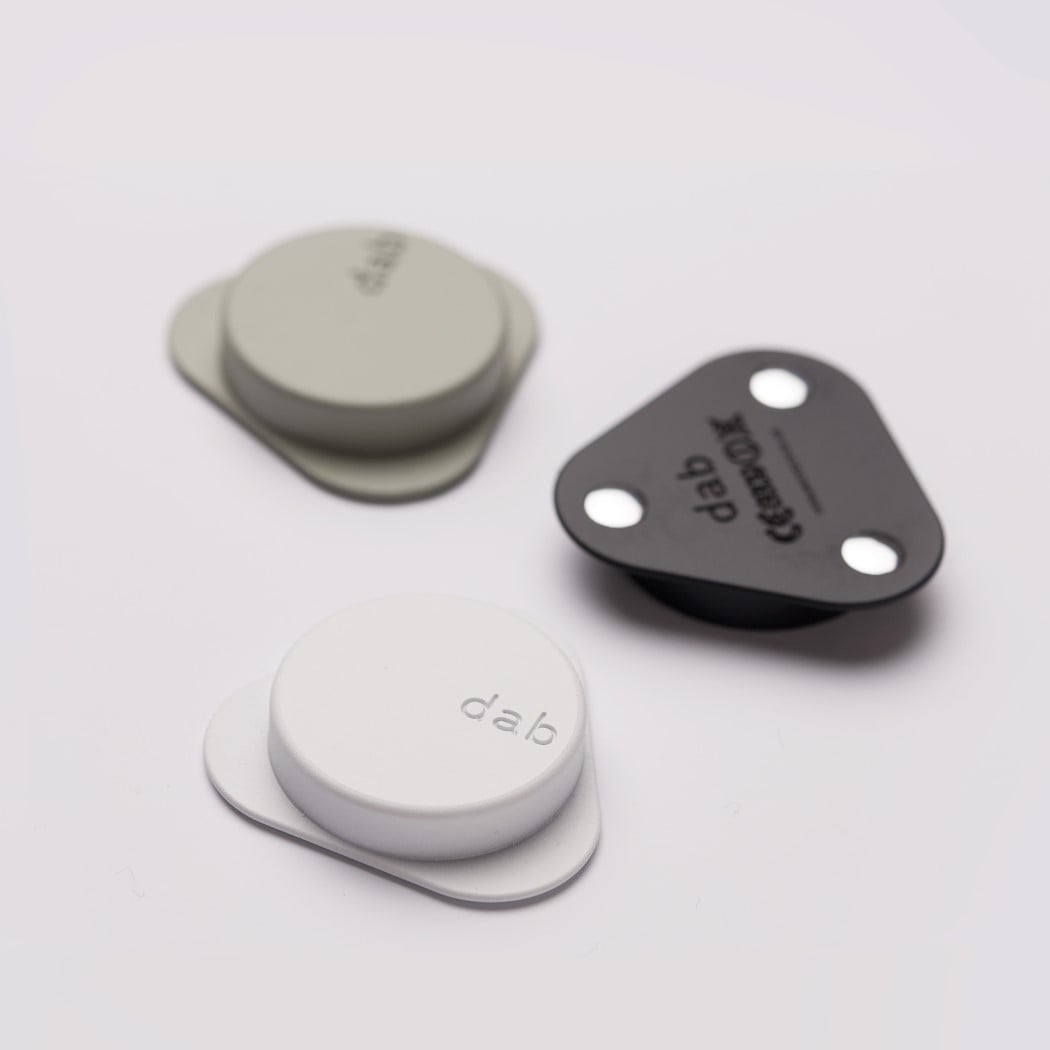
Literally, the size of a quarter, Adam Miklosi’s Dab is an unobtrusive Holter ECG/EKG that rests comfortably on your chest, constantly reading your heart’s movements. Designed to be minimal, non-invasive, and simple, the Dab tries to bridge the gap between medical appliances and wearables. Its tiny yet classy design sits on your chest via a gel patch, while the electrodes capture your heart activity. The Dab’s dry-electrodes allow it to be used and reused, while constantly measure one’s heart activity (requiring periodic charging via their wireless charging hub), and keep logs of accurate readings, quietly sitting on your chest while you absolutely forget that they’re even there in the first place!
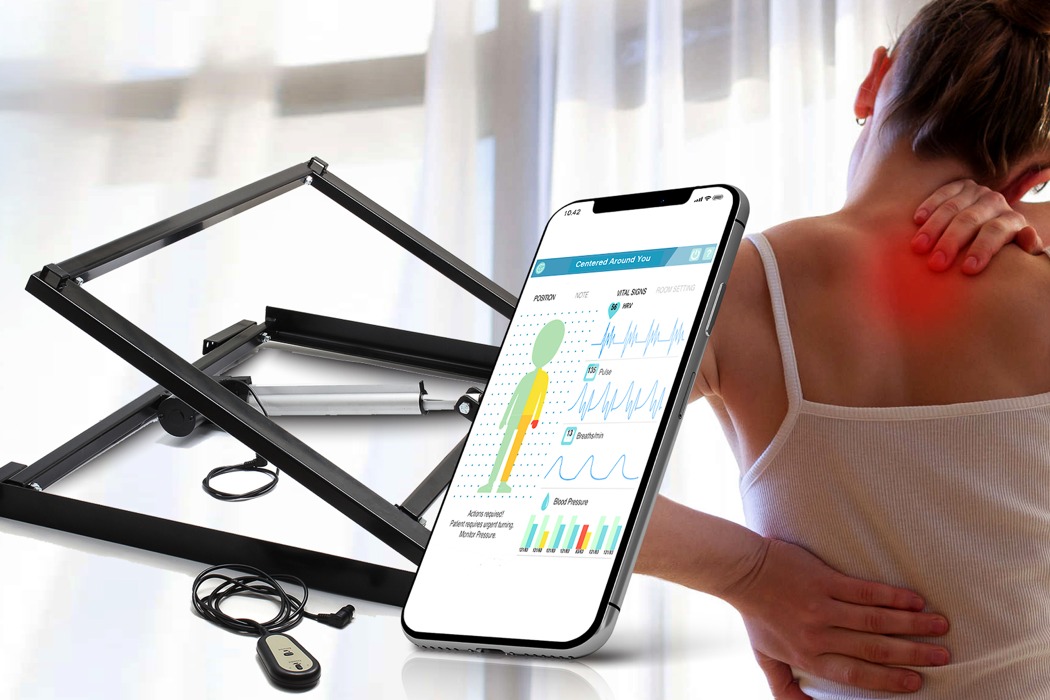
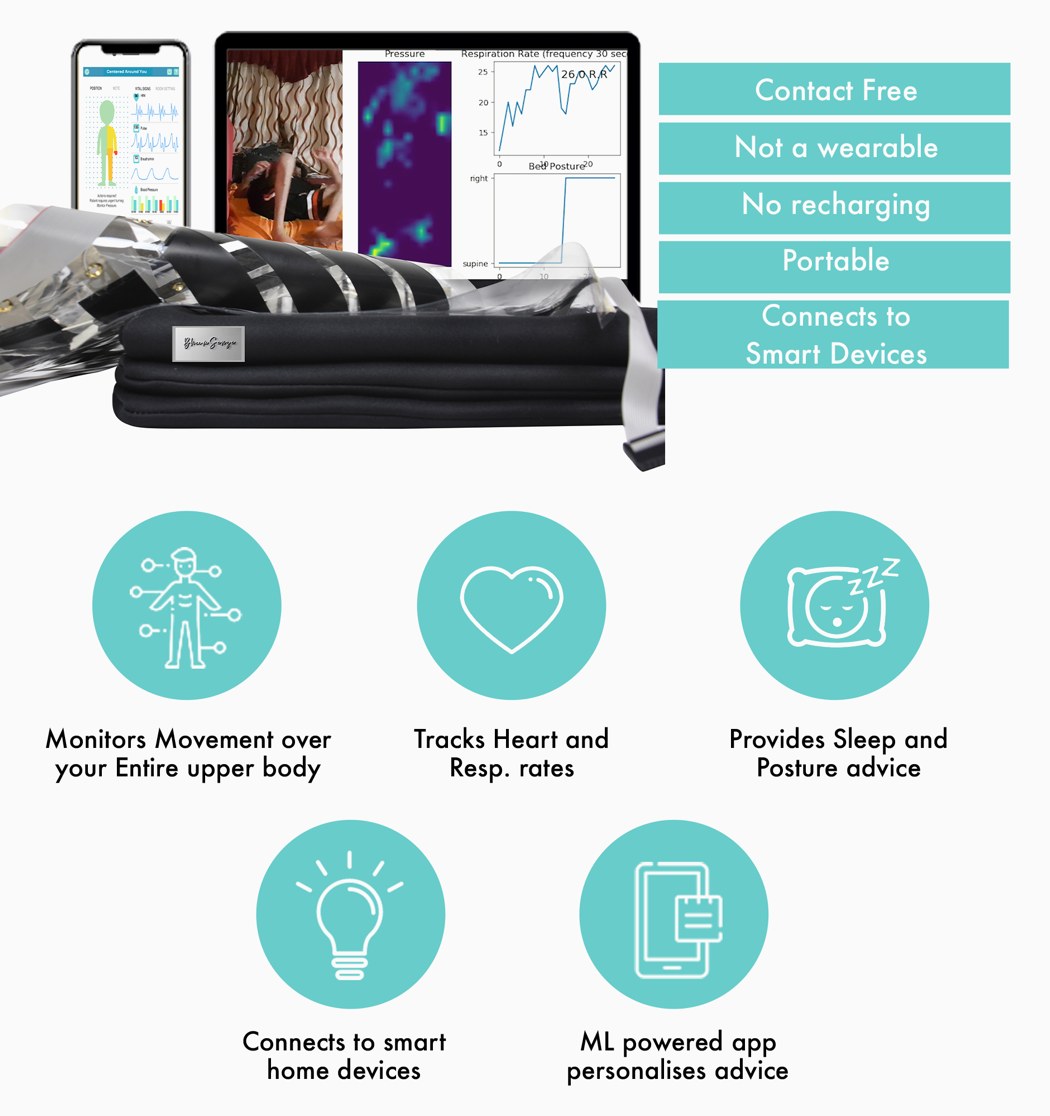
Designed by a former cancer patient, the BheemUP aims at transforming the bed into a hospital bed alternative – one that people can afford, and one that doesn’t FEEL like a hospital bed. The BheemUP is a two-part design that not only turns your regular bed into an automatic recliner but also senses and tracks your sleep, posture, and vitals while you’re in bed. Perfect for people with medical concerns, or just people who are looking to upgrade how they sleep and wake up, the BheemUP makes your bed smarter, safer, and more comfortable too. The BheemUP is complemented by the BheemSense Lite, a provisionally patented sensor mat that’s the first to track movement, heart, and breath rates in bed, contact-free. The mat, which sits right underneath your bedsheet, helps track your posture, your sleep quality, and even your heart rate, creating a holistic diagram of health while you’re in bed, and uses machine learning to provide personalized insights. Using a combination of Bheem’s patent-pending, in-house stretch fabrics, and proprietary algorithms, the mat monitors vitals and movement over your ENTIRE upper body, sending the data to their App, which helps track and improve posture, health, and sleep quality.
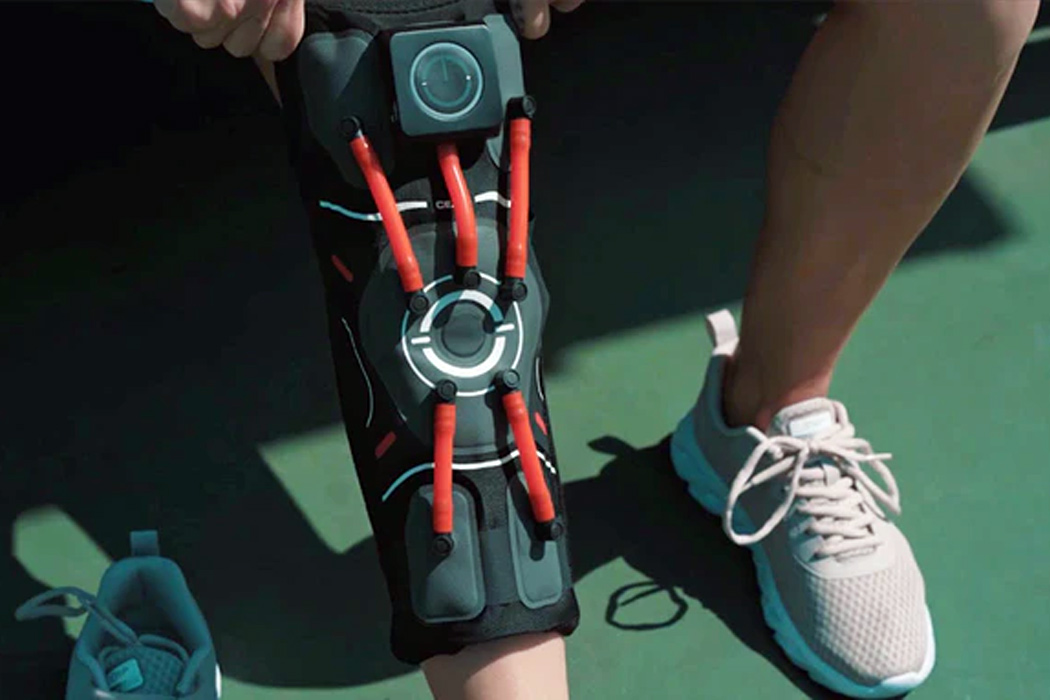
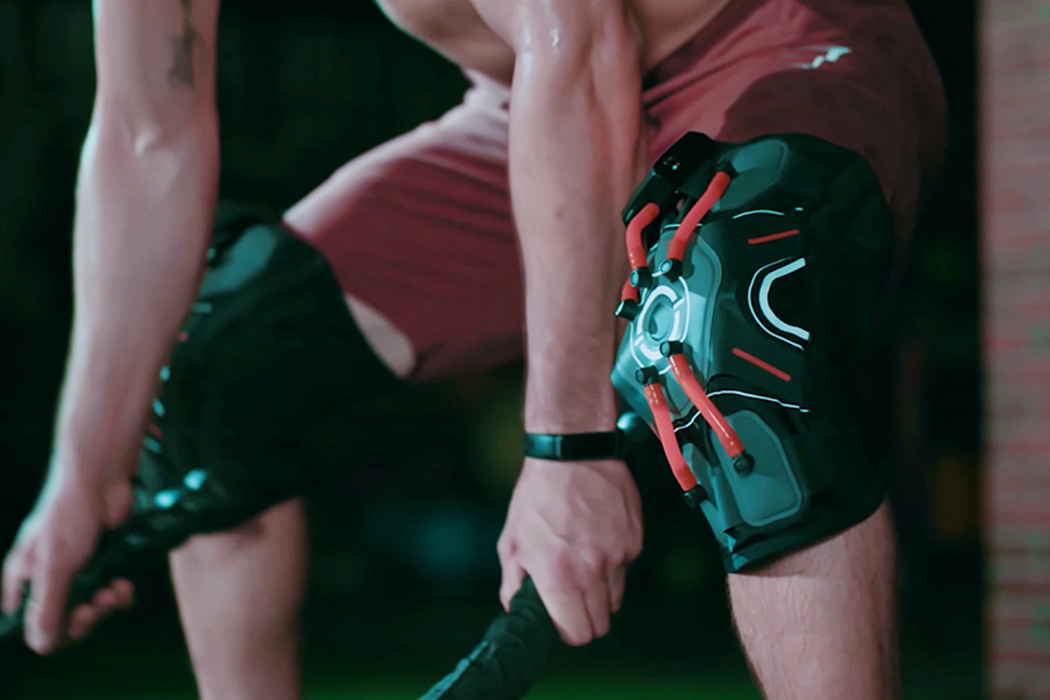
Conceived by a self-proclaimed “group of sporty geeks who are dedicated to exoskeleton technology and addicted to robots and Cyberpunk,” E-Knee was created by C-Exoskeleton upon realizing that most knee braces in circulation today do not incorporate auto-adjustments or auto-binding, instead, the elastic knee braces wrap knees either too loosely or too tightly. Designed in the image of Cyberpunk, E-Knee’s support elements, such as gyroscope and airbags, remained exposed and exaggerated with colorful displays. Offering real-time support, each component of E-Knee works to register when and where support is needed and decipher how best to deliver that support.
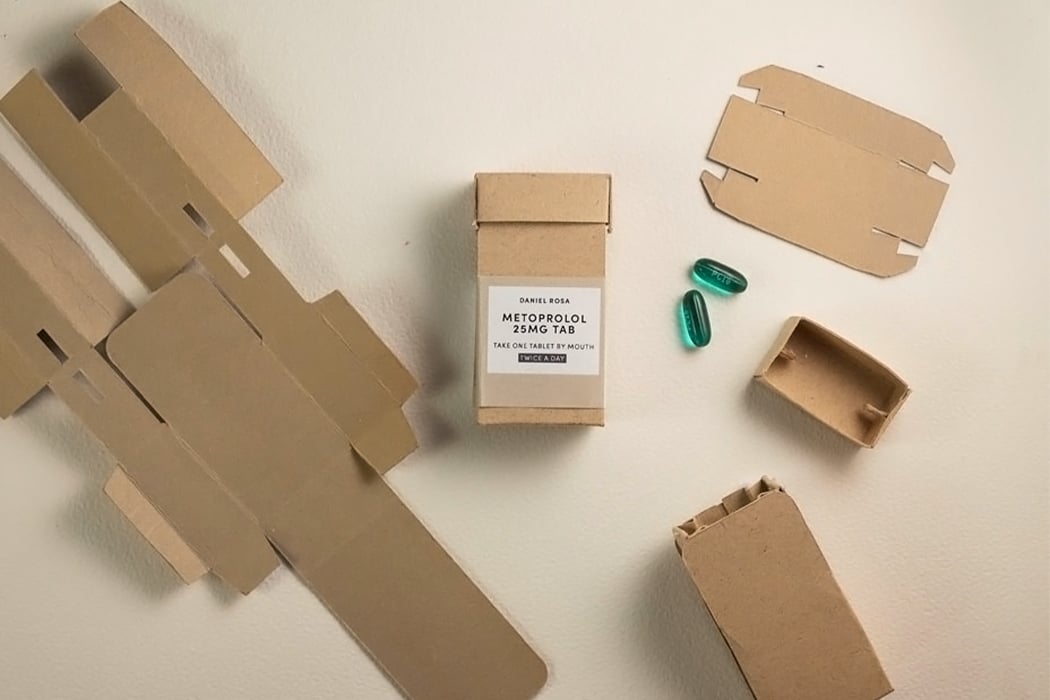
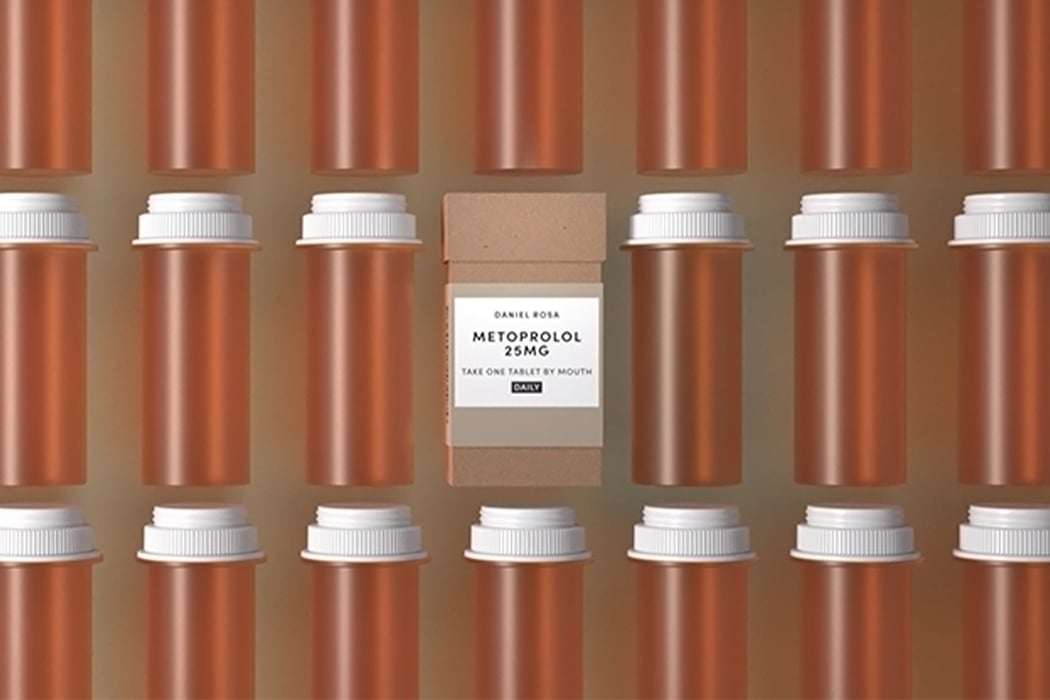
“The Prescription Paper Pill Bottle, a first of its kind, is 100% compostable and biodegradable. Its open-source design adheres to FDA regulations for durability, light, water, and child resistance. It’s available to any pharmacy for filling prescription tablets and capsules. Once used then emptied, the paper bottle can be tossed into any compostable bin with its Rx label to decompose and be reused as fertilizer to safely replenish the soil in fields, gardens, and landscapes,” says the team. Tikkun Olam Makers made it an open-source design which means anyone anywhere in the world can use their method and make their own paper pill bottles by downloading the .stl file that contains the attendant images and assembly instructions.
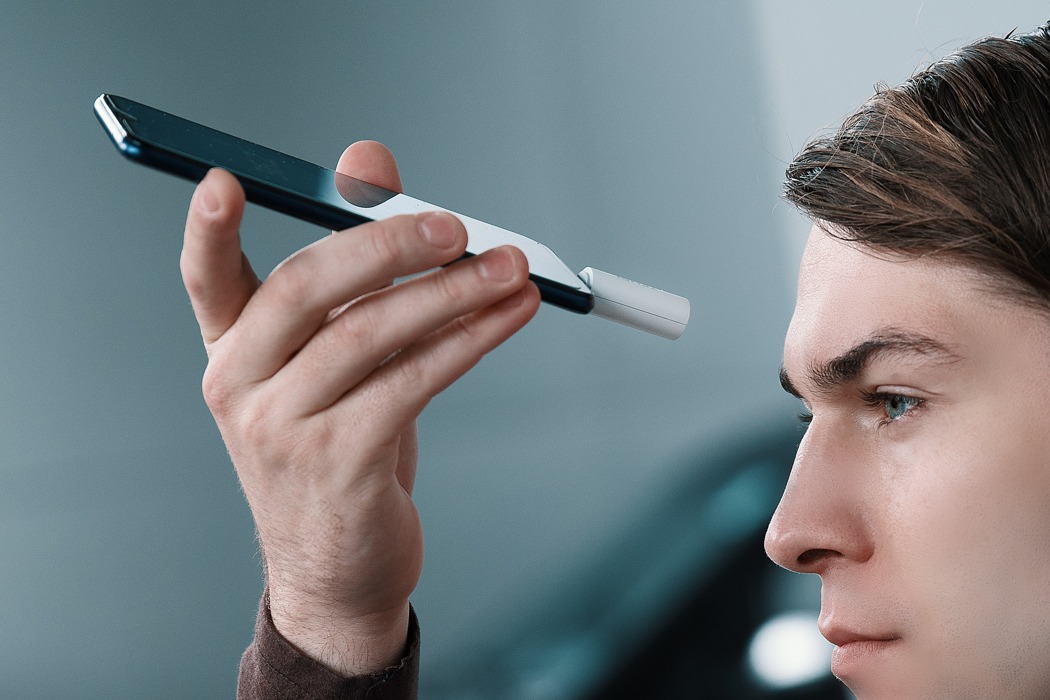

The TEMPMi isn’t a bulky gun-shaped thermometer or a fragile mercury-filled glass thermometer. It’s a tiny, battery-sized device that weighs a mere 8 grams (as much as a key) and is designed to be the kind of thermometer you carry around with you as EDC. It uses a thermopile and infrared sensor to accurately gauge temperatures without contact, working just like a contactless thermometer-gun would, but at a mere fraction of the size. The TEMPMi’s compact size isn’t just another feature, it actually allows the device to be smart too. It comes without a battery or display and operates by plugging into your smartphone. This enables the TEMPMi device to record your readings for you, turning the thermometer into a smart one. All temperature readings are displayed on your smartphone screen in a legible font and in the unit of your choice.
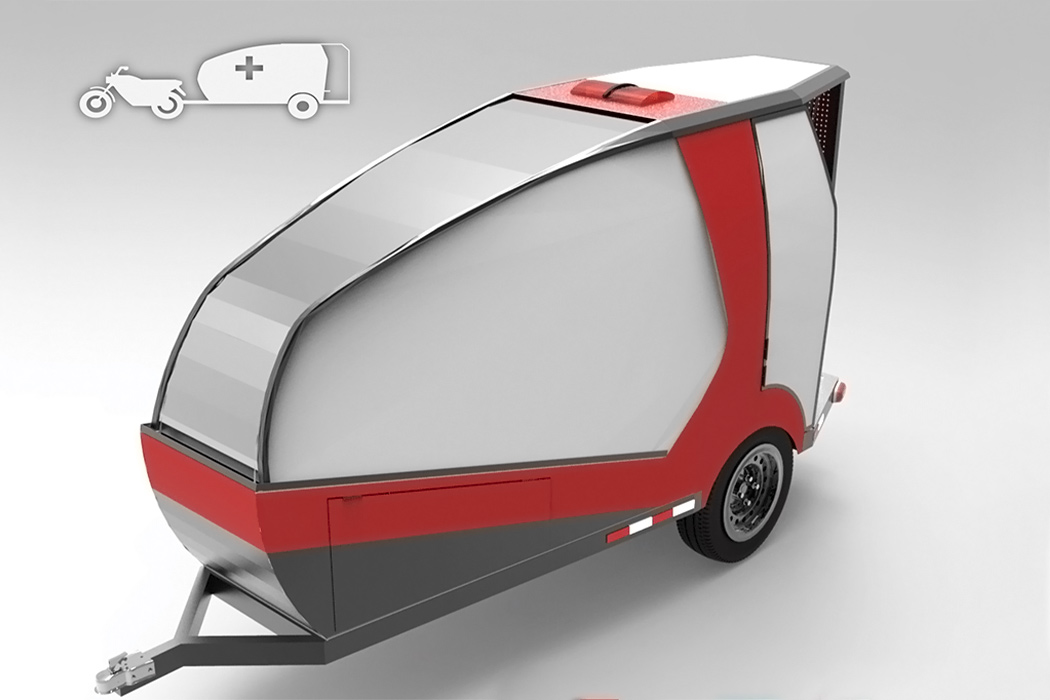
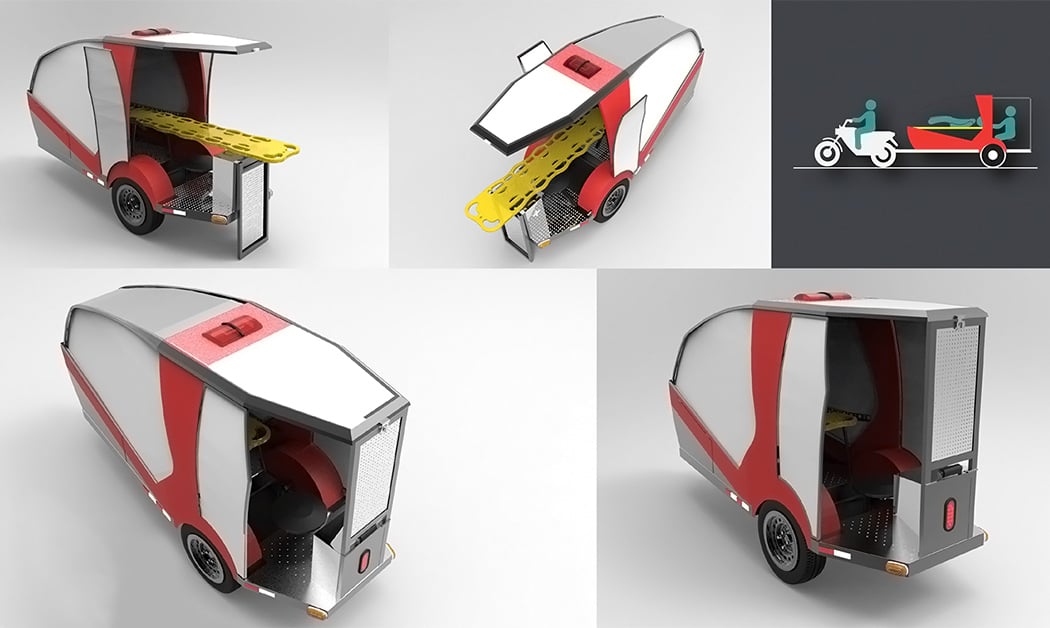
The conceptual Neura project focuses on solving two issues with one product – an ambulance attachment assembled quickly for a bike to navigate dense cities easily. Neura’s intention is to get the patient to the medical facilities faster and because of how fast it can be made, it is a gift when resources are short. The form is built like a two-wheeled wagon that can be attached to a vehicle. The Neura ambulance has one stretcher for the patient and a seating place for one paramedic. It is 3.1 meters long and has been designed to be light in weight by using minimal parts. It can reach remote parts where the lanes are narrow and can conserve the use of the traditional, more well-equipped ambulances for critical patients. In countries like India, the Neura project will be very successful given the dense traffic at any given point of the day will still allow a bike to slip out to the hospital easier than a van.
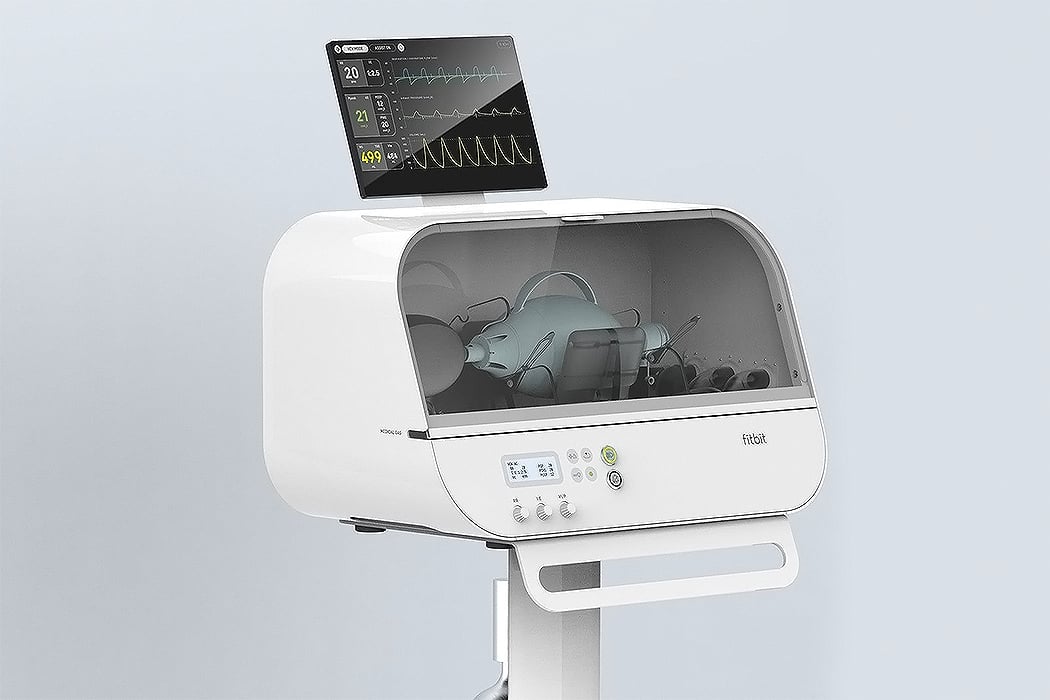
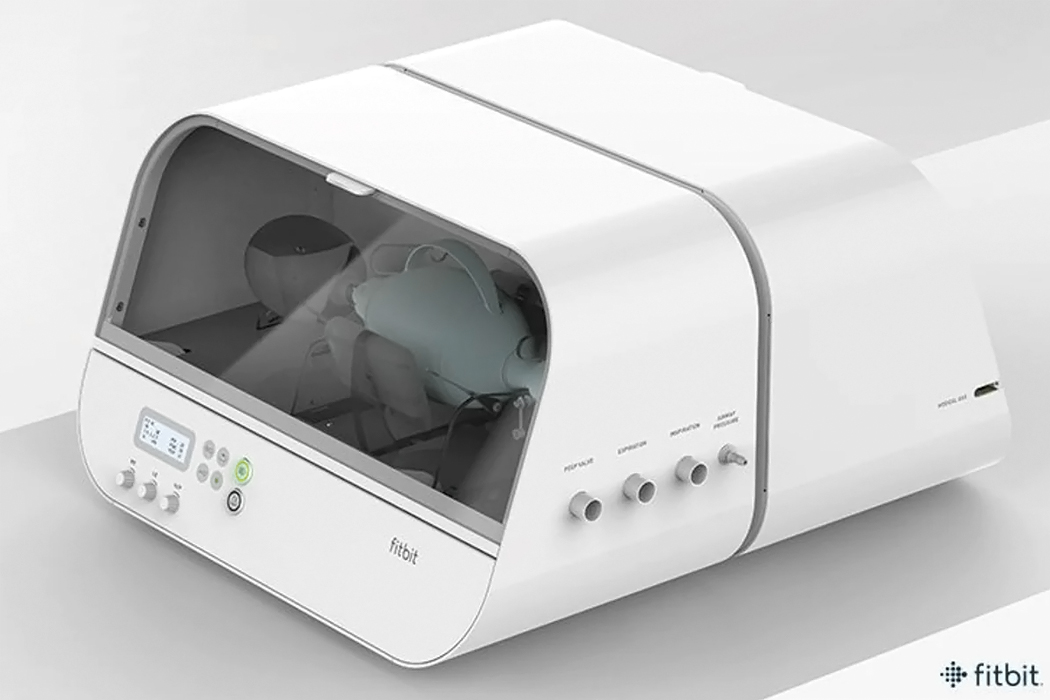
Fitbit, a company that was already leading the game in monitoring body activity, has taken its tagline of ‘every beat counts’ to a whole new level by designing portable ventilators to fight the crisis. The Fitbit ventilator is called Flow and has already received emergency clearance from the FDA which means they can start working on the production process. Be it a 3D-printed ventilator or the one that costs $40,000, they have the same job – pump oxygen into the patient’s lungs and reduce the respiratory distress. Fitbit is a trusted personal gadget that we all use to monitor our health and wellness, so the team used their existing body sensors and put them to work in a product designed to function as a portable ventilator. The resuscitator bags that paramedics use is placed inside a clear case so the health professionals can monitor and operate them from a safe distance if needed.
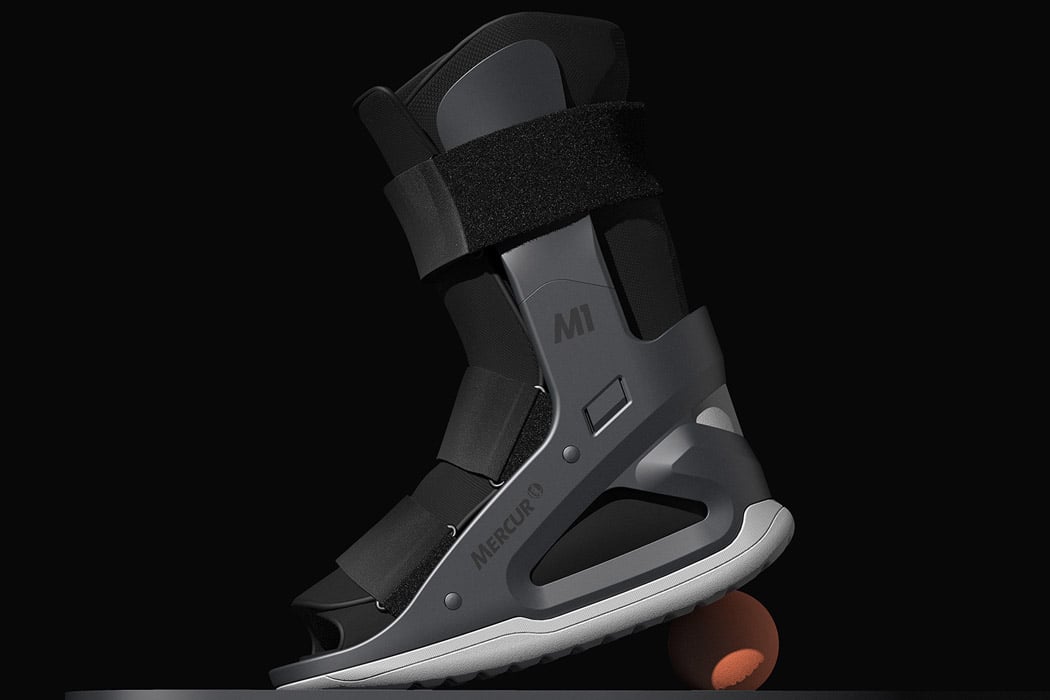
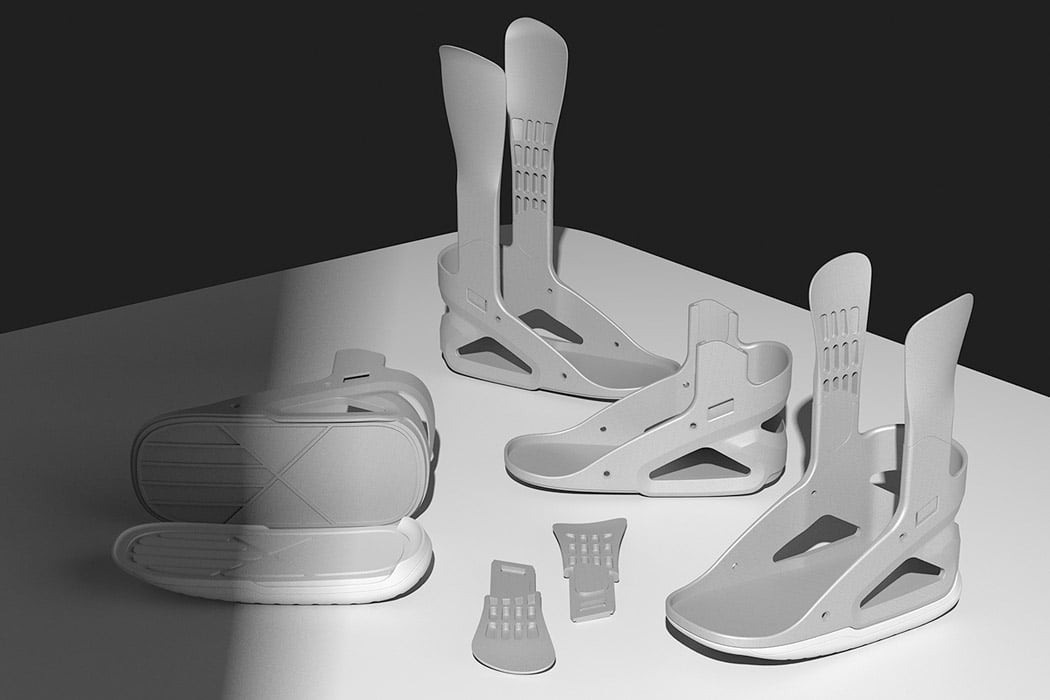
The design studio Valkiria has put a lot of time and research into creating the blueprint, and final product of the Mercur Immobilizer Boot M1 leg braces with consultation from existing users of other such braces and health experts who conveyed the problem and the intended solution they would want. In the end, Valkiria managed to come up with a product that is safe, stays consistent in its shape with use, and intended for long-term usage if the rehabilitation period is extended. The form and function of the Boot M1 facilitate the user with both feet fit as it is bilateral – in both longer and shorter versions depending on the need. Also, there are the anatomical plastic nails that reduce the pressure on the calf, and for easy opening and closing, there is the Velcro fastening system. To address the smelling issue, the design studio chooses a breathable material to annihilate the growth of bacteria and keep the heat down.
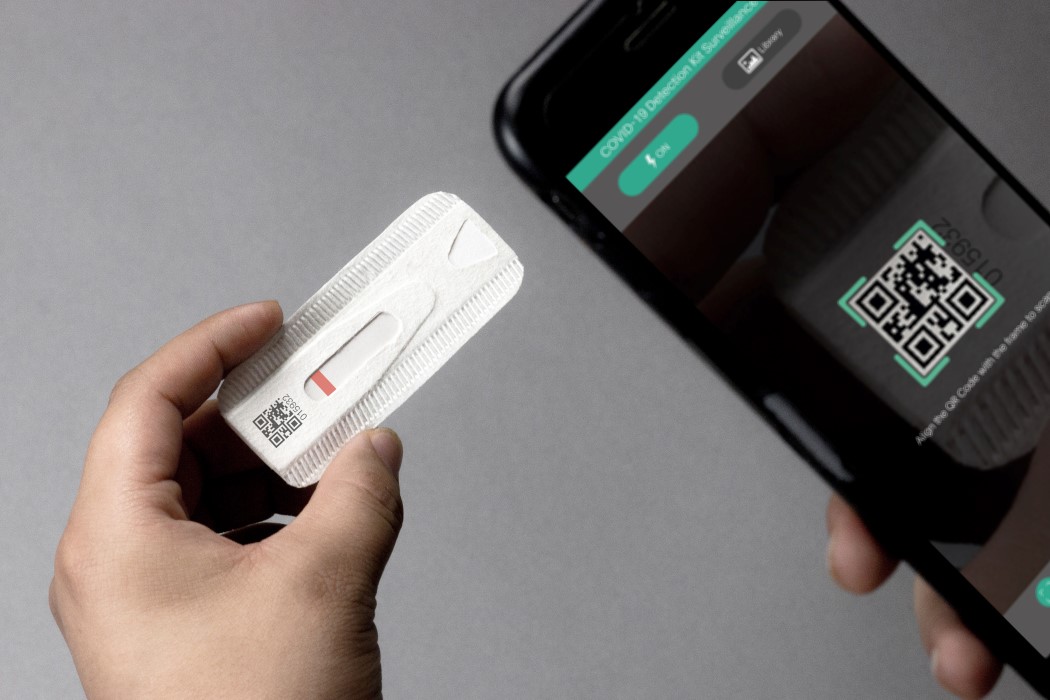
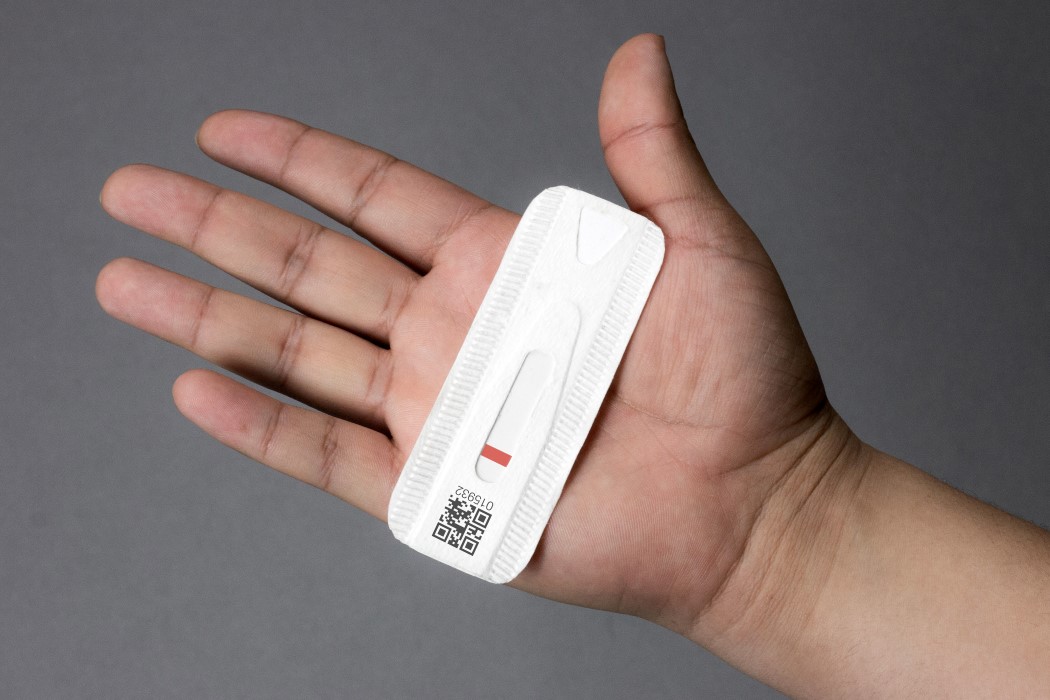
Fernando Sánchez from Tecnológico de Monterrey in Mexico proposes a solution to this rising waste problem with his Biodegradable Medical Test kit. Made entirely from plant-based materials that can easily biodegrade into soil, these kits help ramp up testing without leaving a massive ecological footprint behind. “Each test is made of cellulose and contains no plastic, fiberglass, or nitrocellulose, elements found in almost all single-use diagnostics. It can be disintegrated in wastewater and is safe for most plumbing systems, even those with septic systems. The test can biodegrade in the soil in less than 10 weeks, just like a banana peel”, says Fernando, who designed the Biodegradable Testing Kit as his final-year project. The kit consists of a nanoparticle-based immunochromatographic test that helps detect antibodies present in a blood, serum, or plasma sample. The tests are accurate and easy to read as the results display in under 8 minutes.
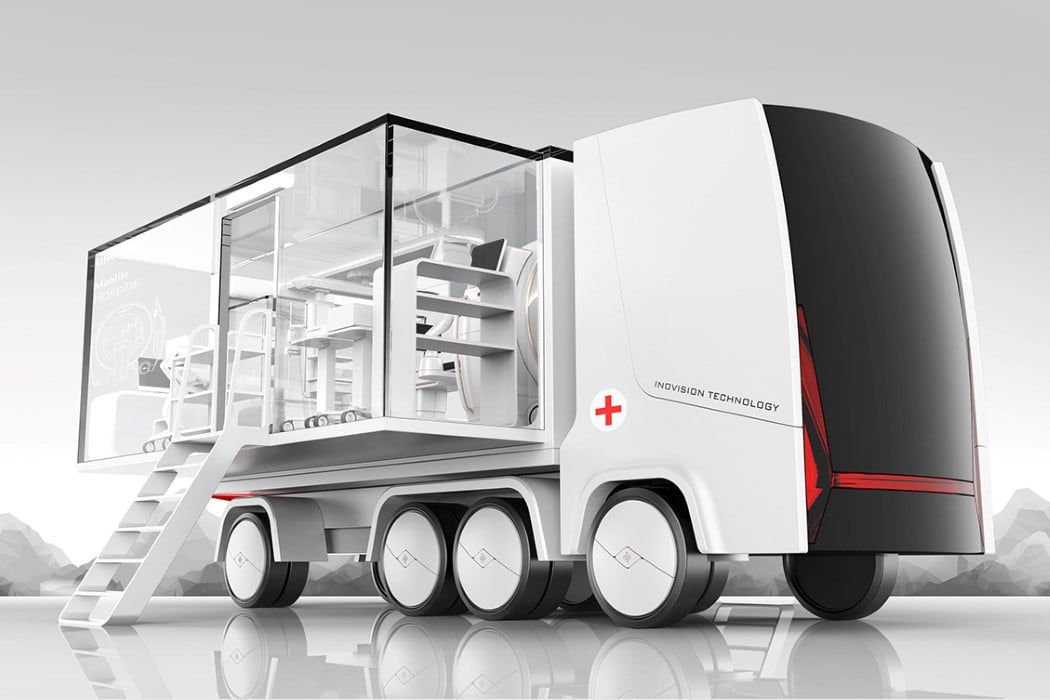
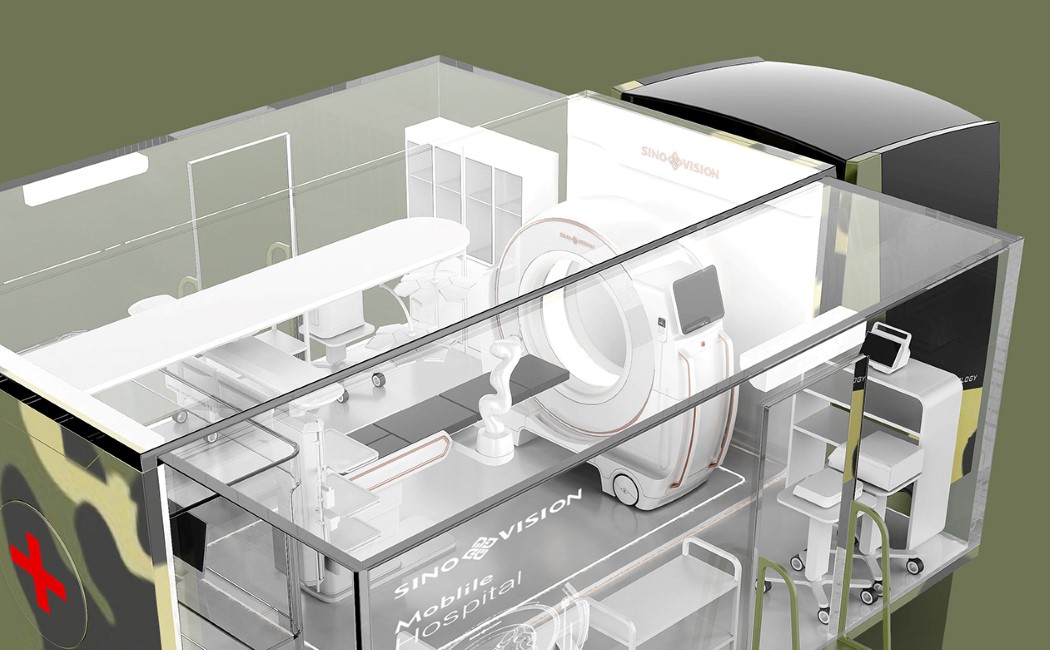
An ambulance’s role is to get patients to a hospital as fast as possible. While this system remains the current norm, it basically means ambulances need to make TWO trips to fulfill their purpose – to the patient, and to the medical facility. The Mobile Hospital halves that by directly bringing the cutting-edge facilities of the hospital directly to the patient. Designed for disaster-struck areas and war-torn regions, the Mobile Hospital is a complete diagnostics center and operation theater on wheels. The vehicle is roughly the size of a semi-truck and fits all state-of-the-art medical equipment within its rear compartment. When the hospital reaches its destination, the rear compartment expands sideways to virtually triple in size. This makes its inner cabin much more spacious, allowing the hospital to effectively and efficiently treat multiple people.

